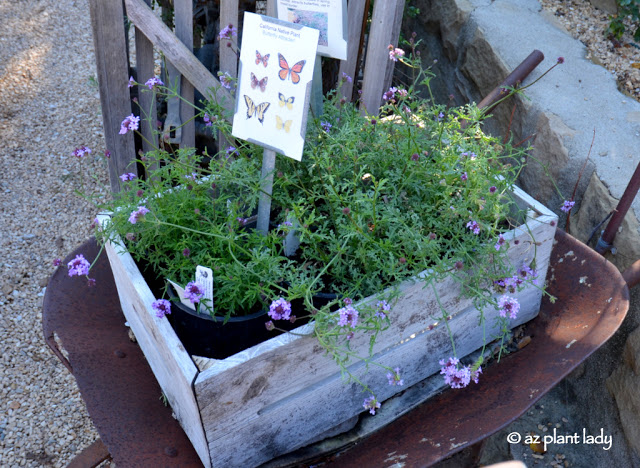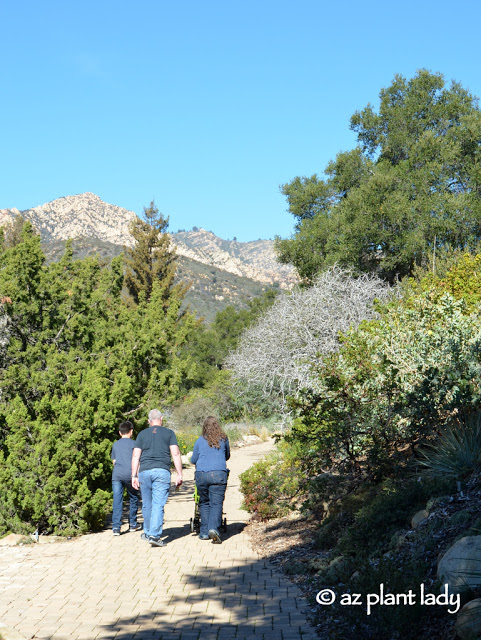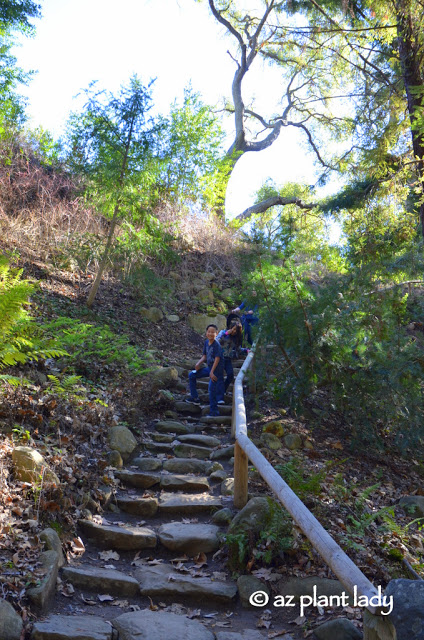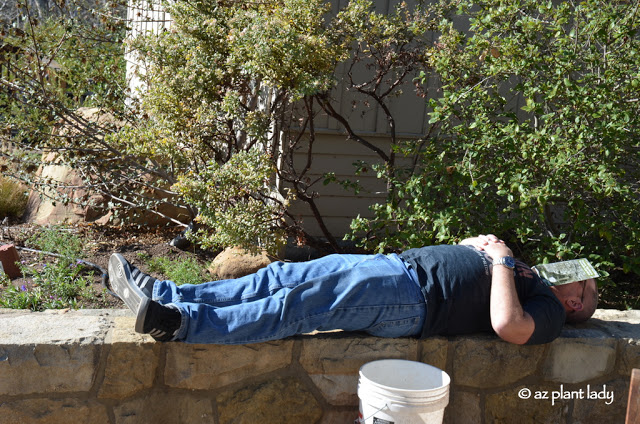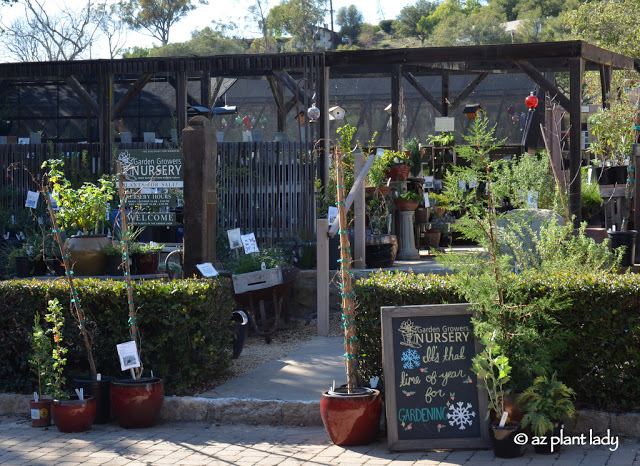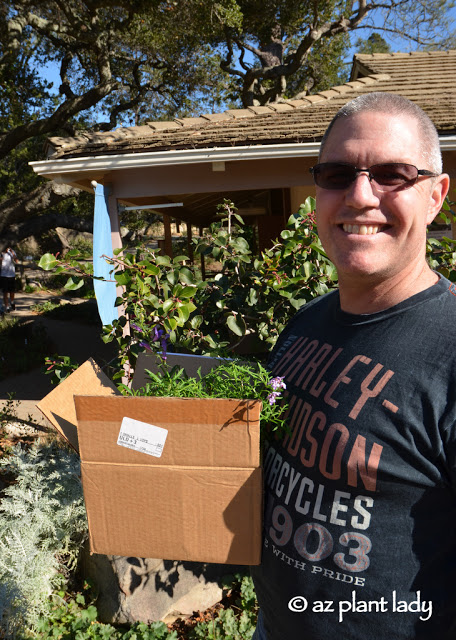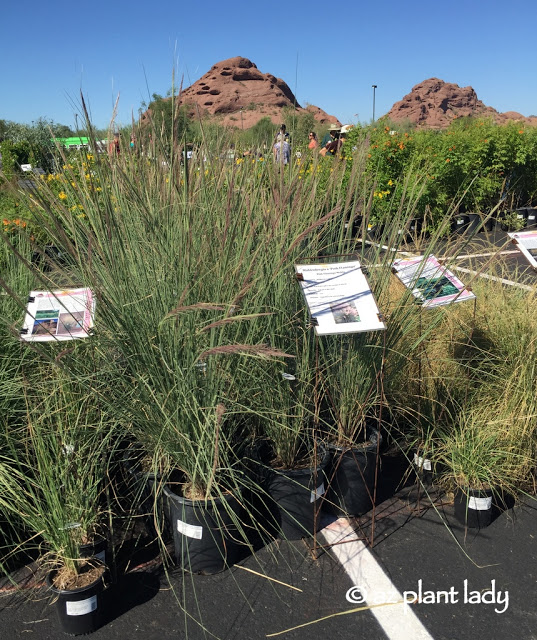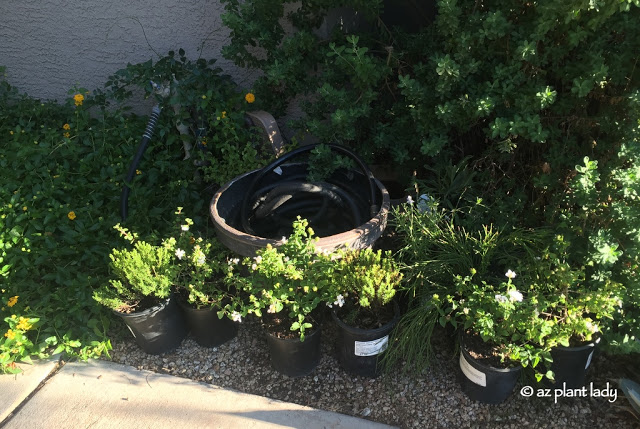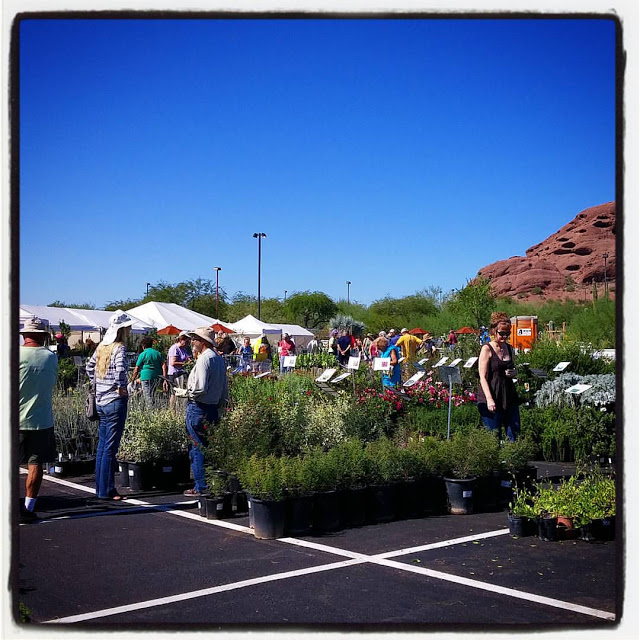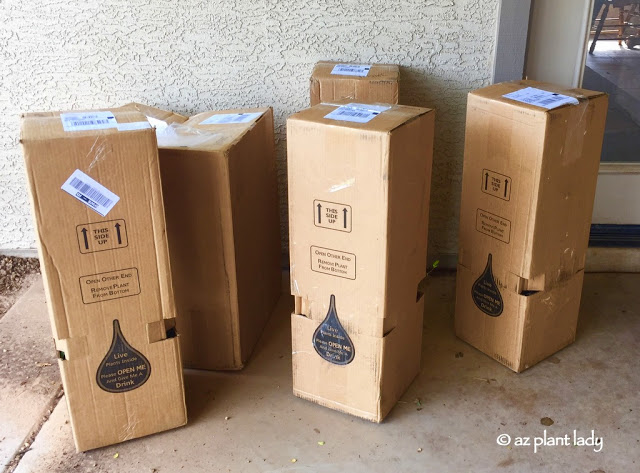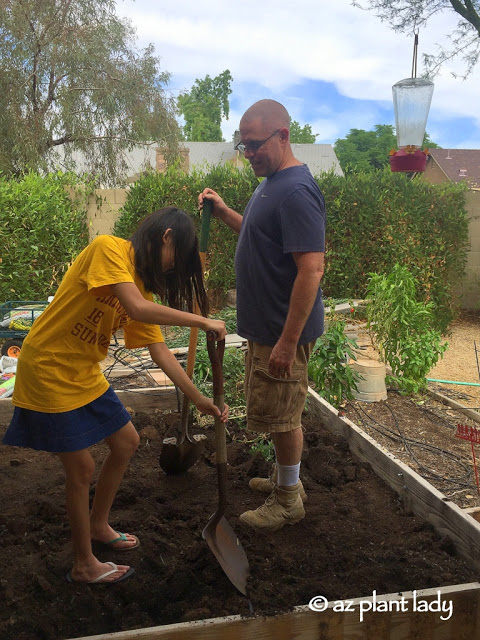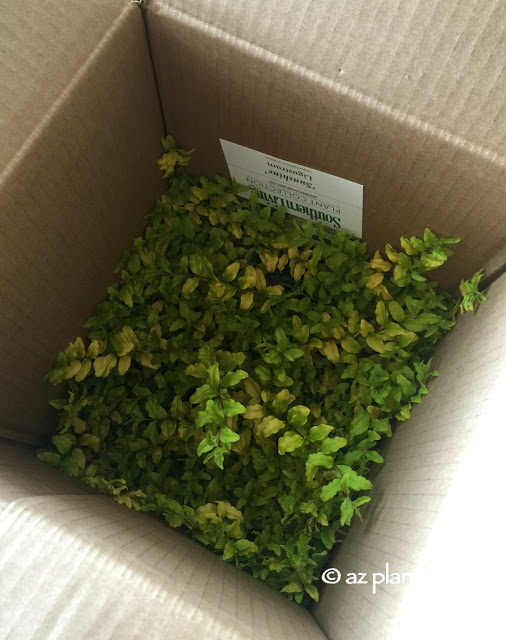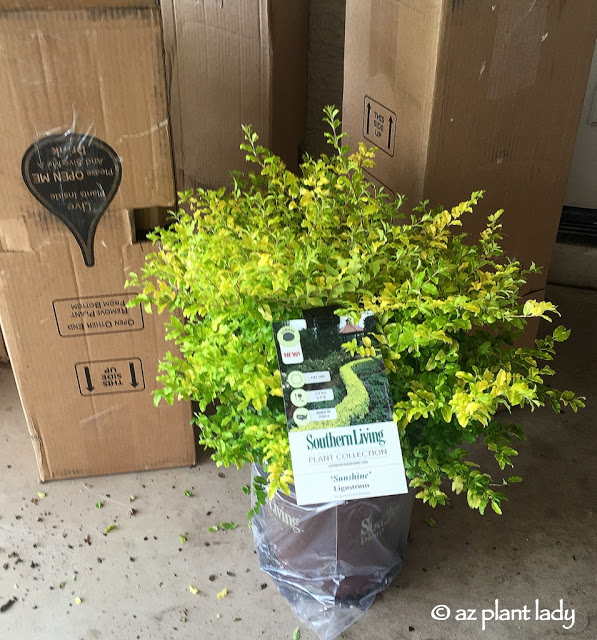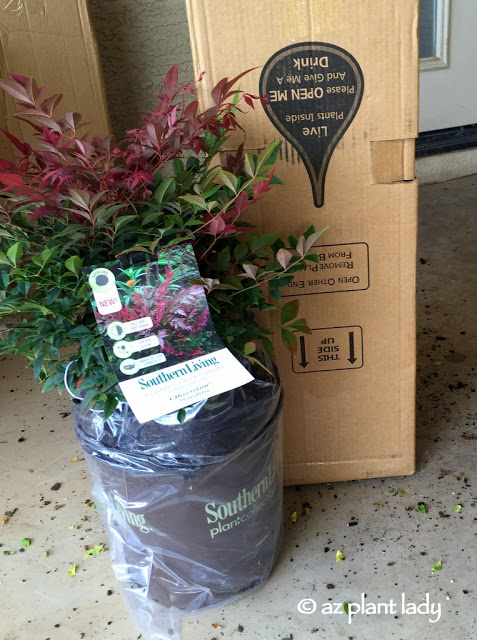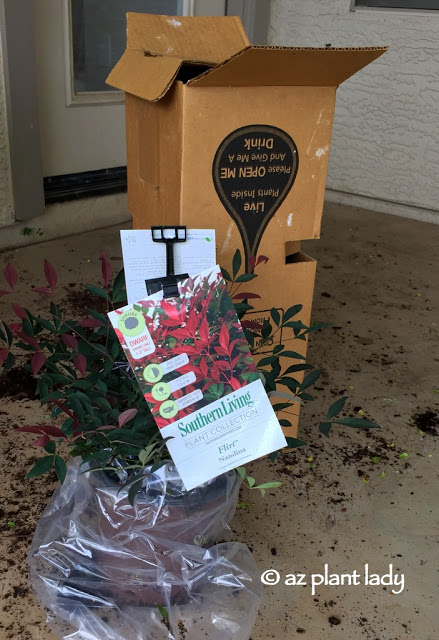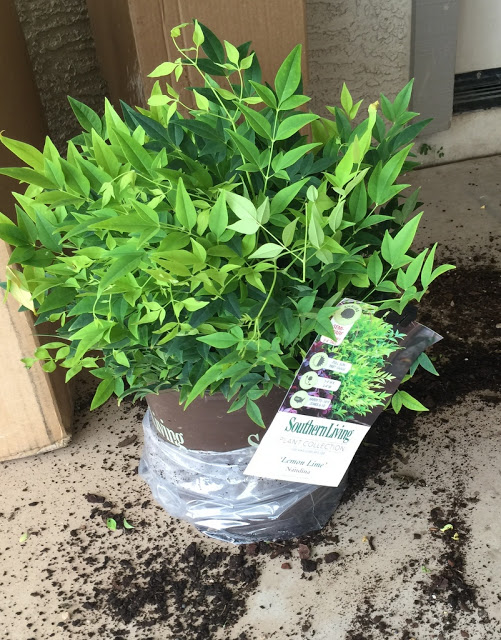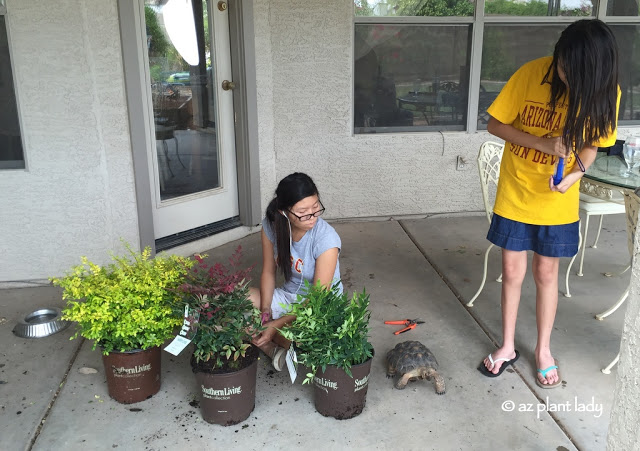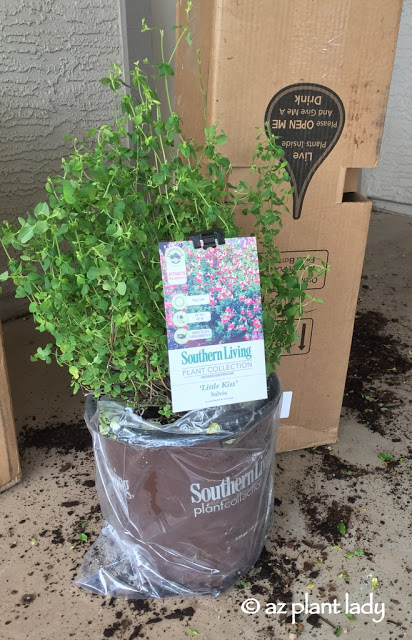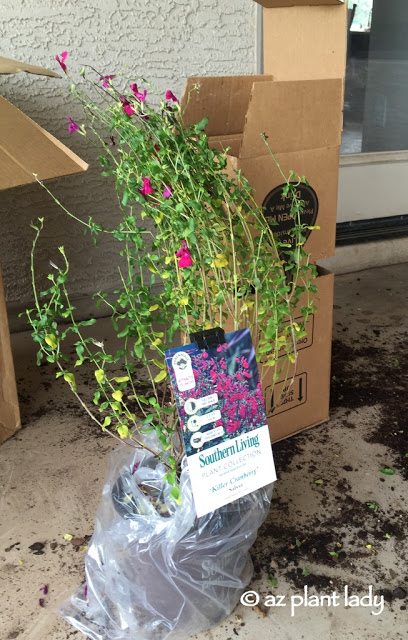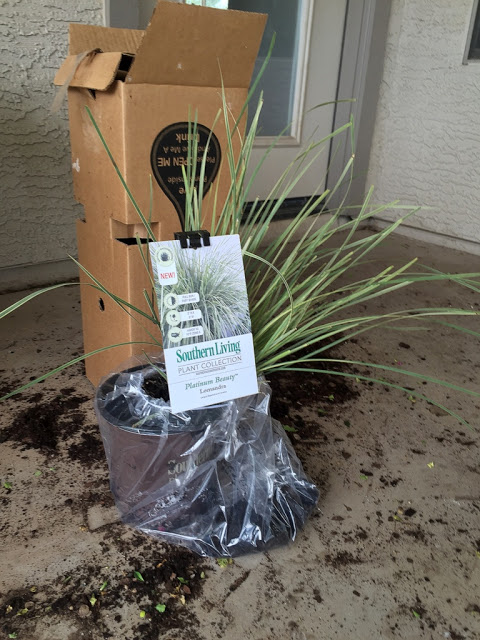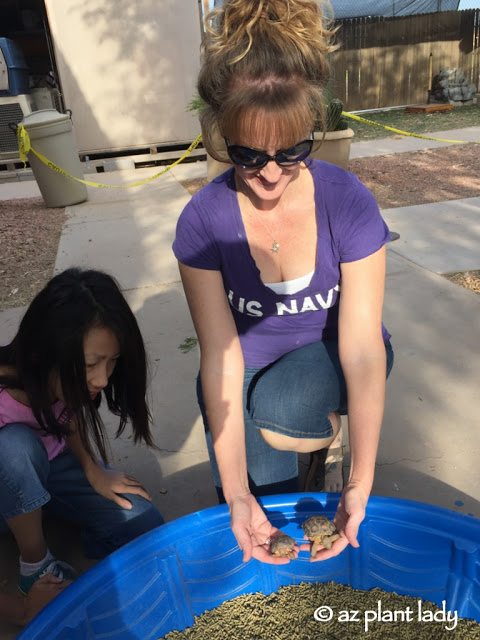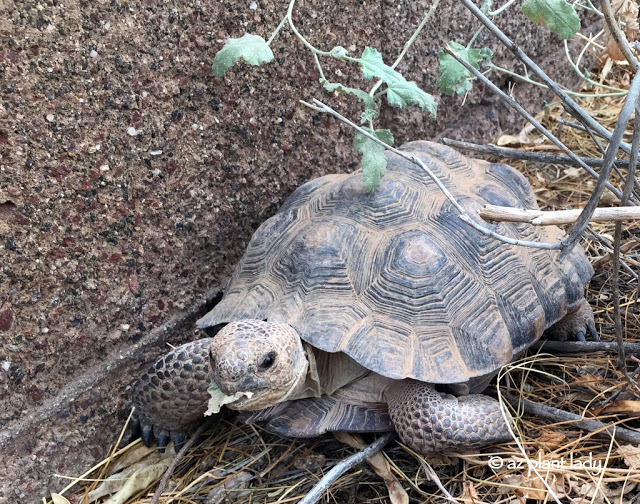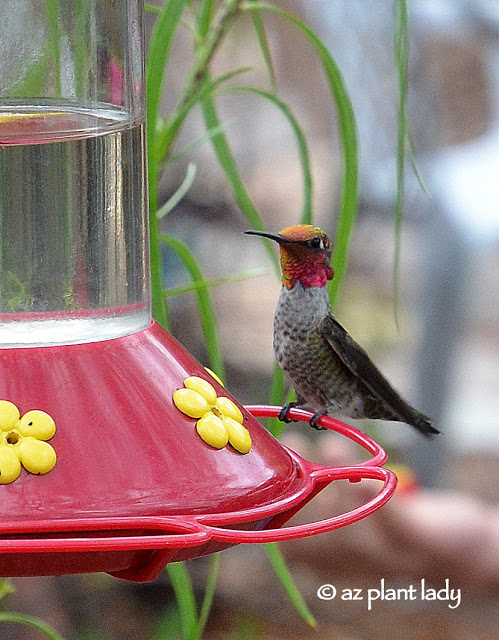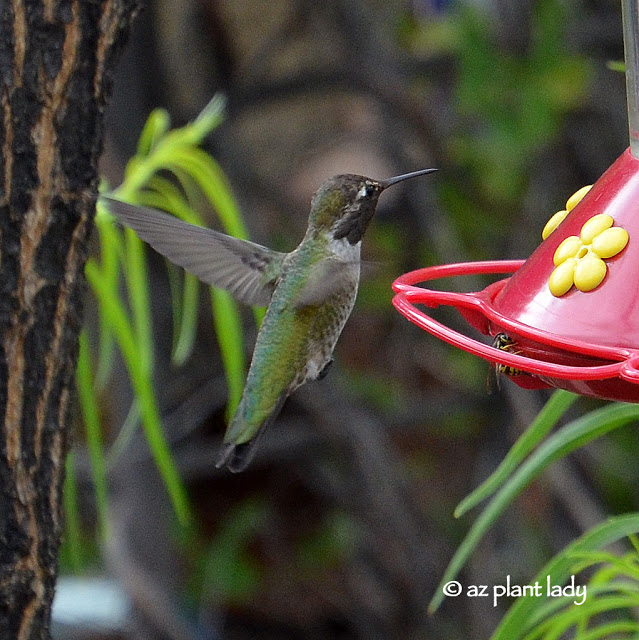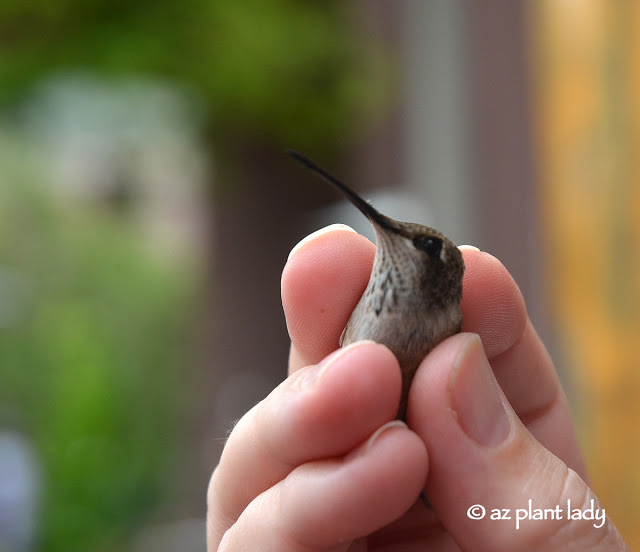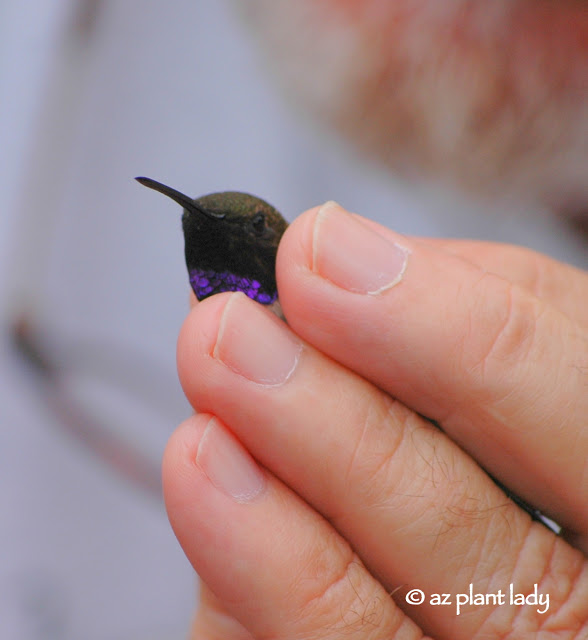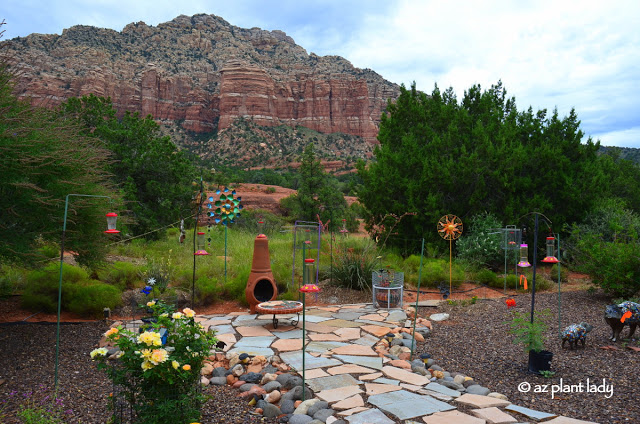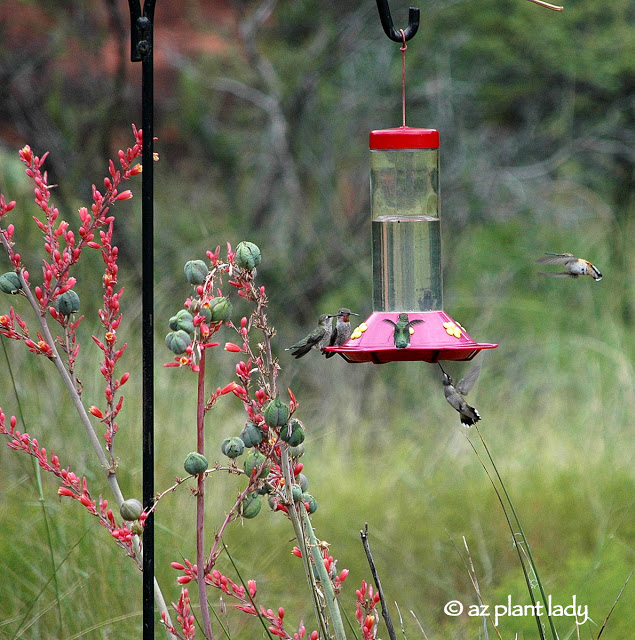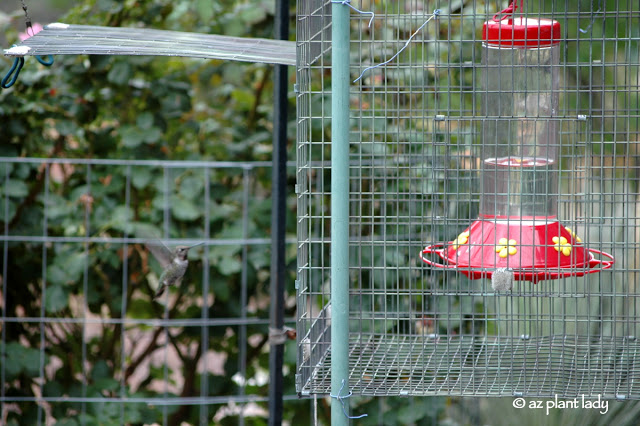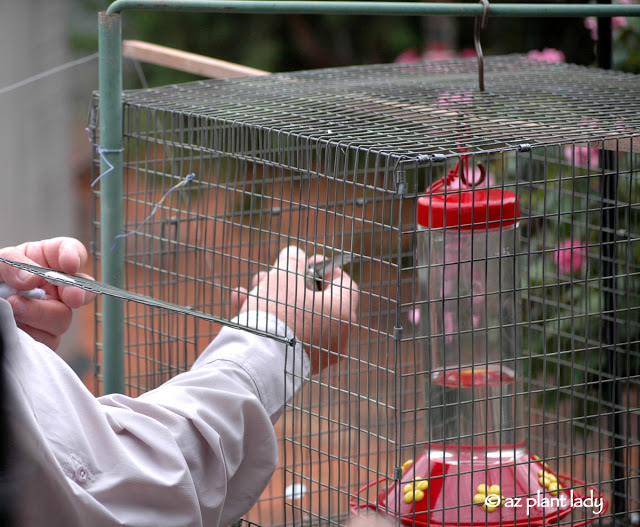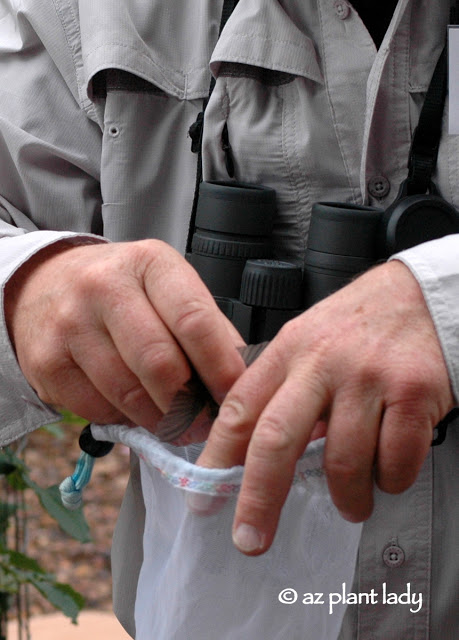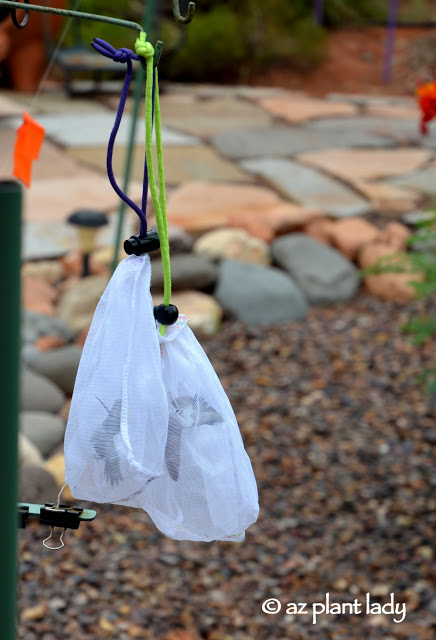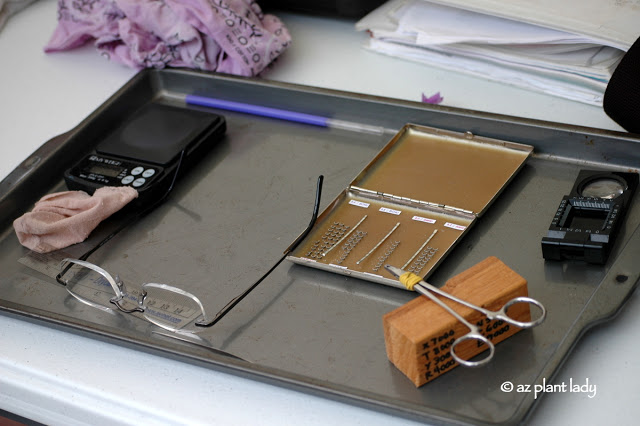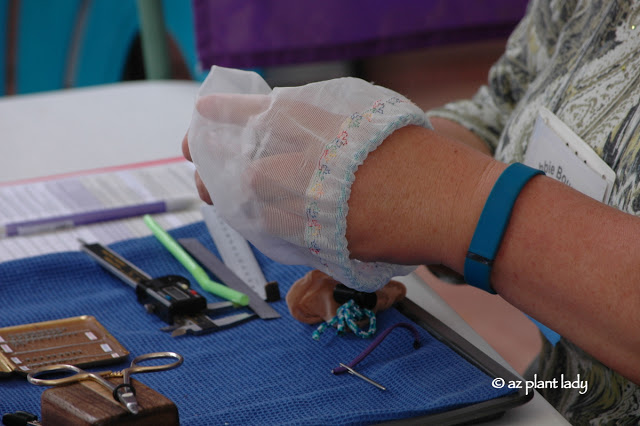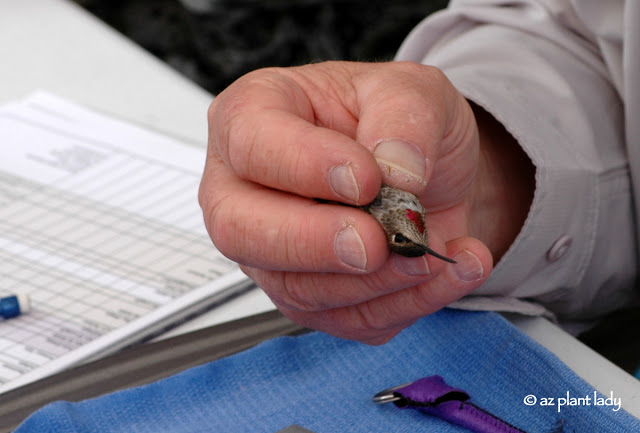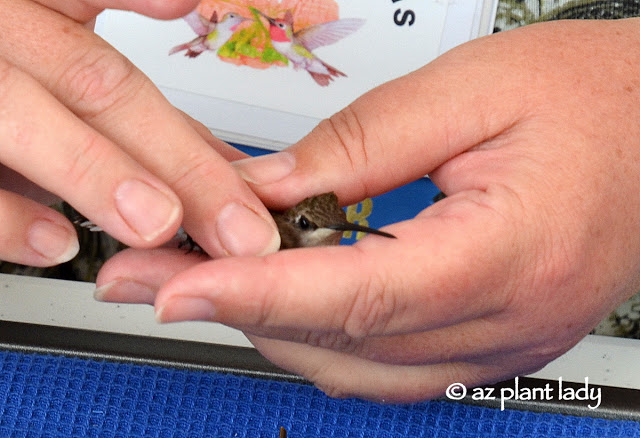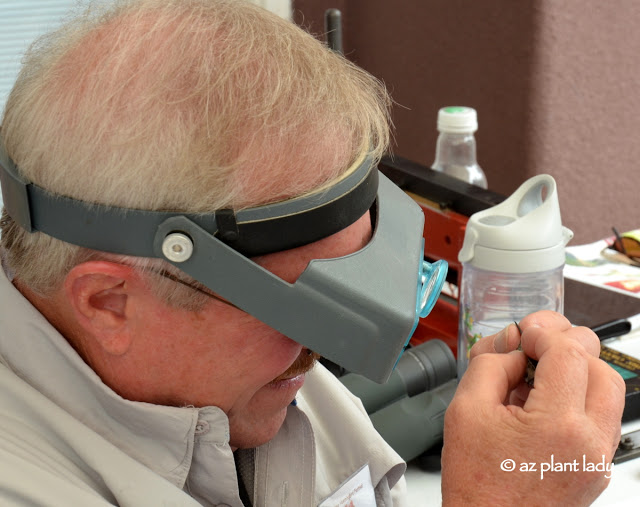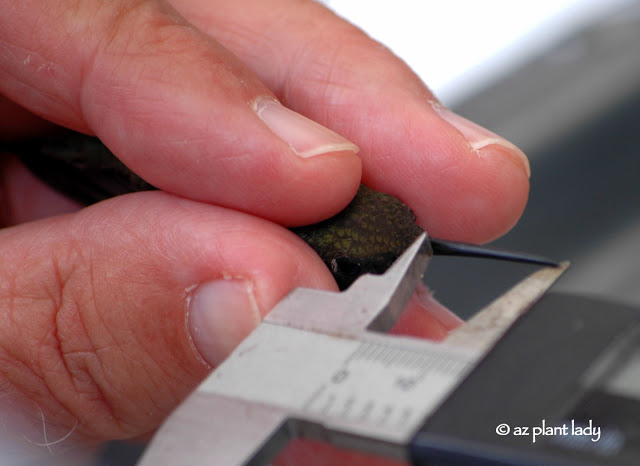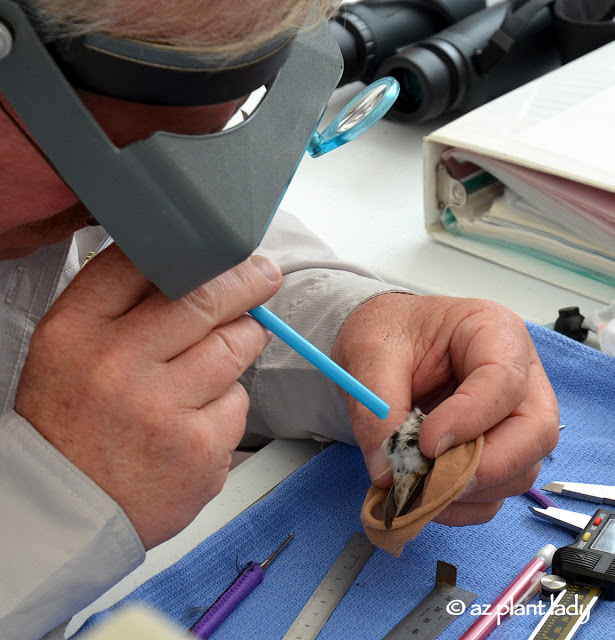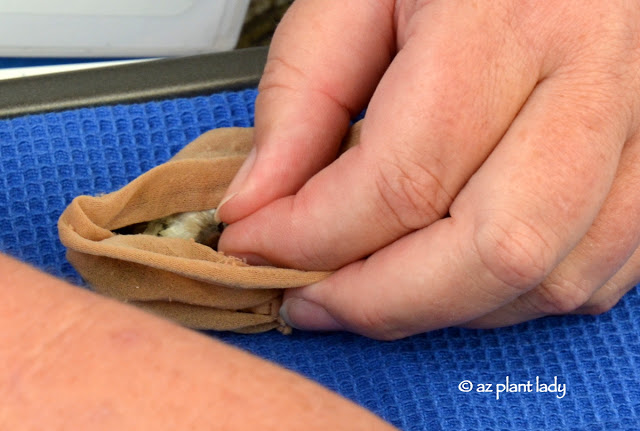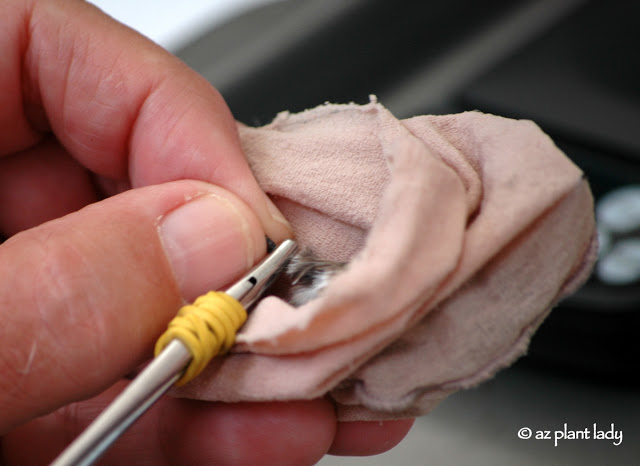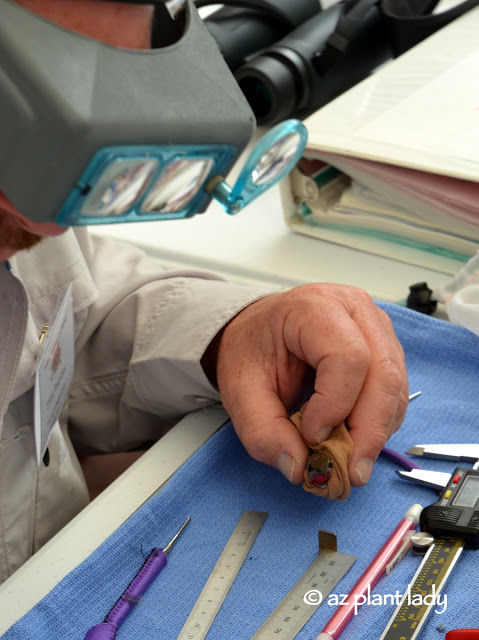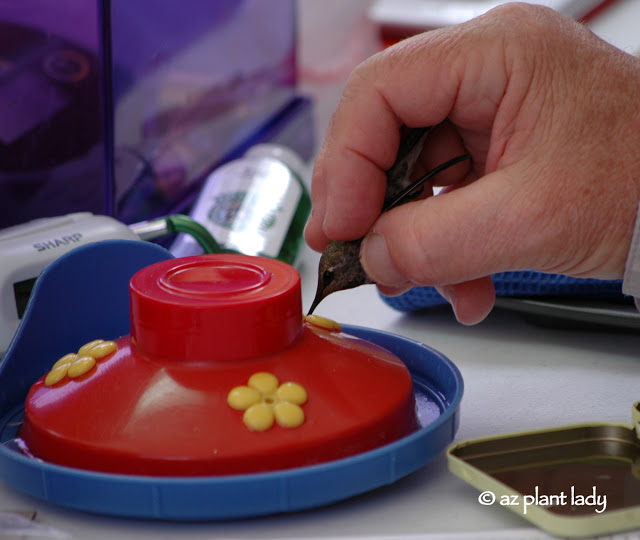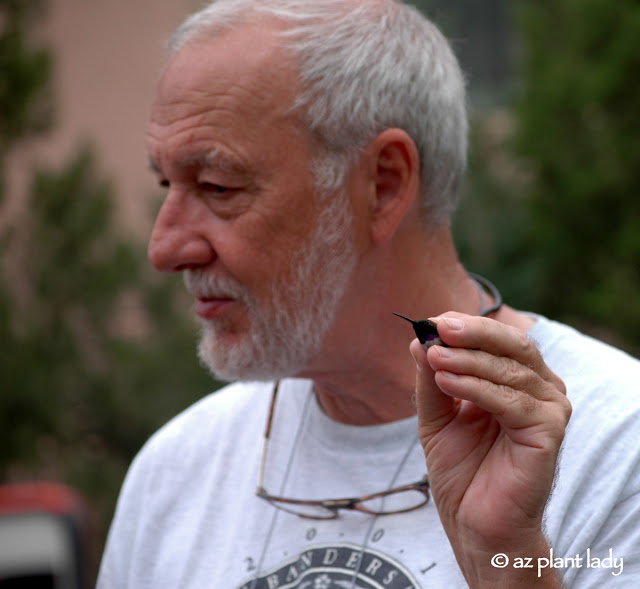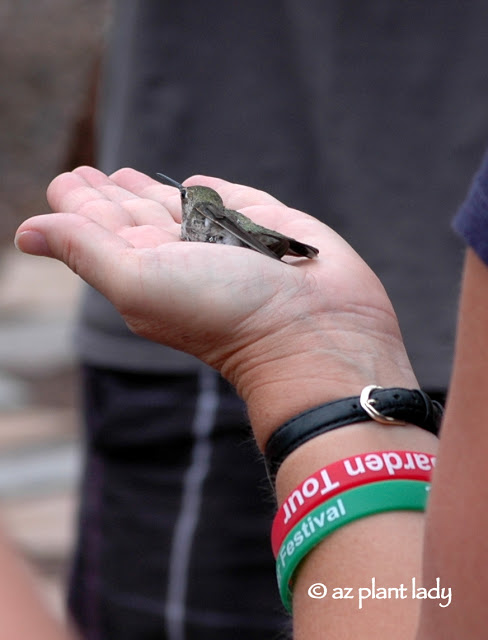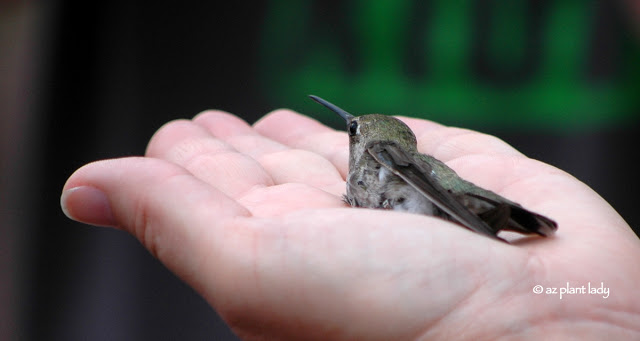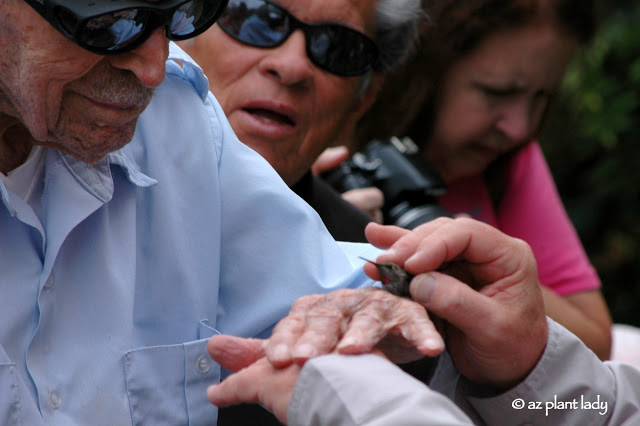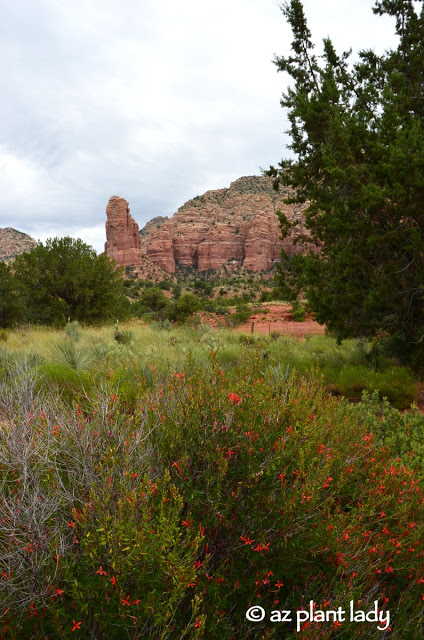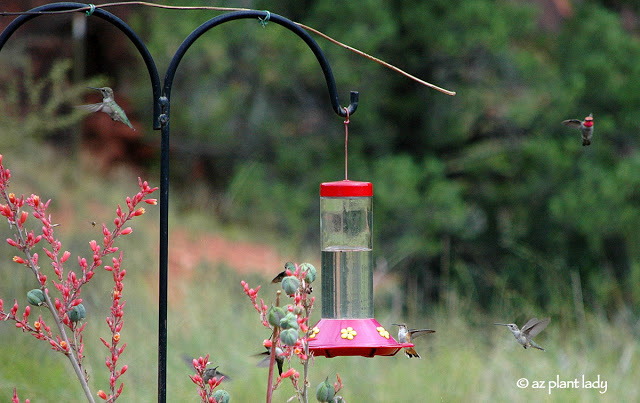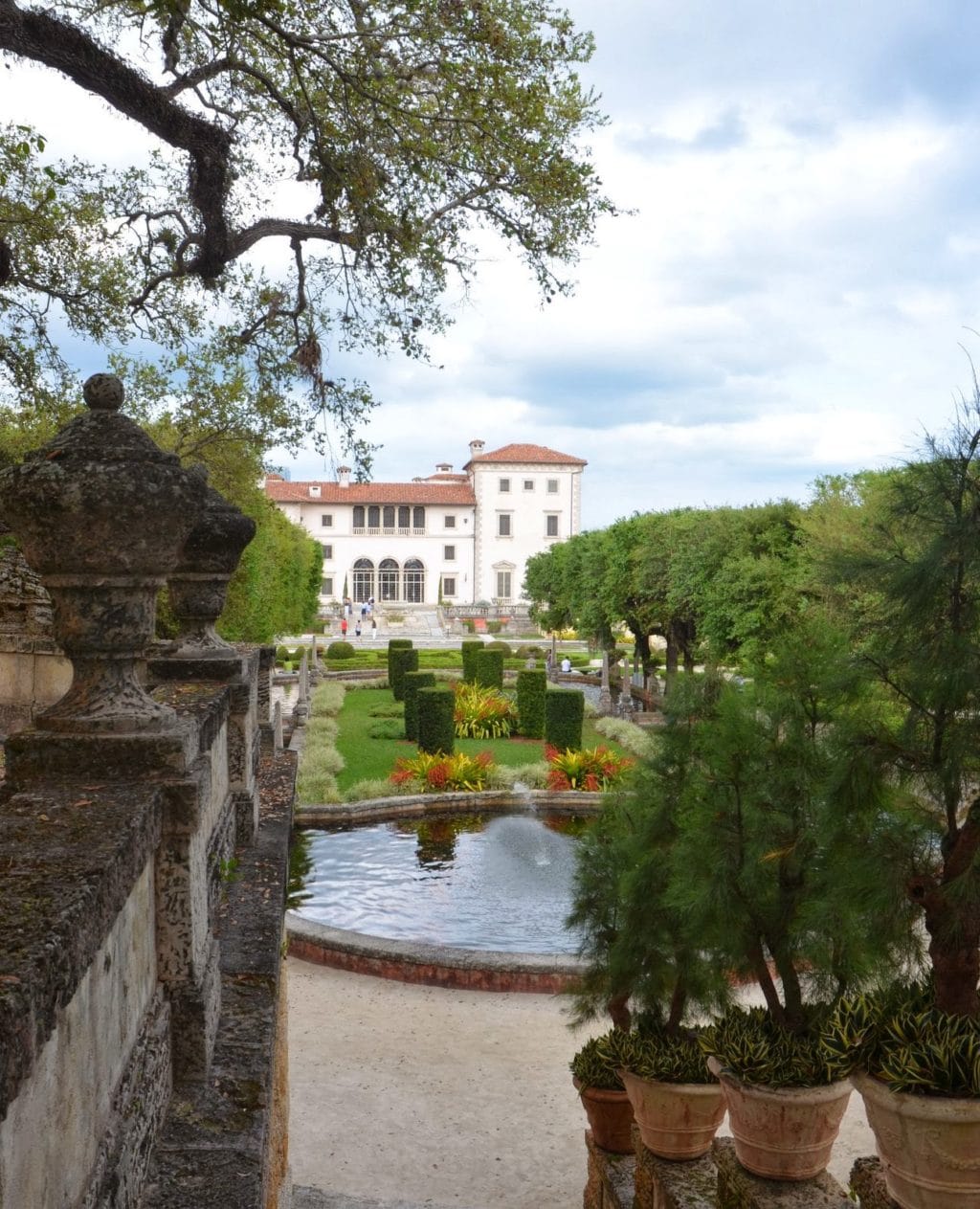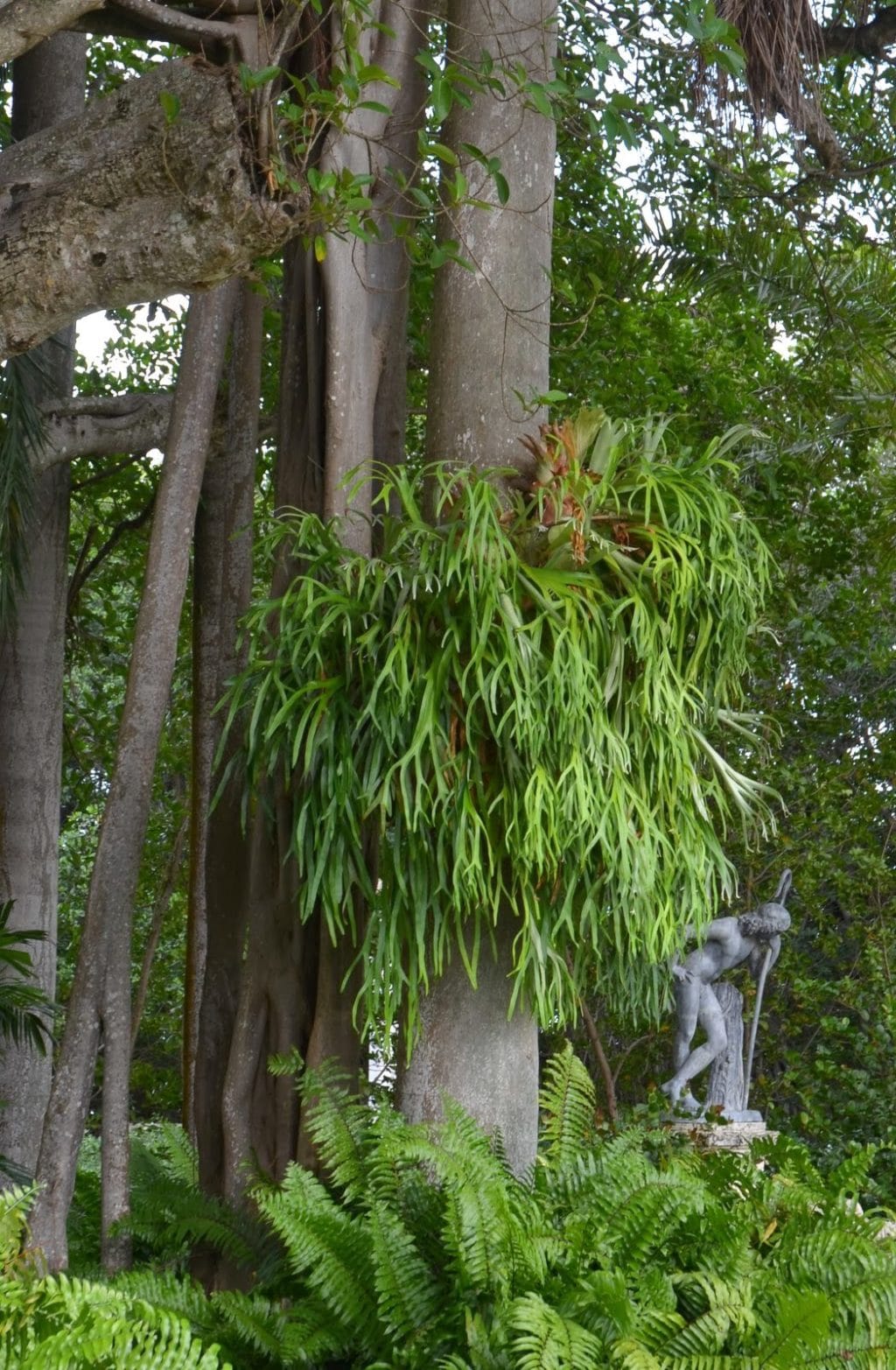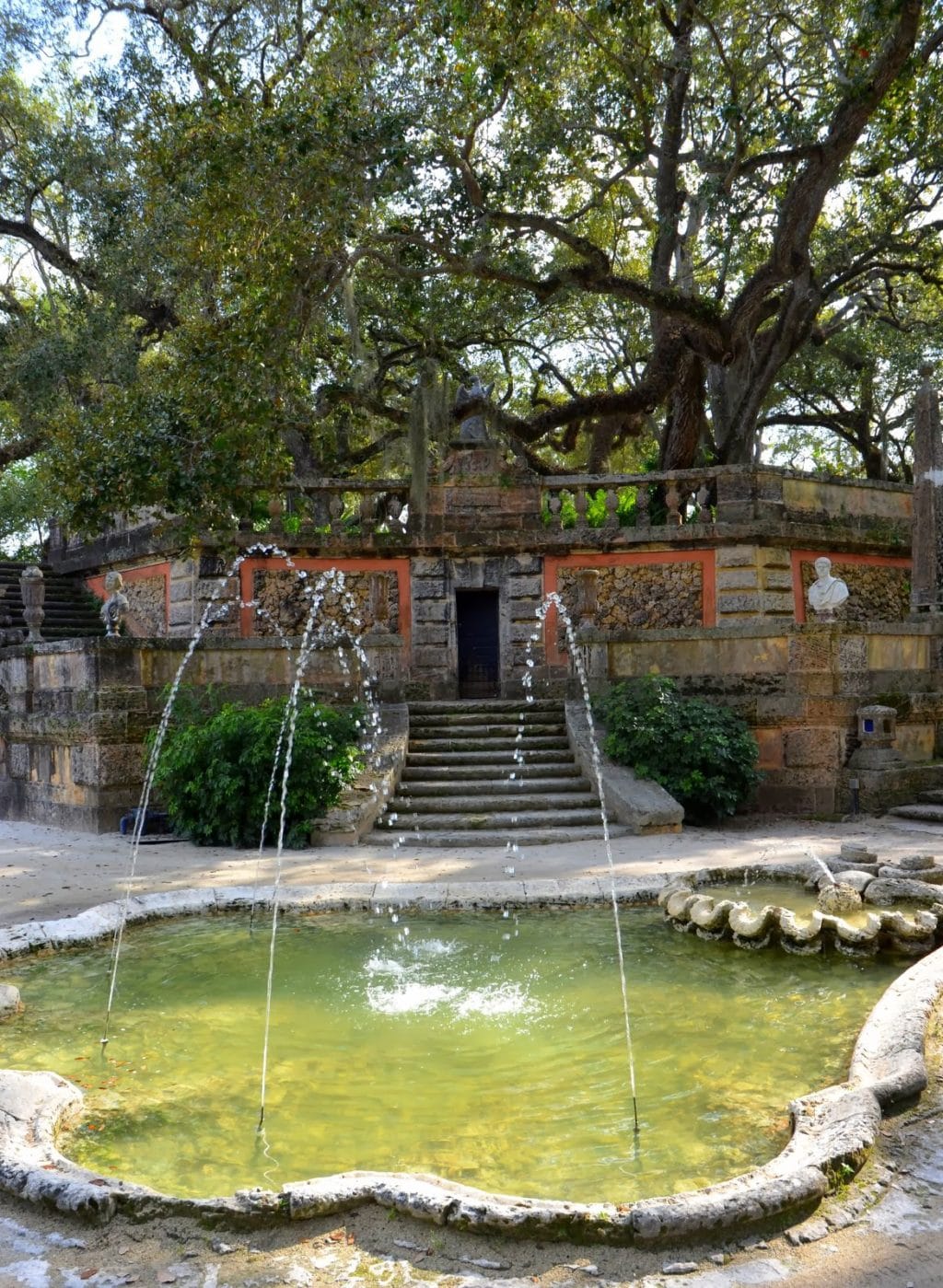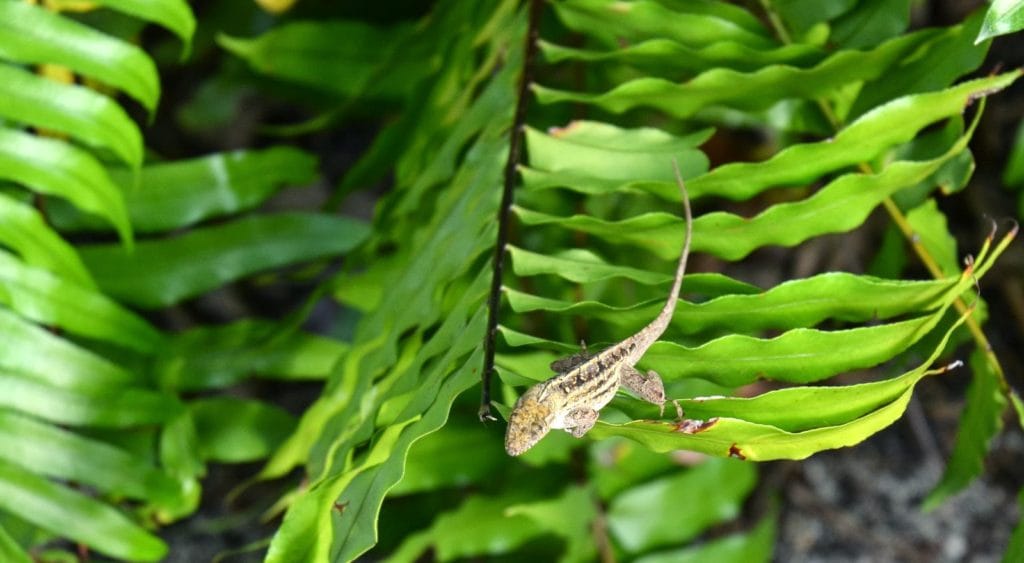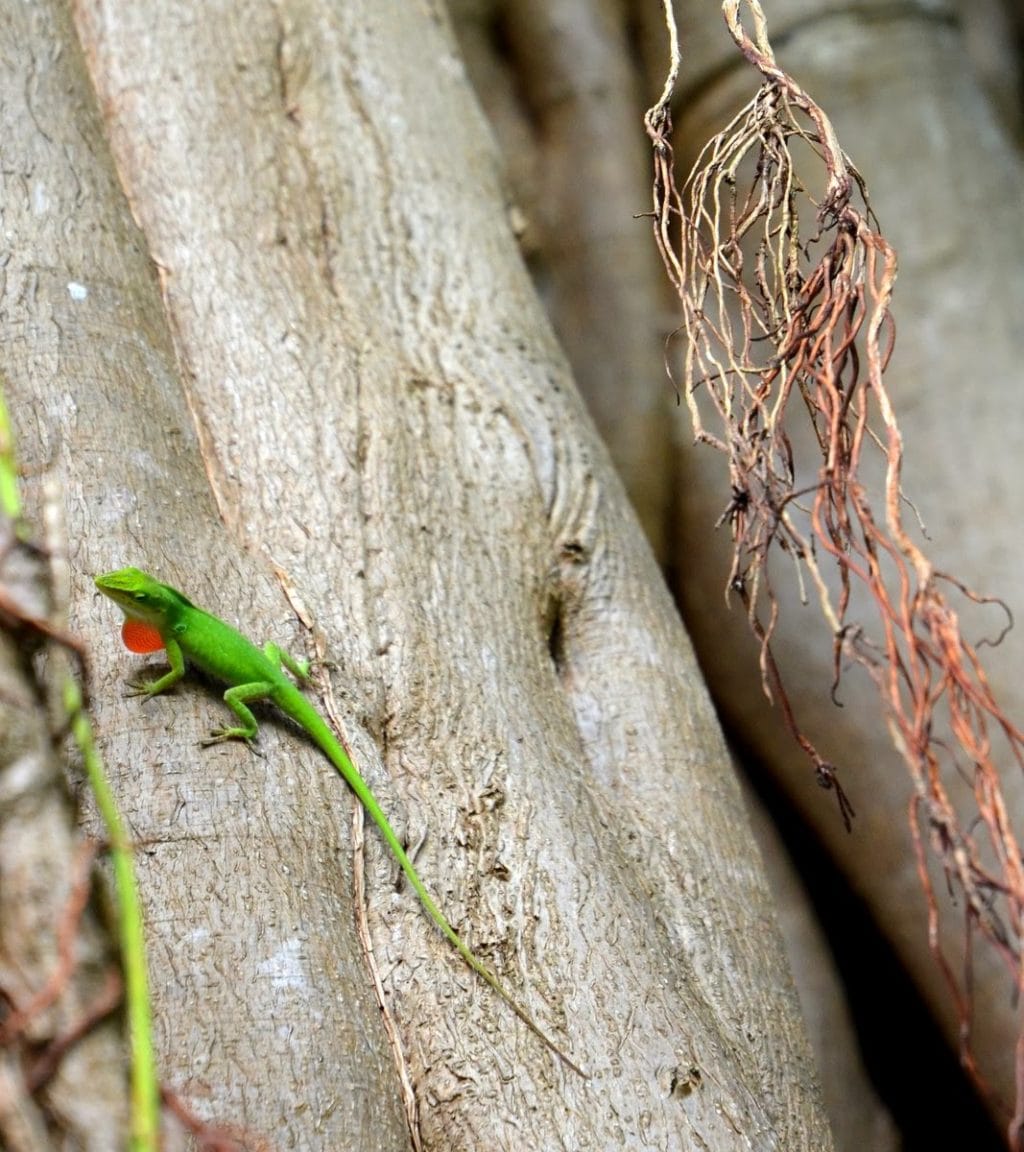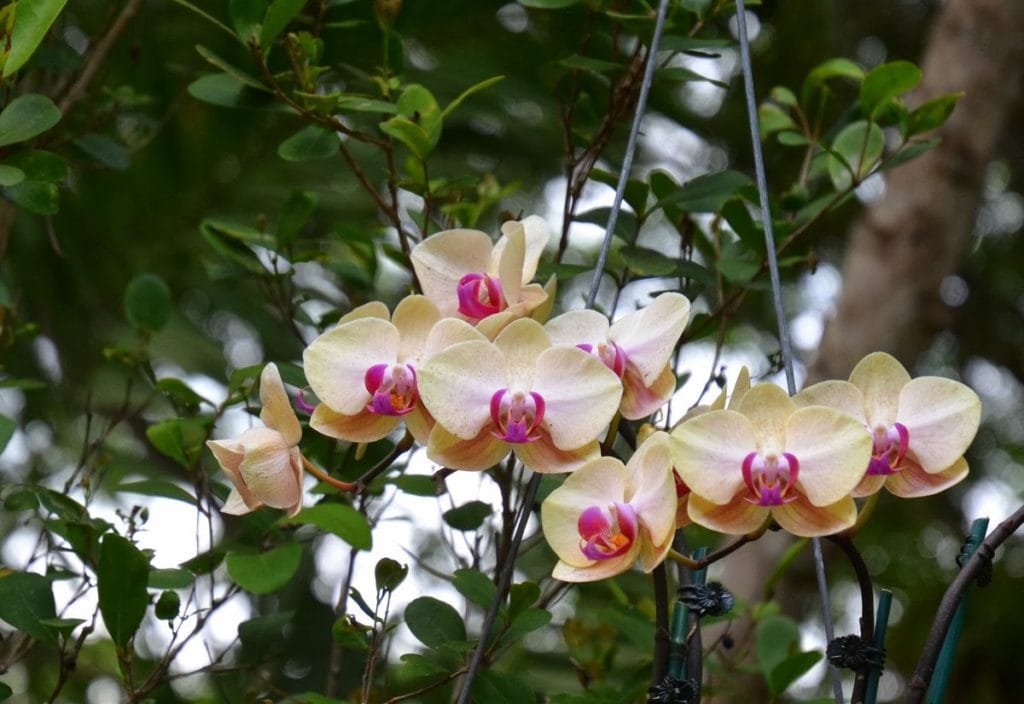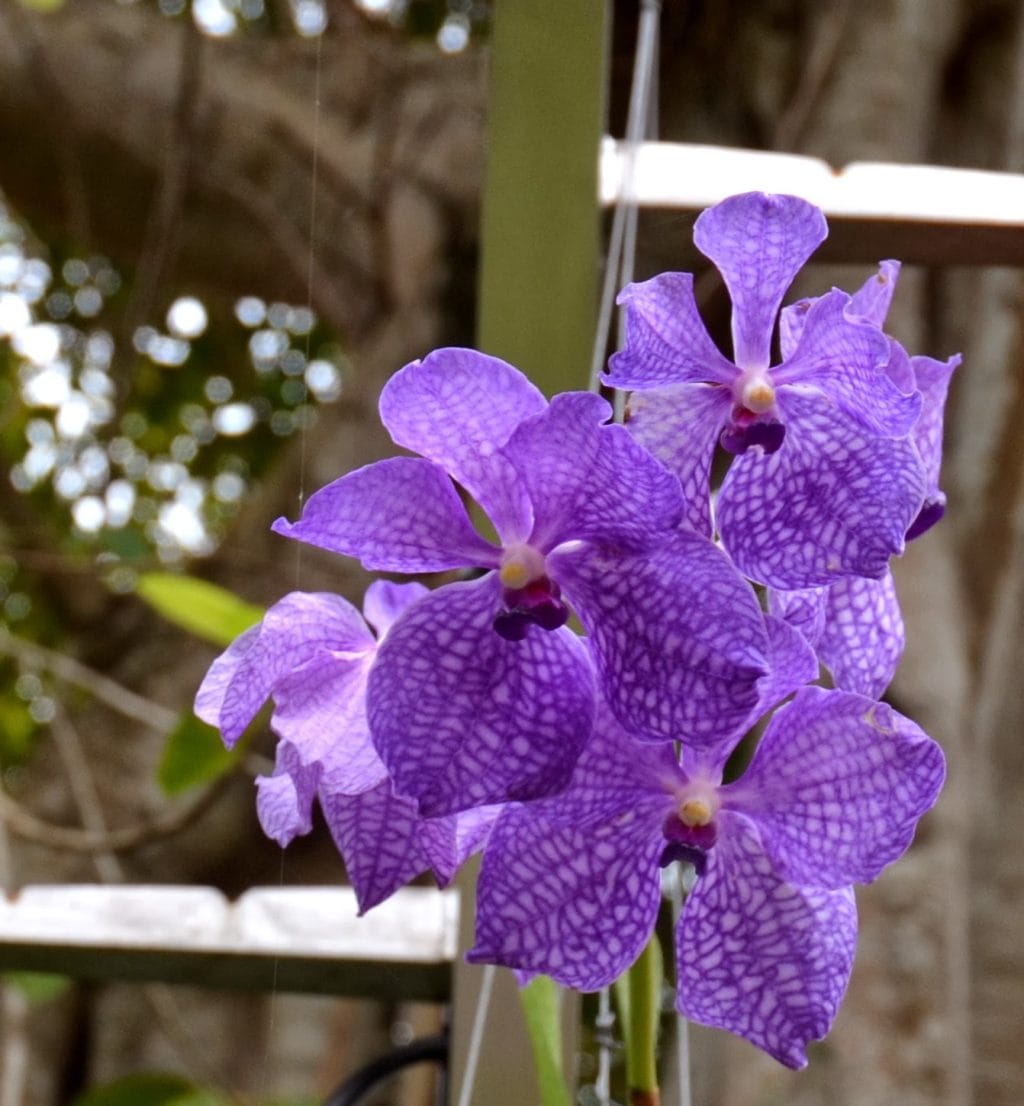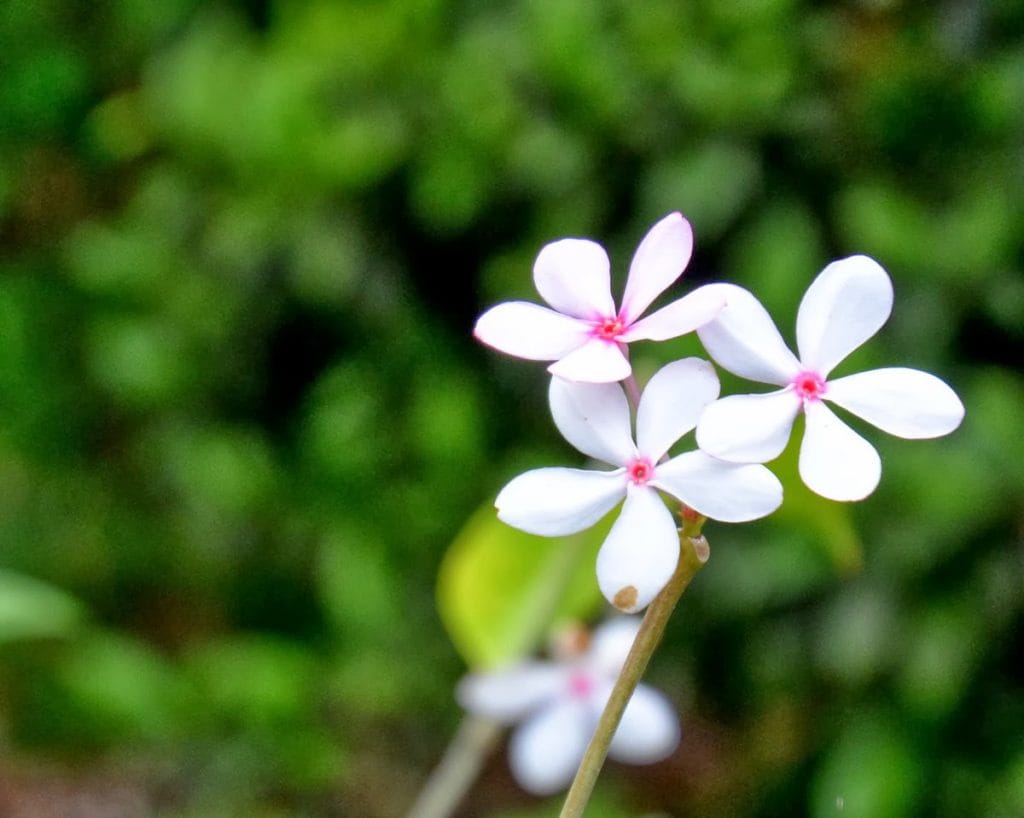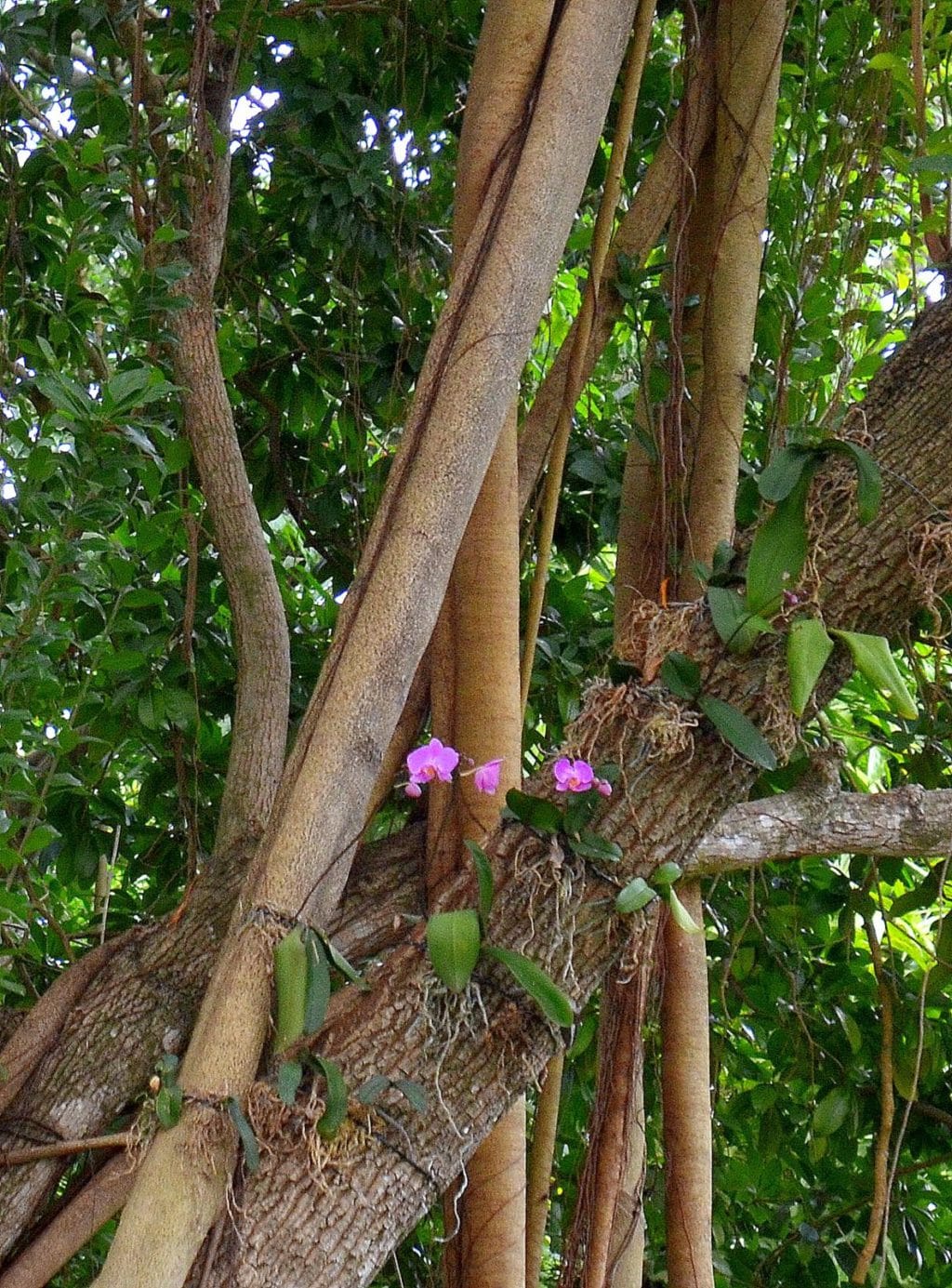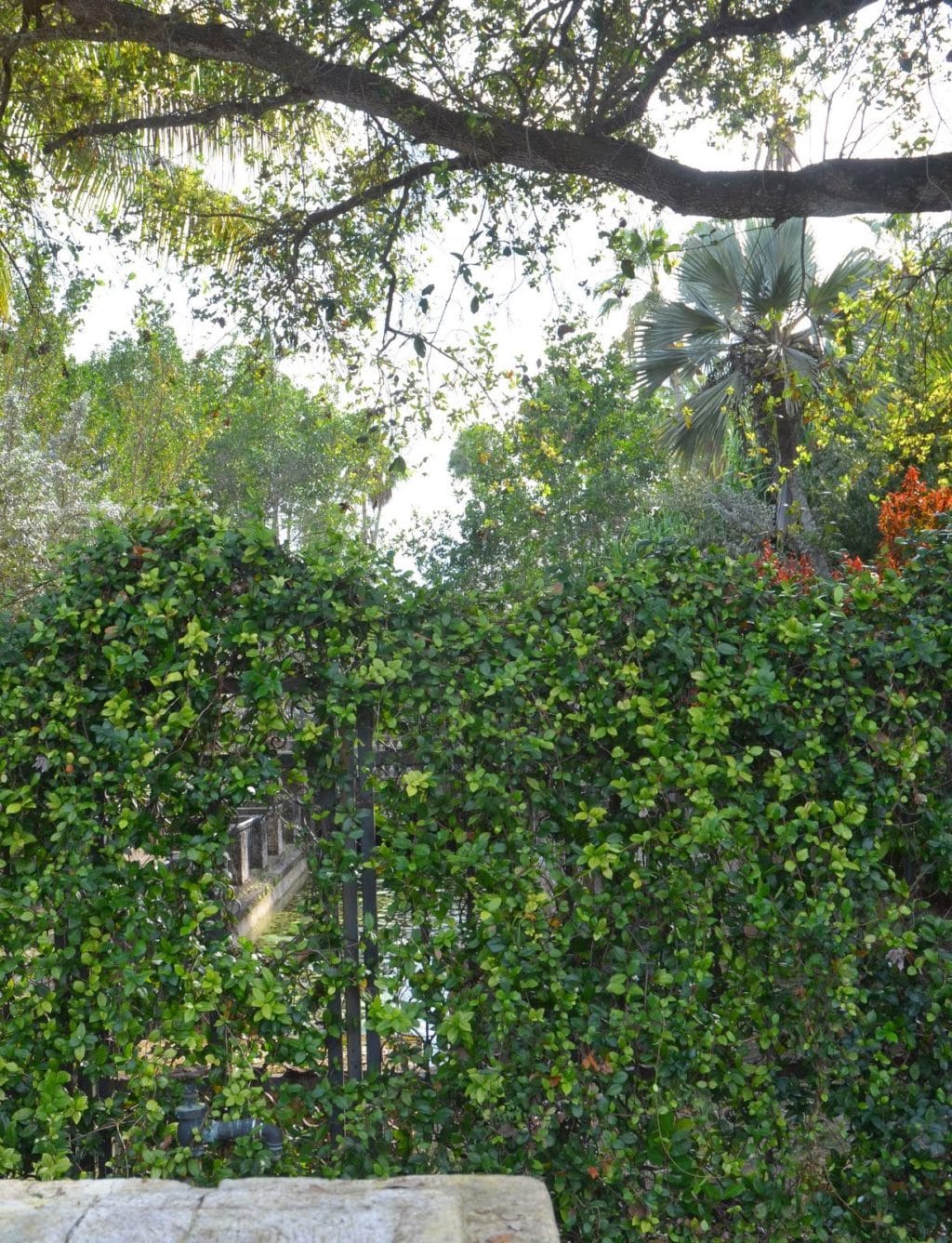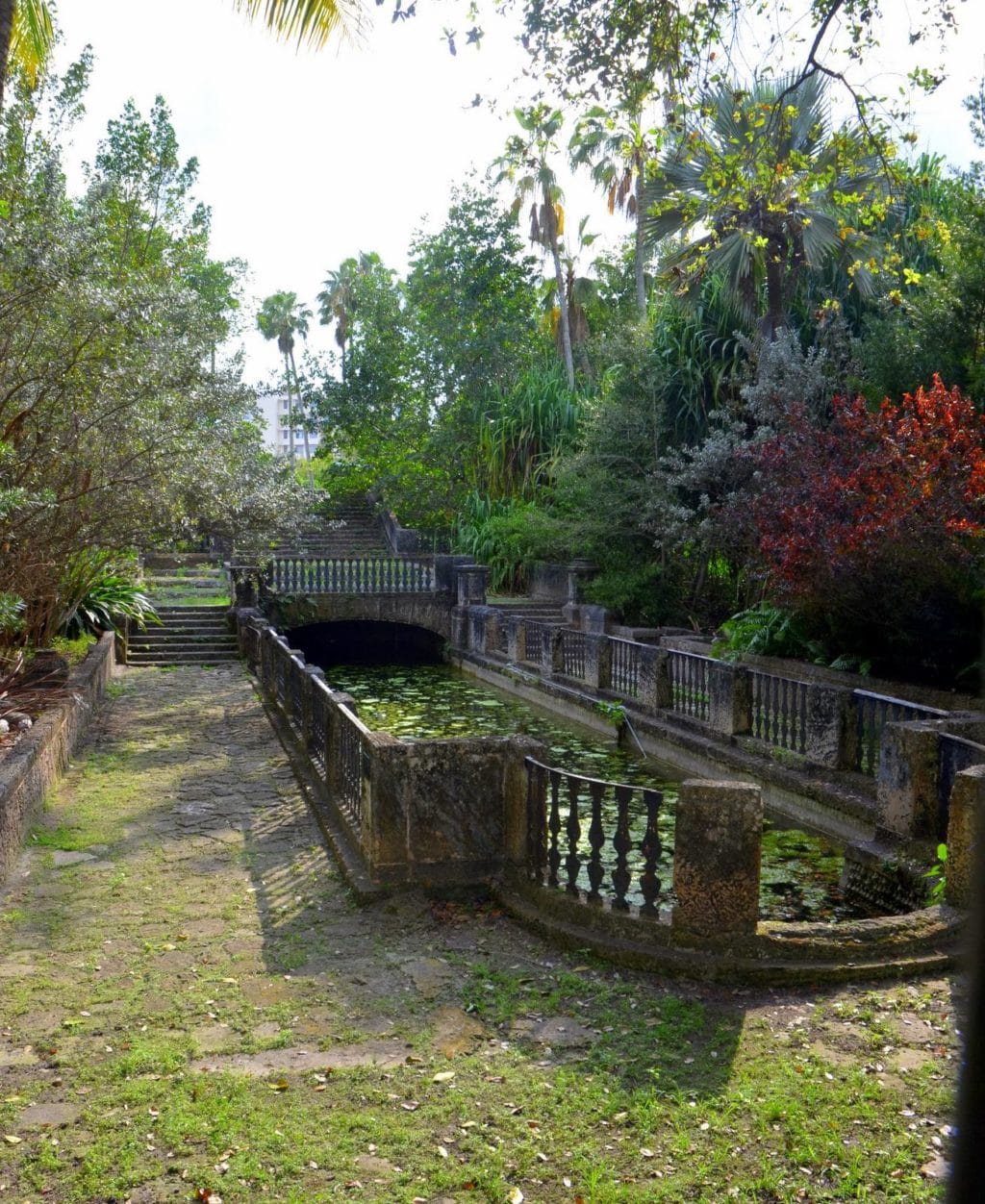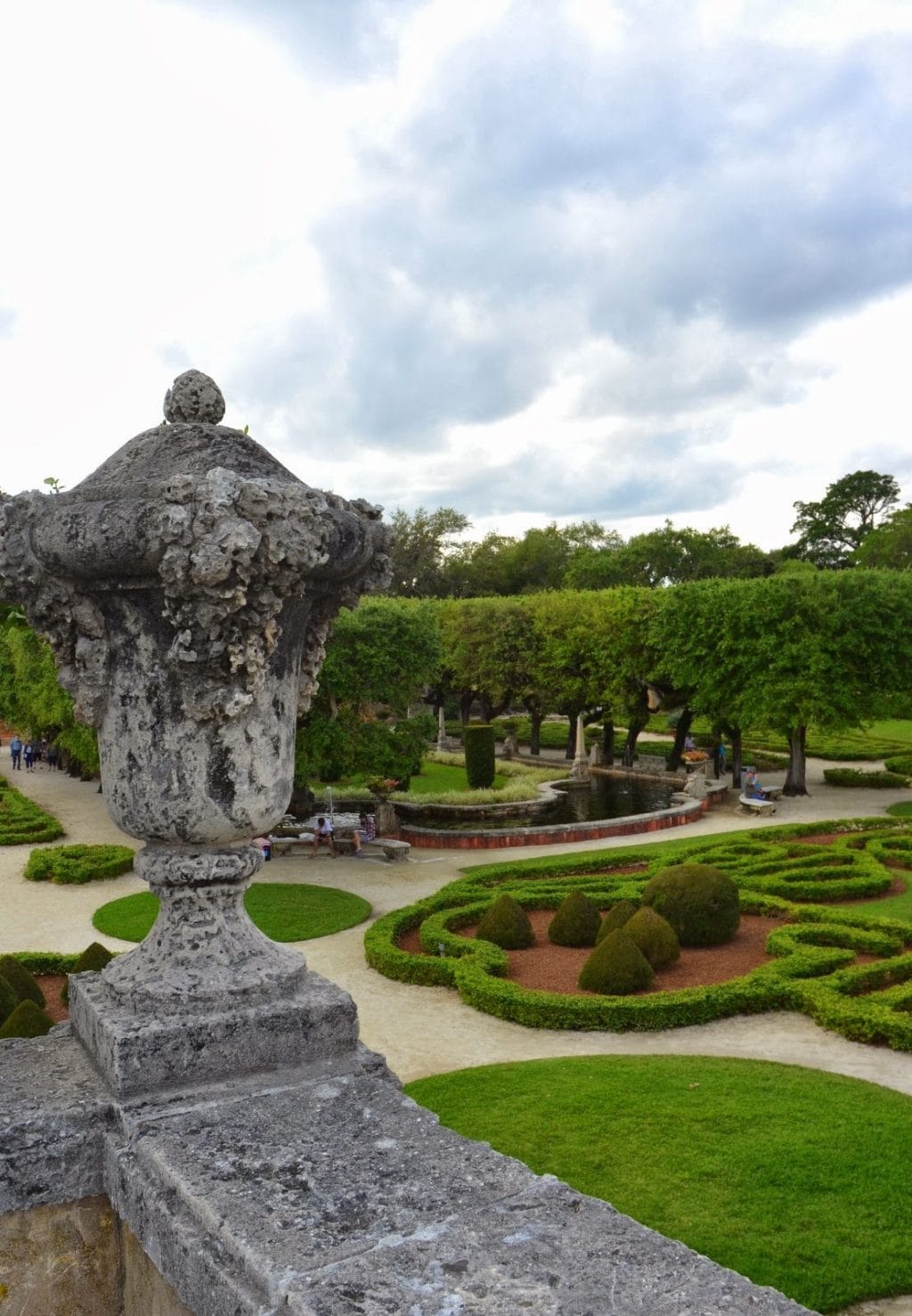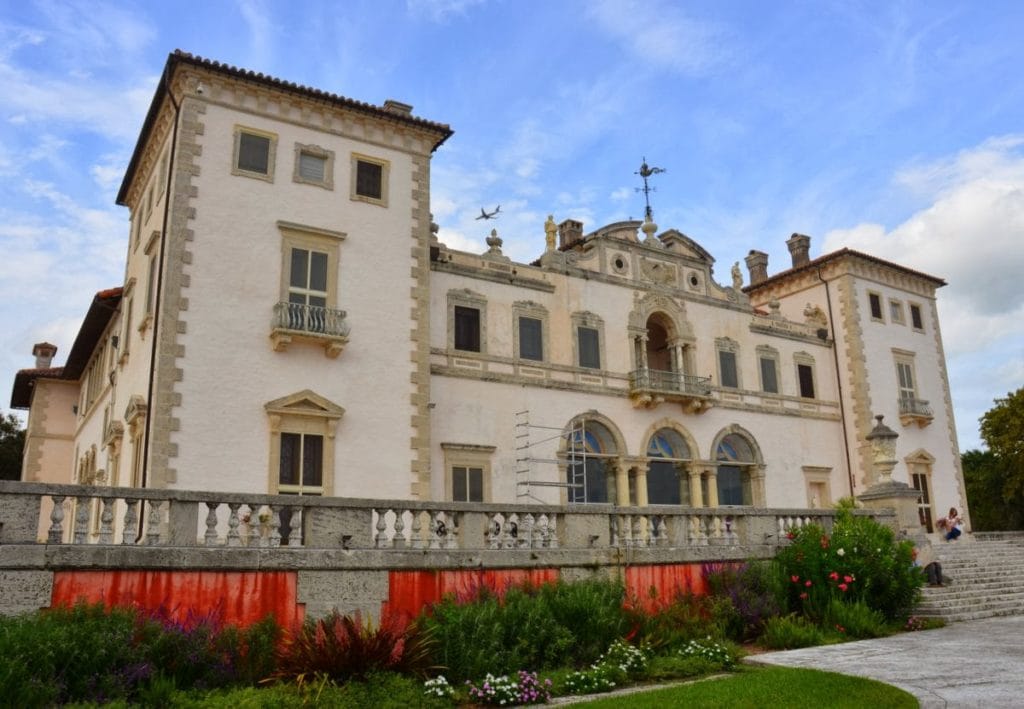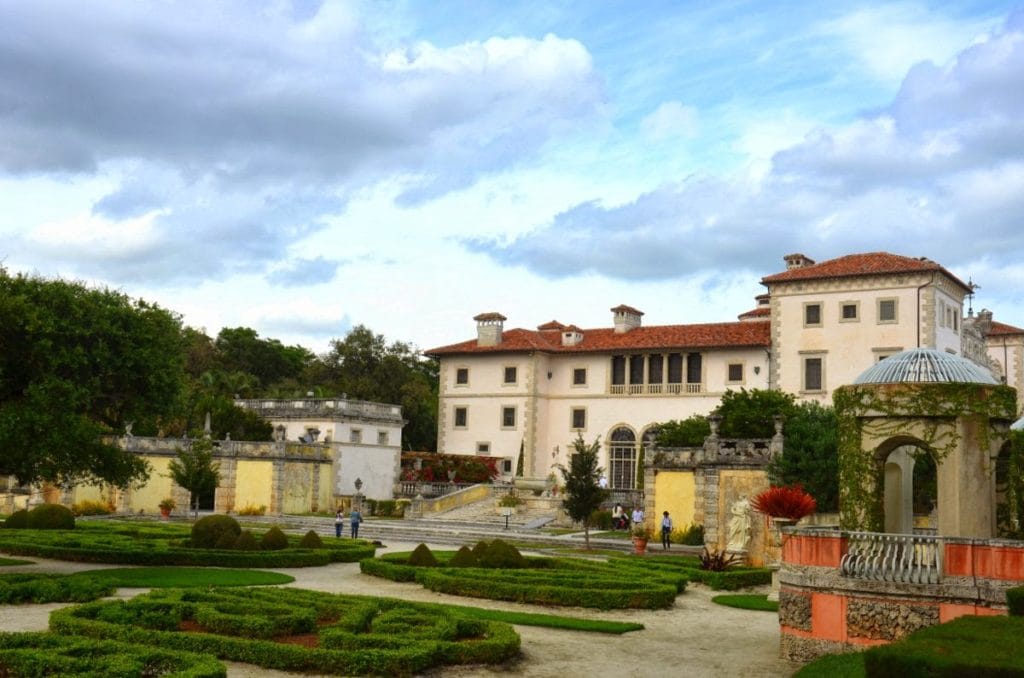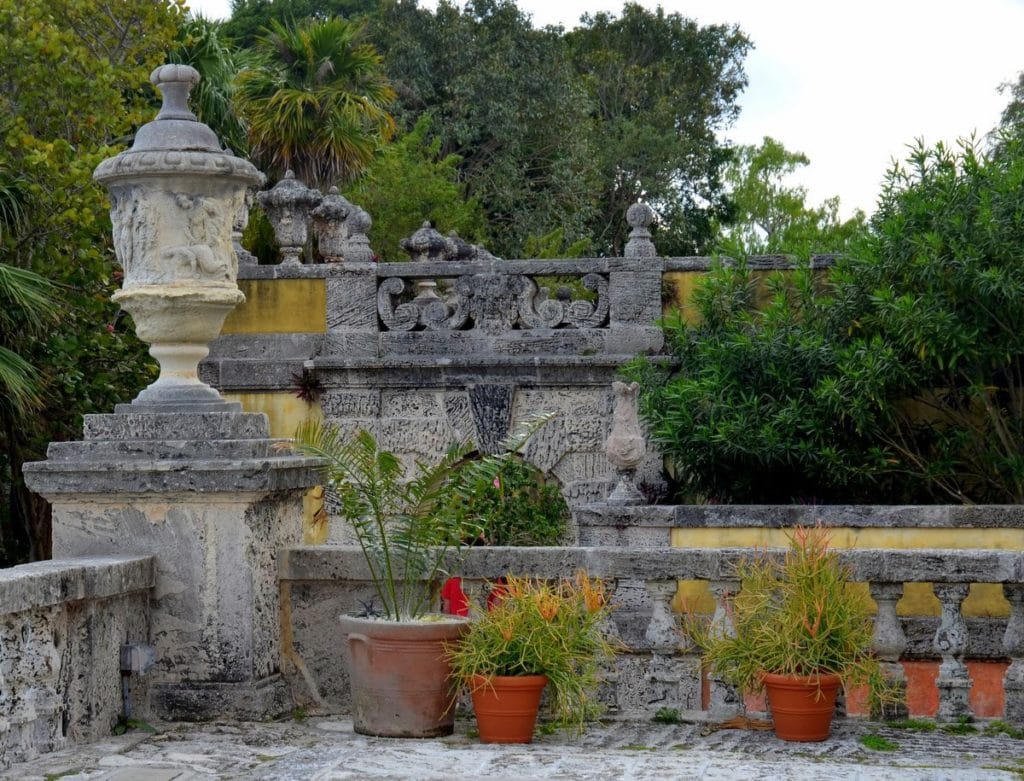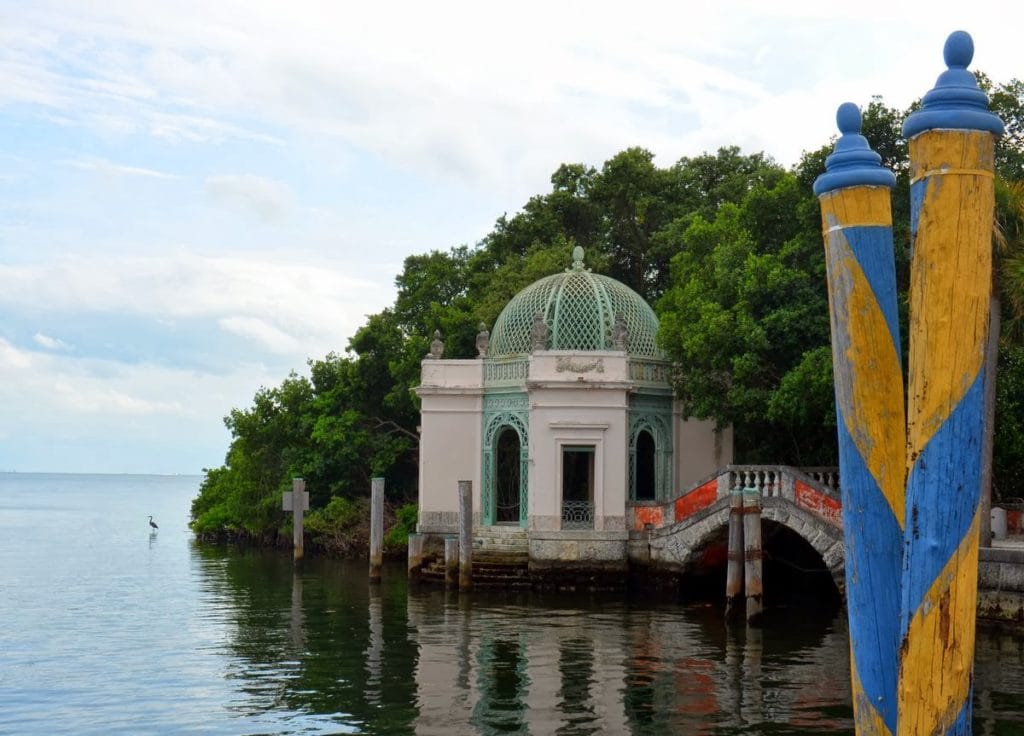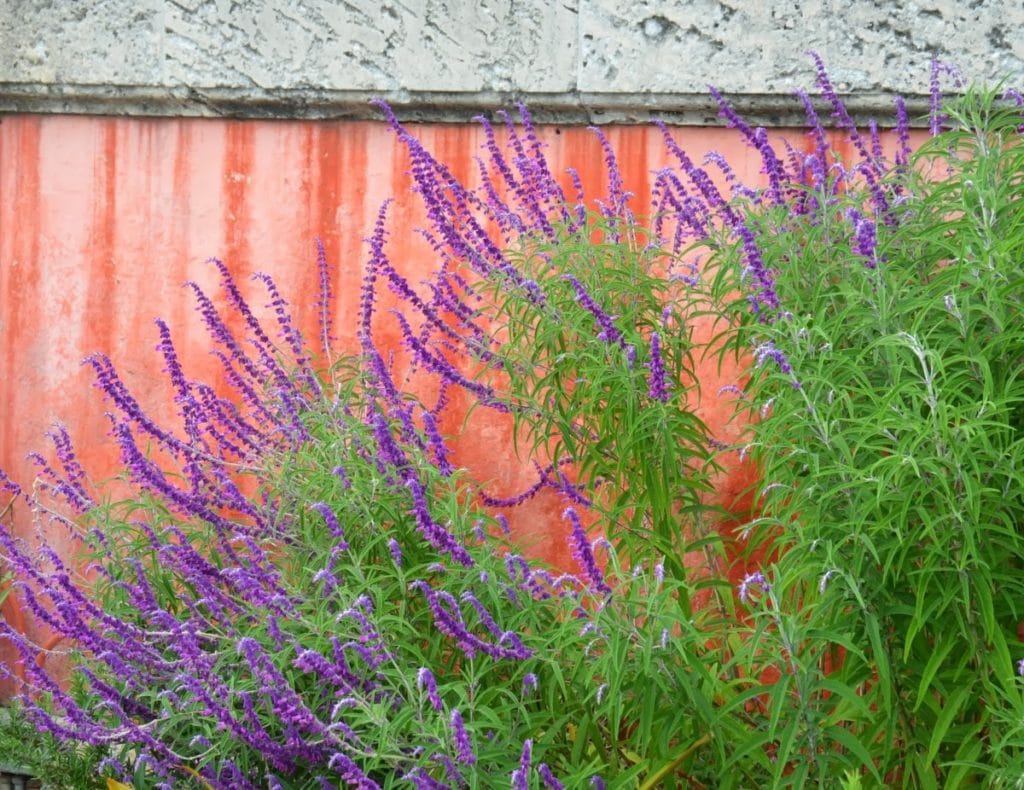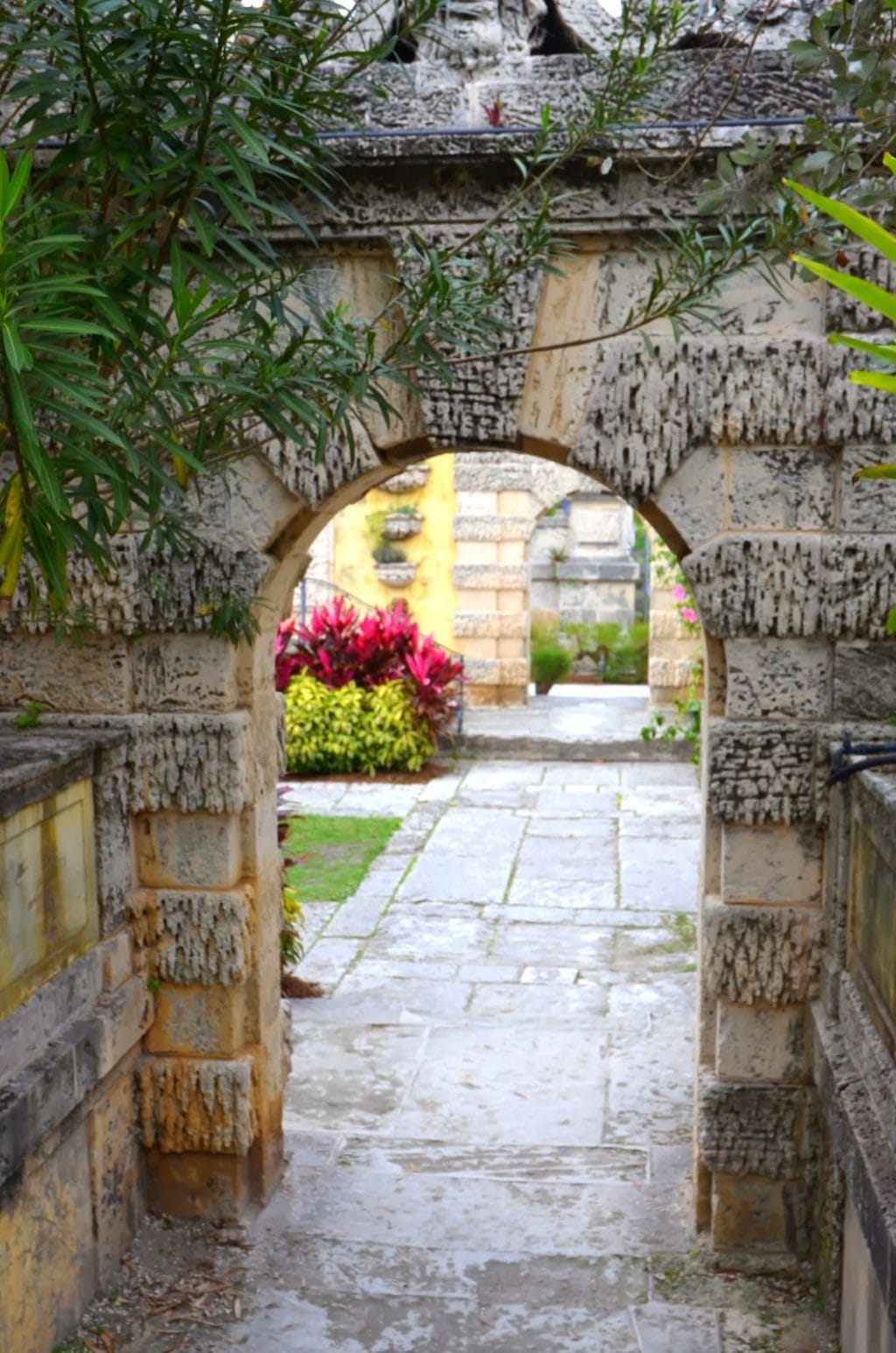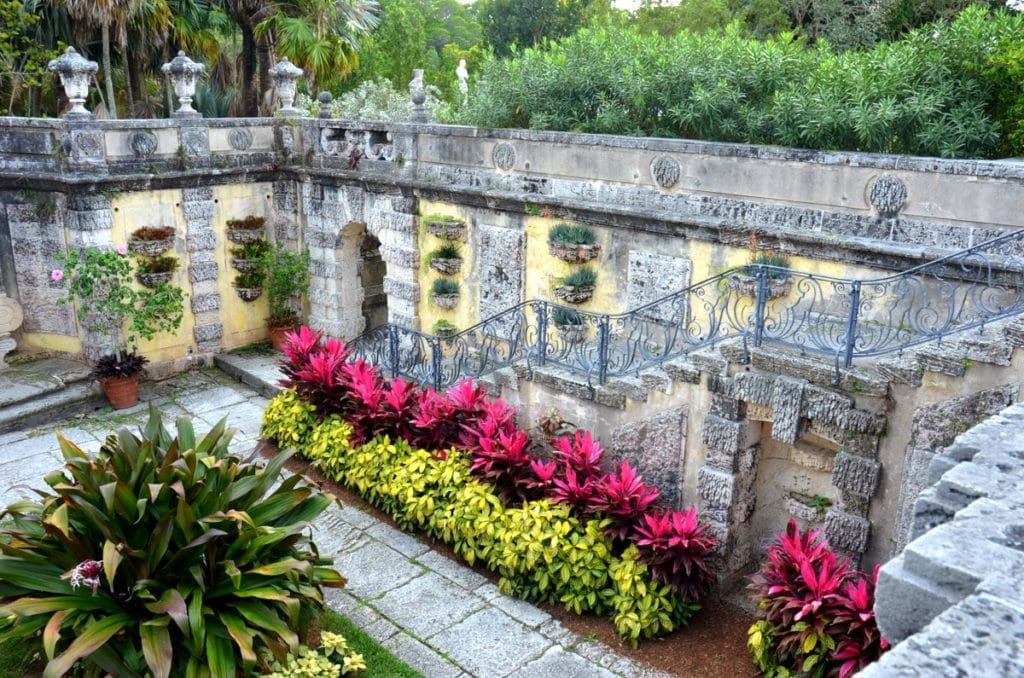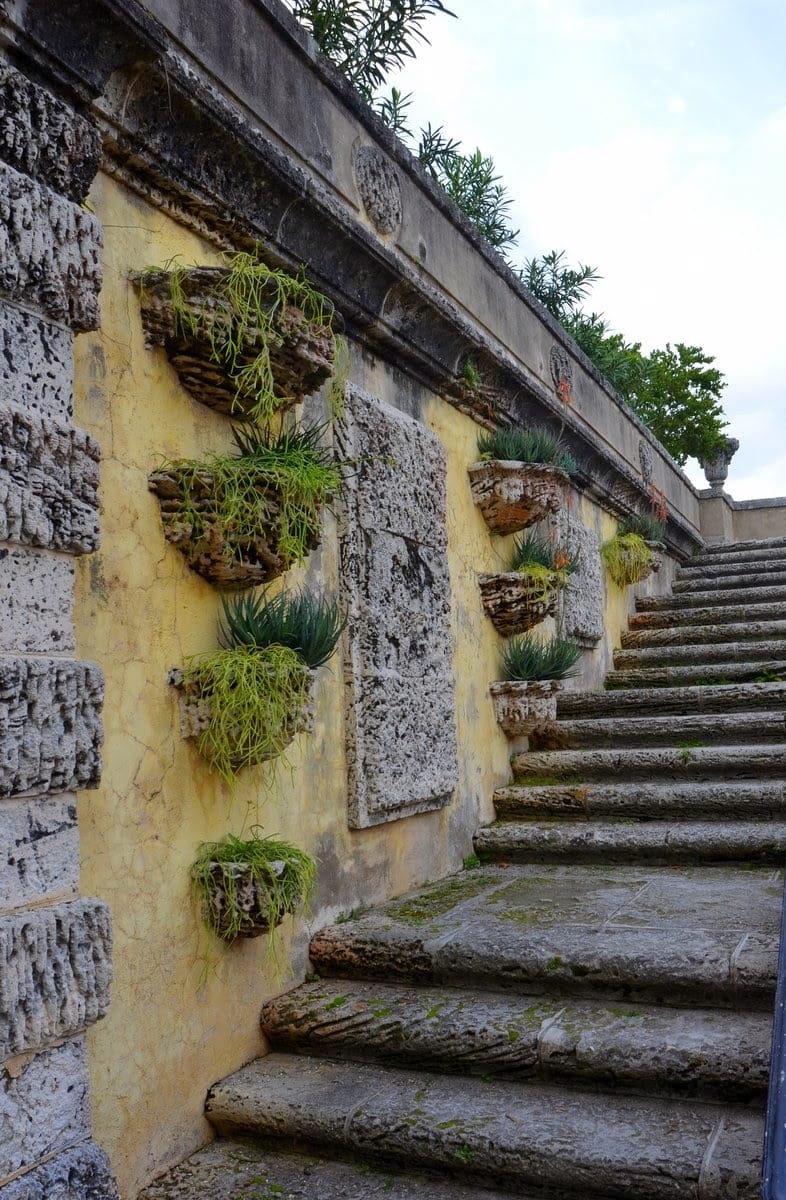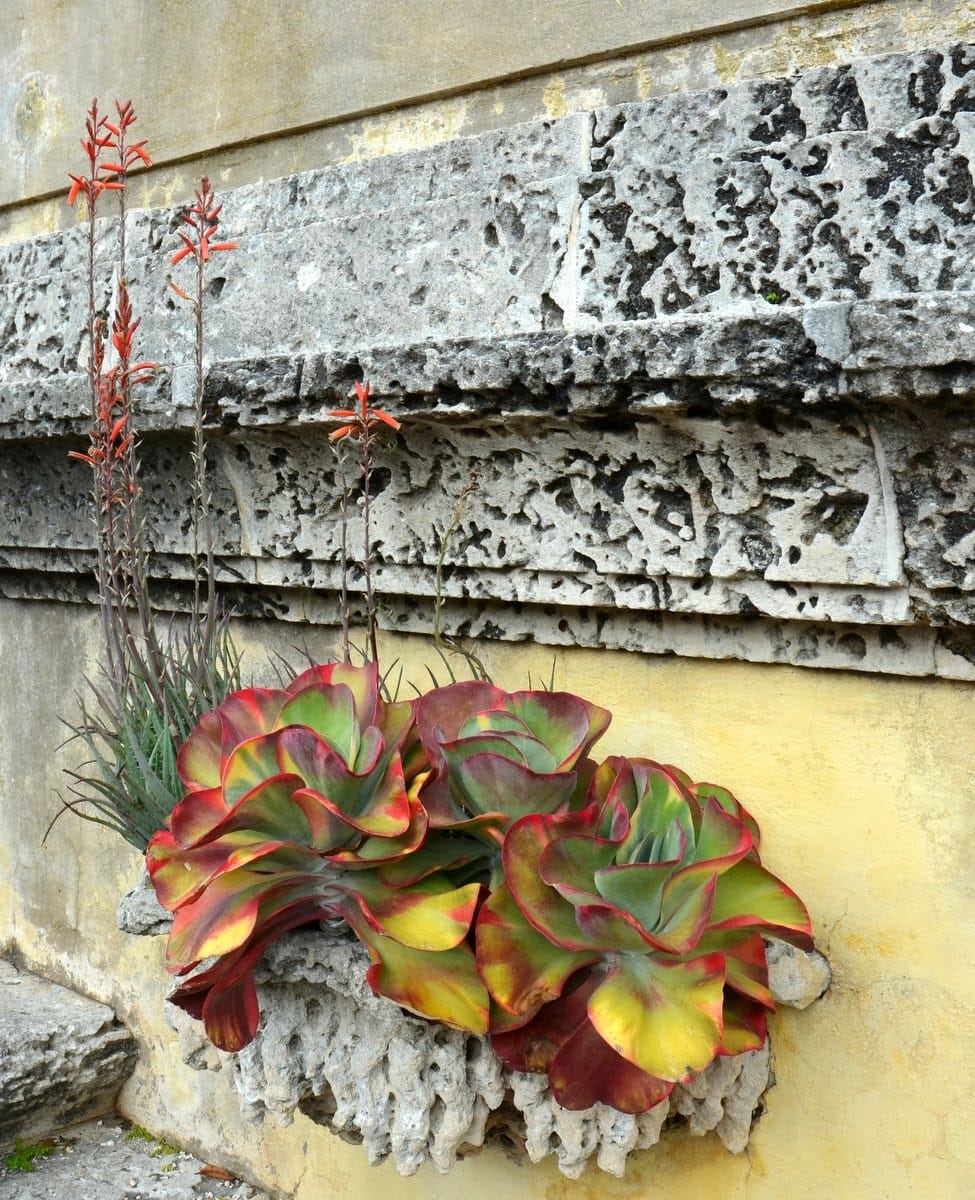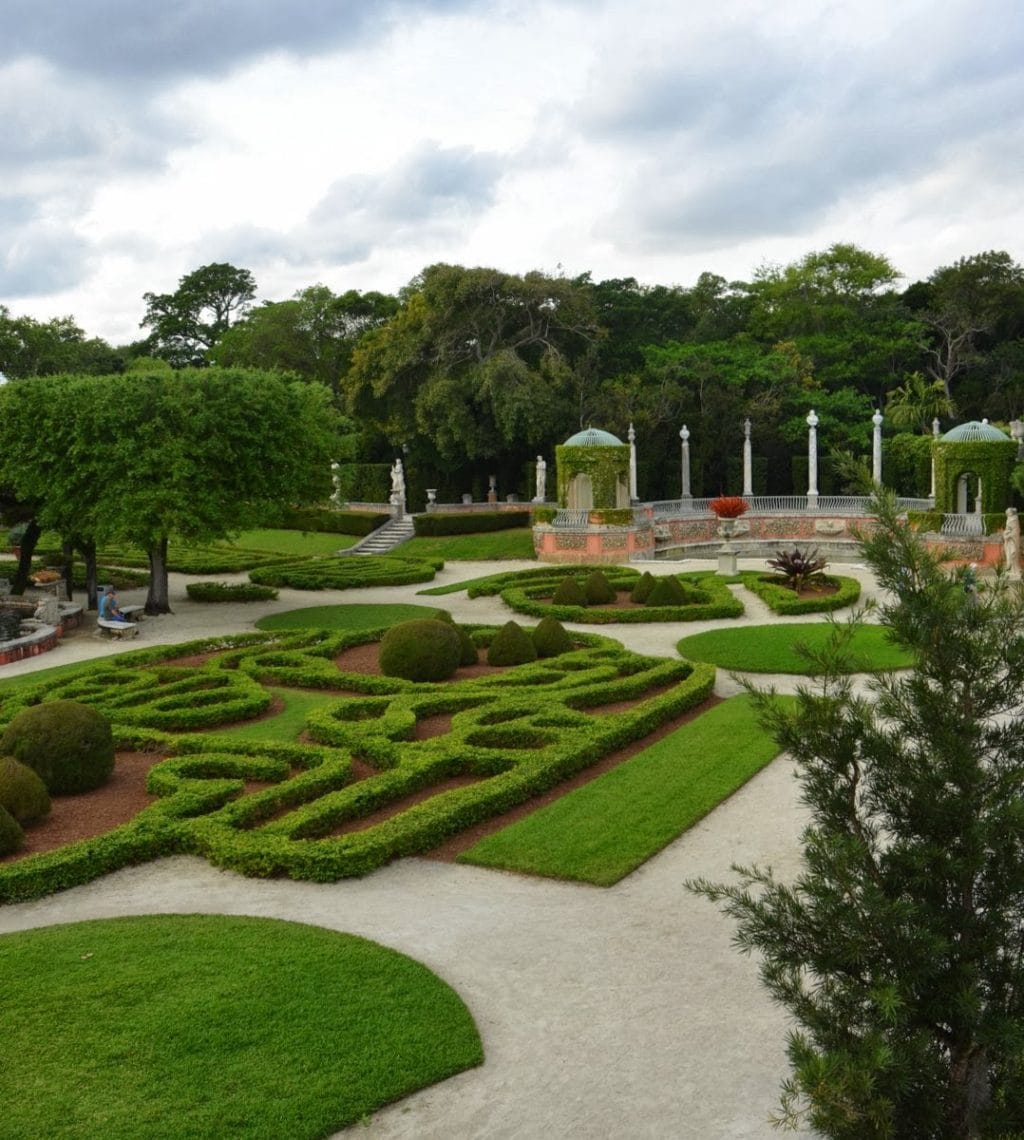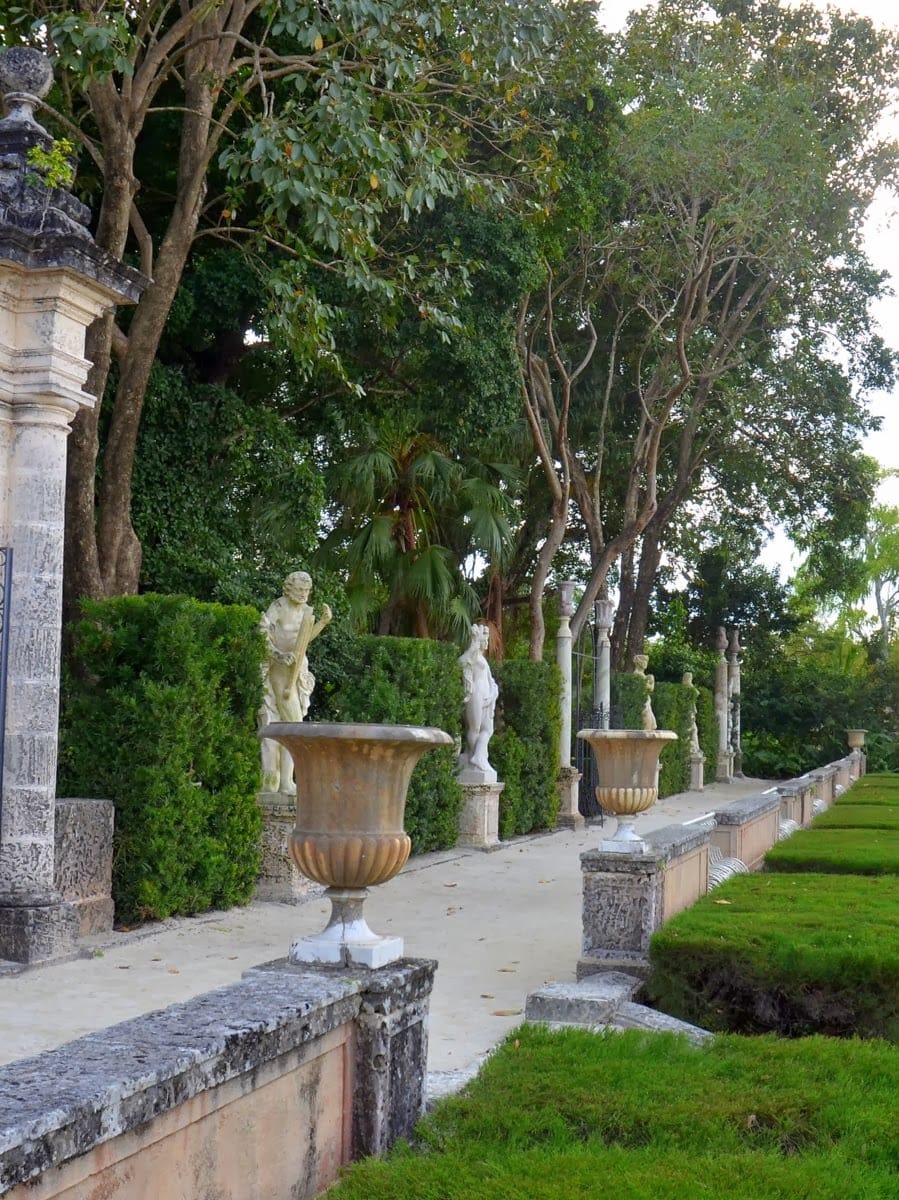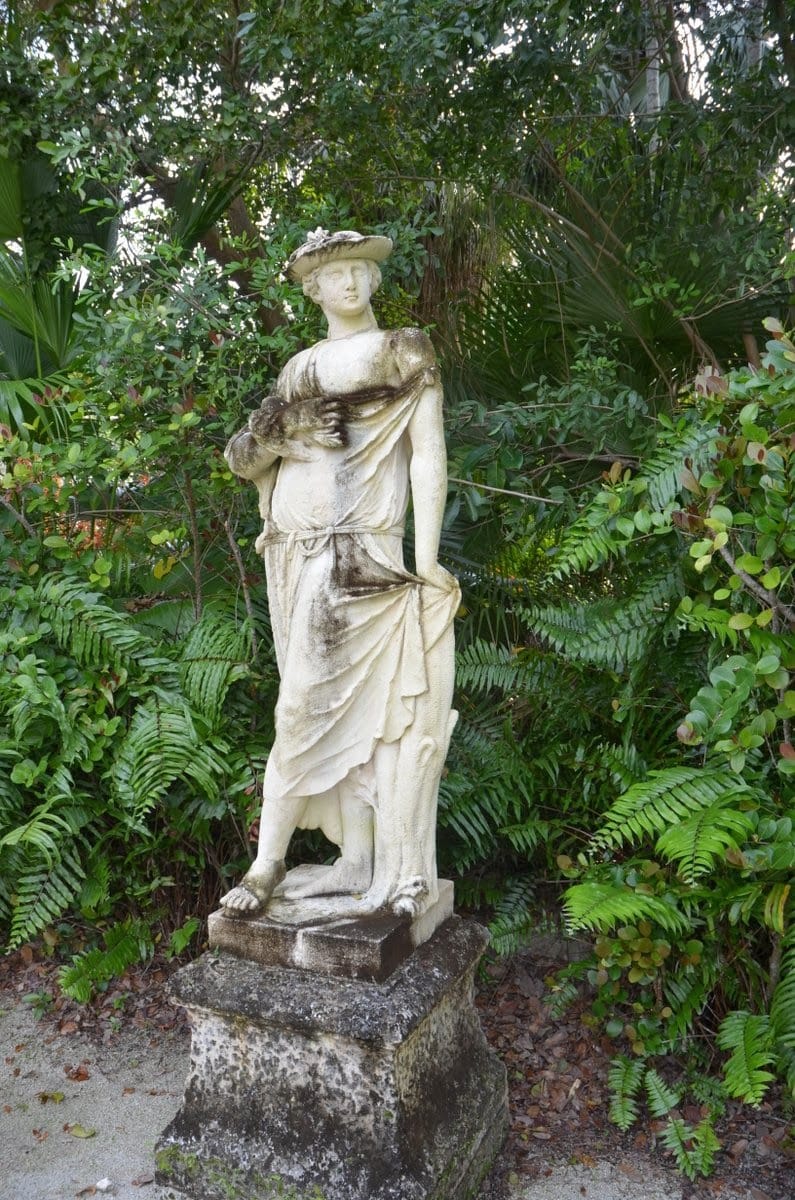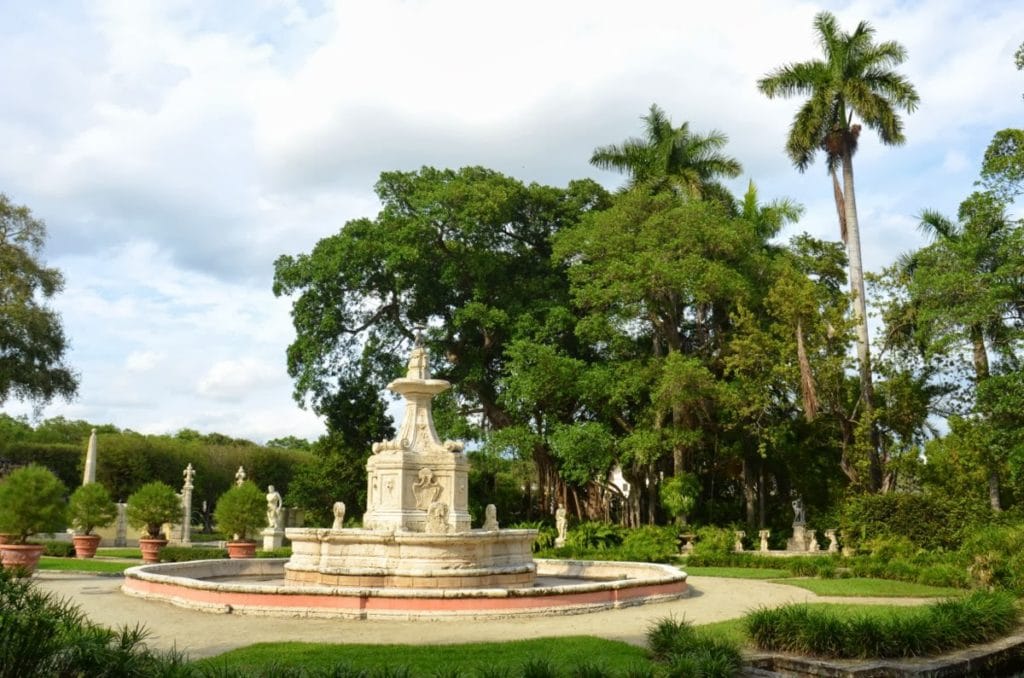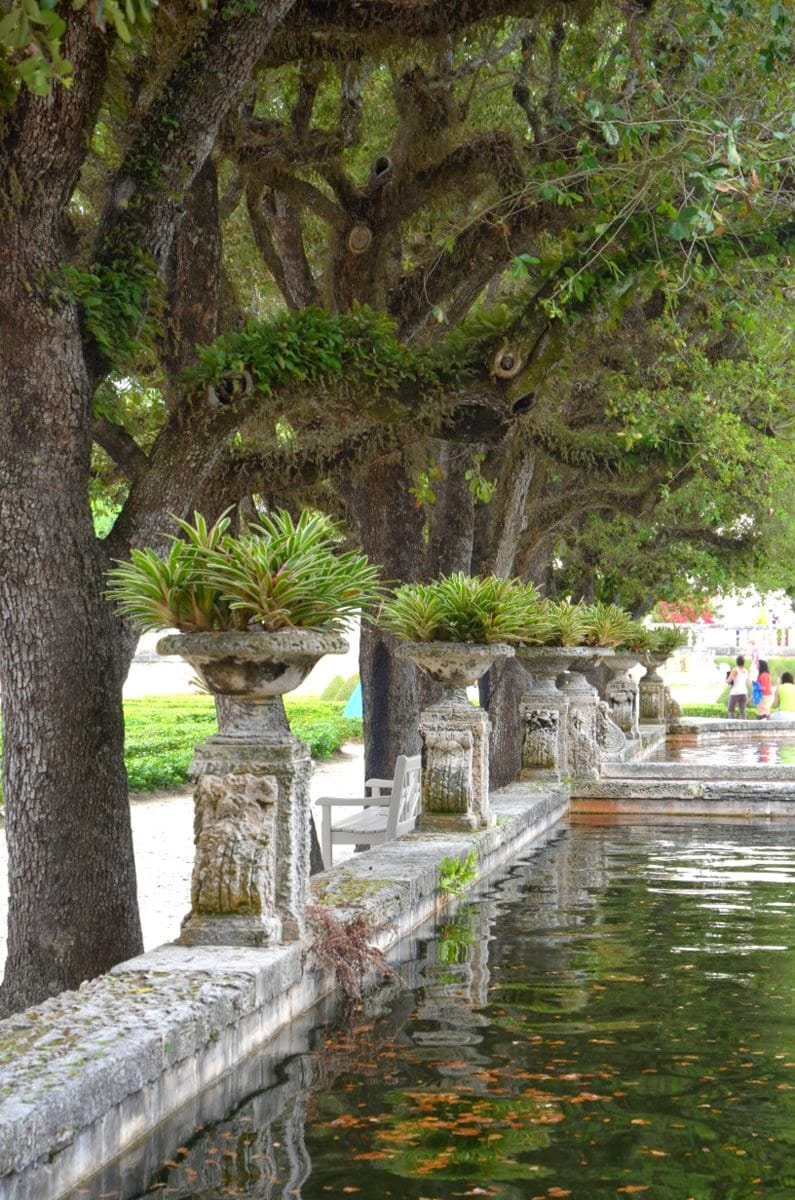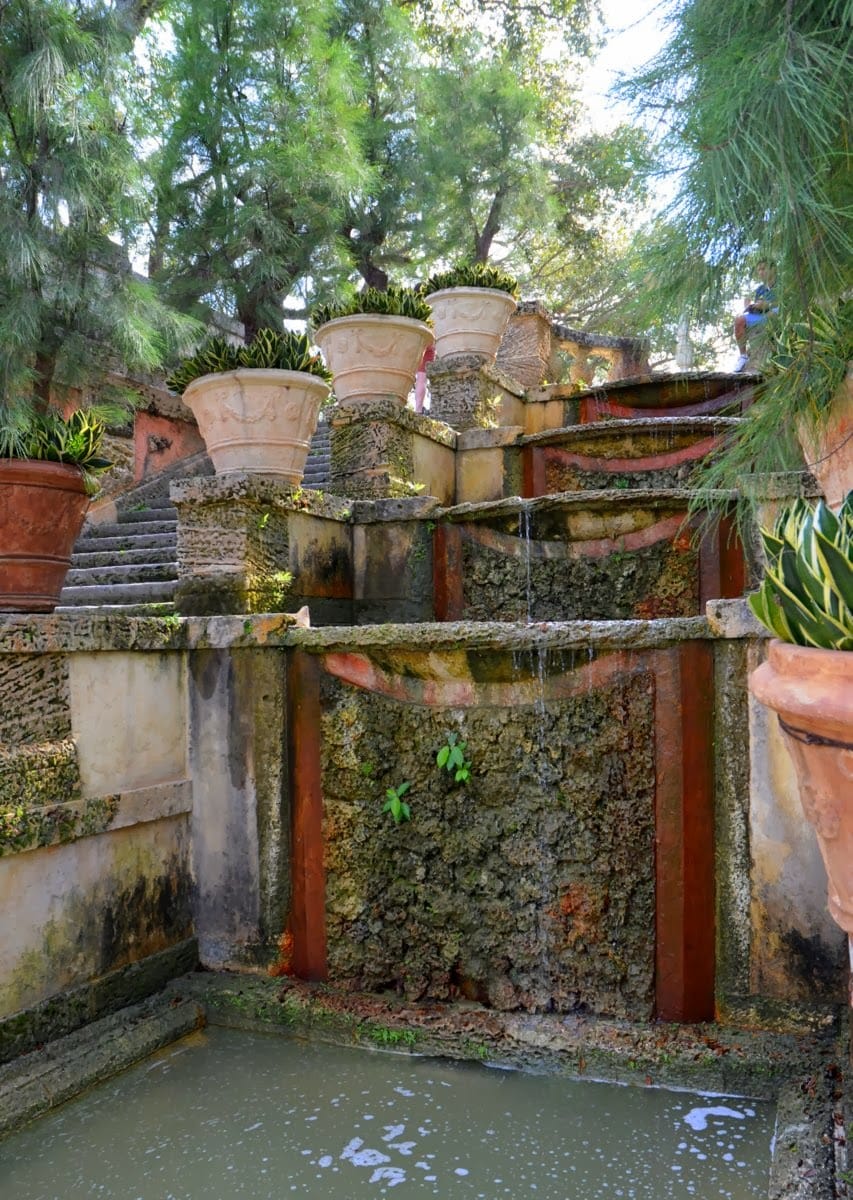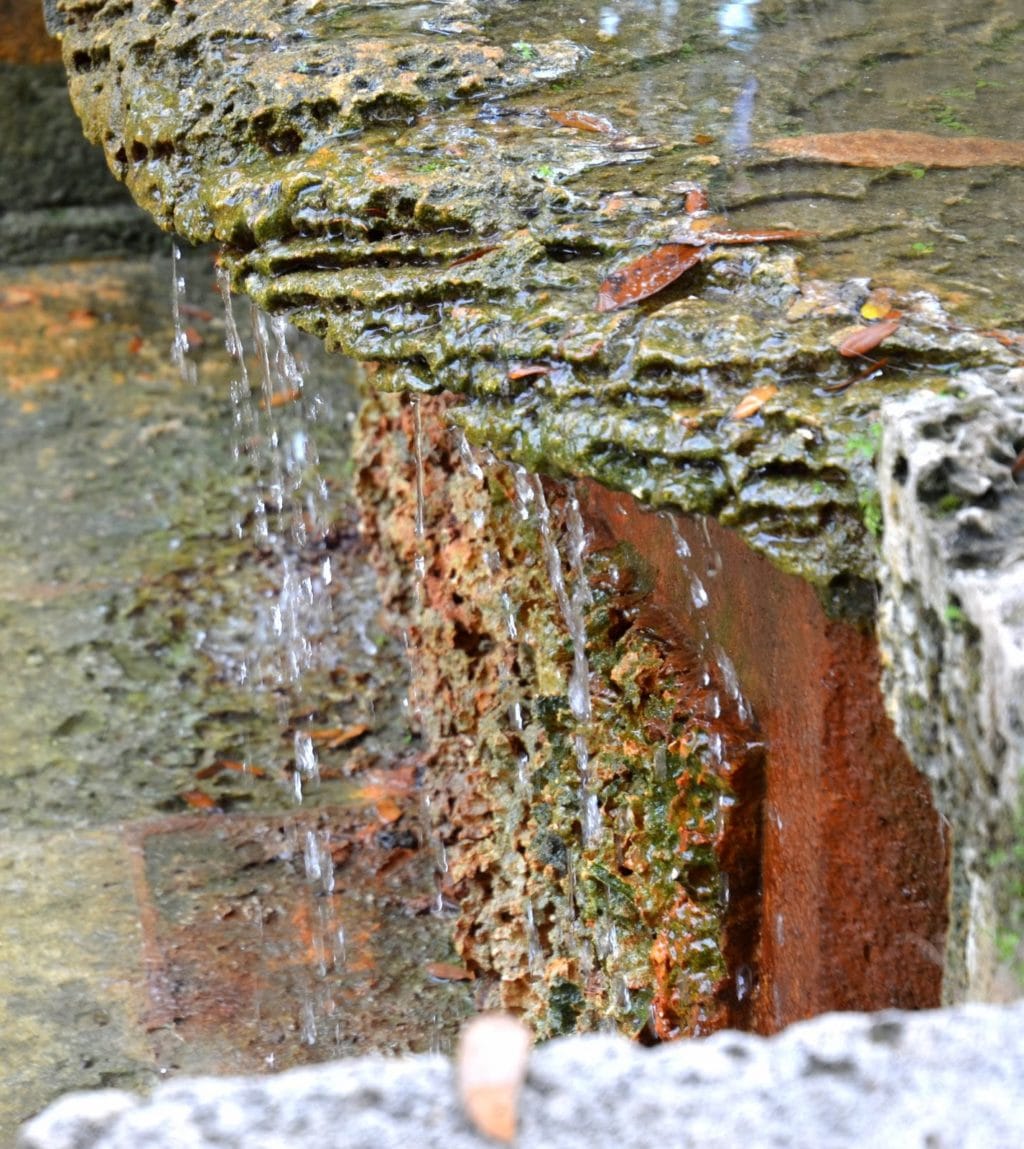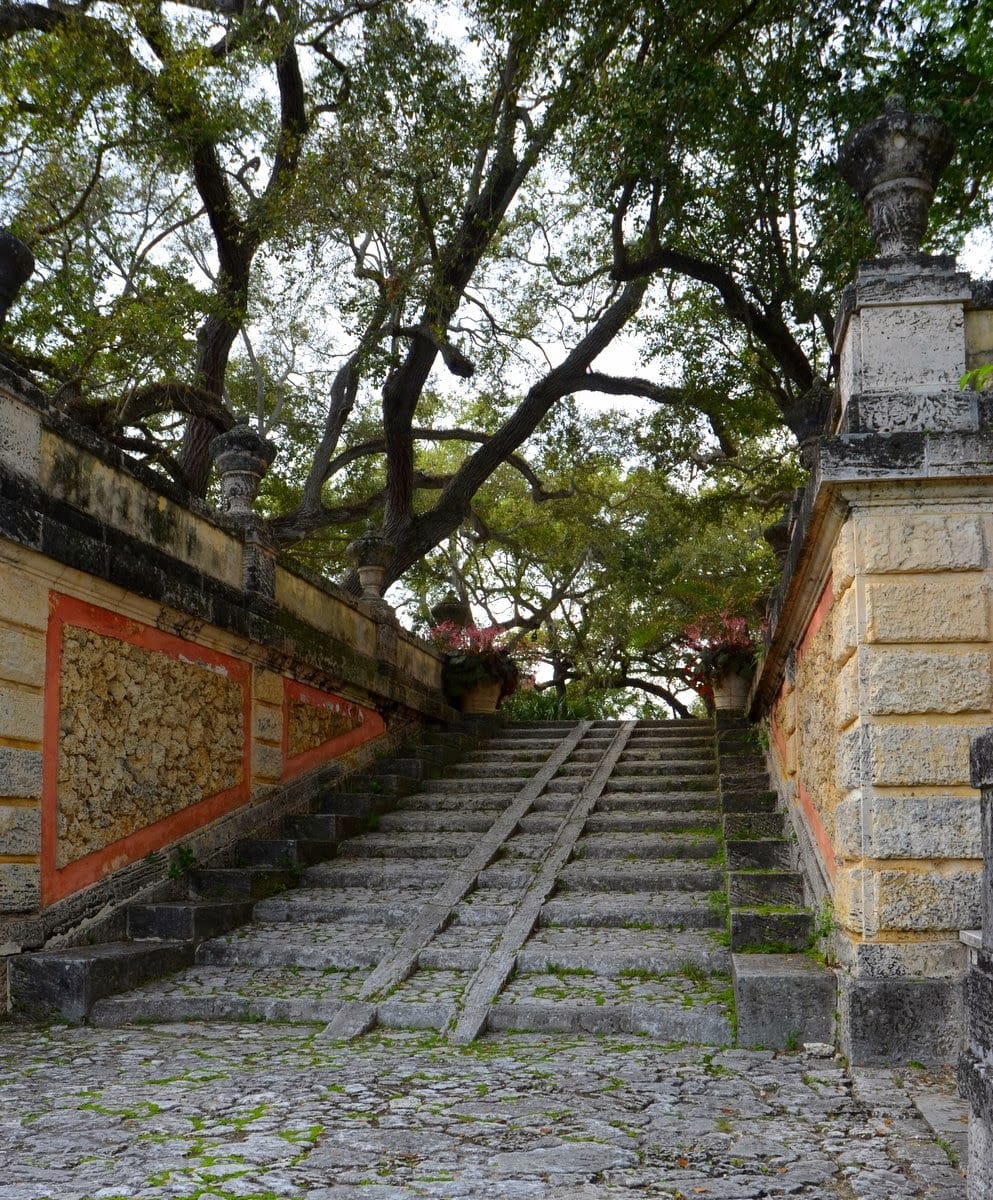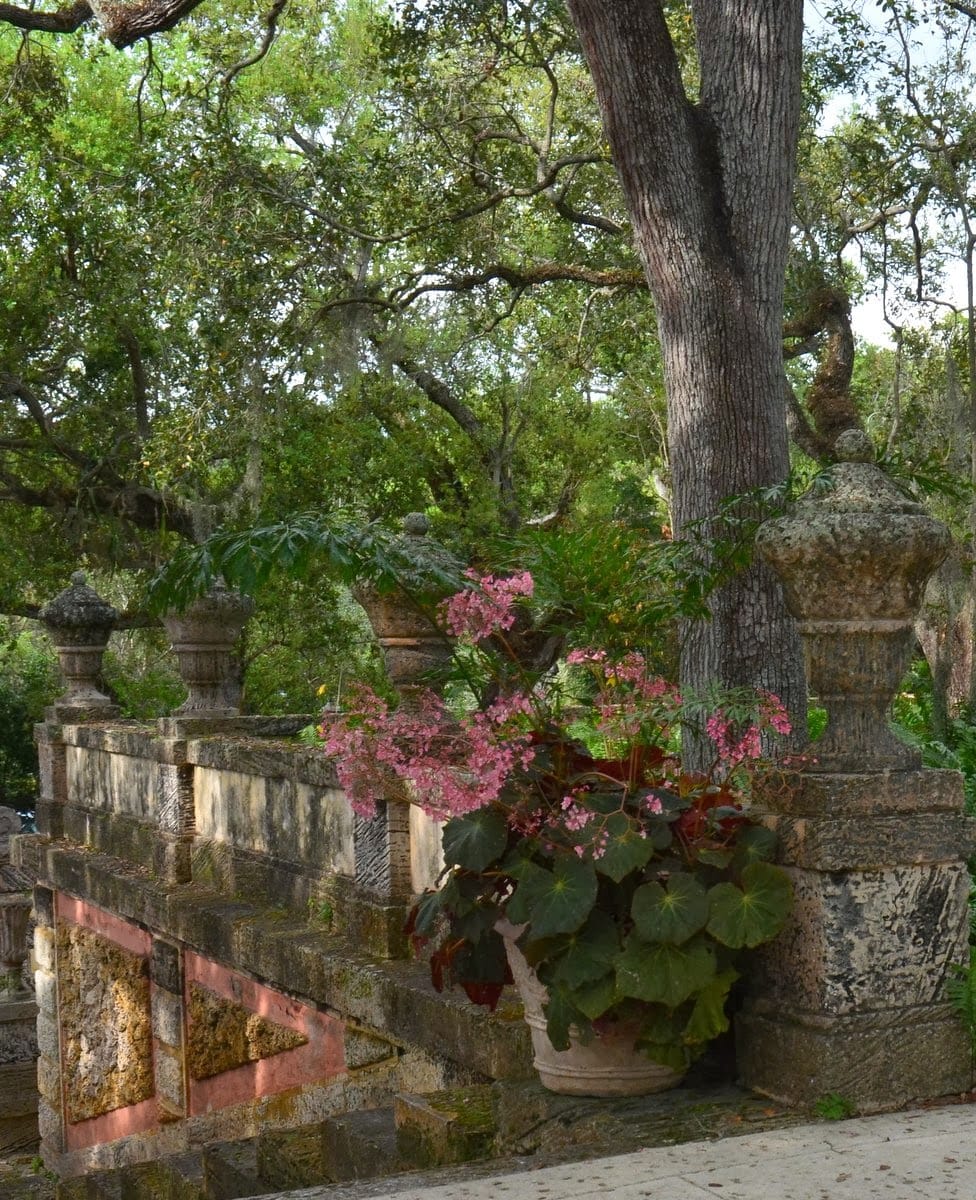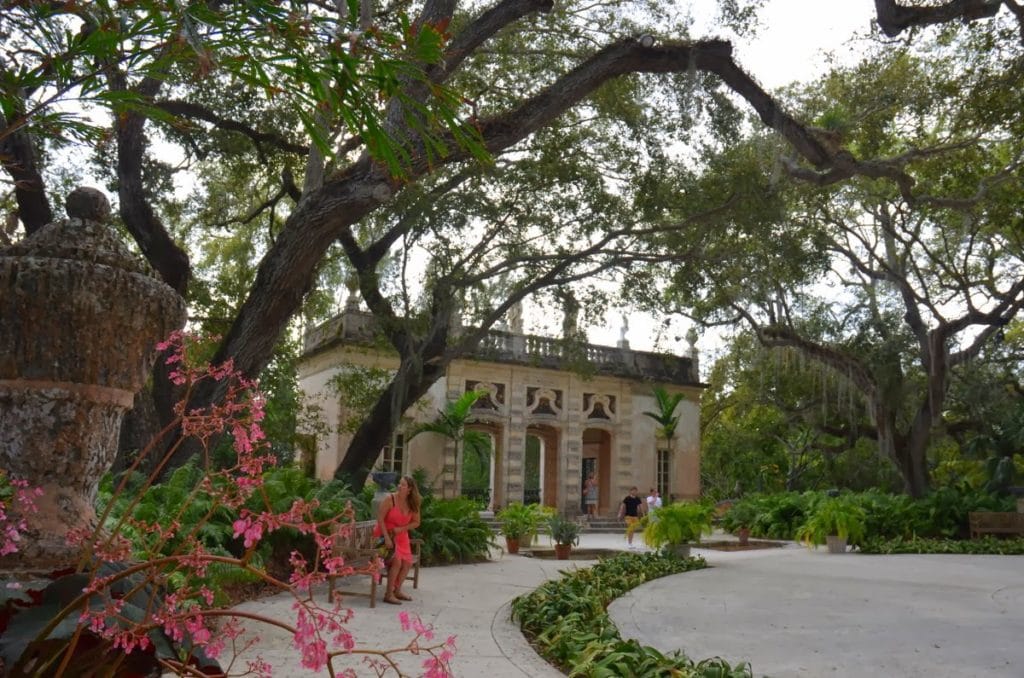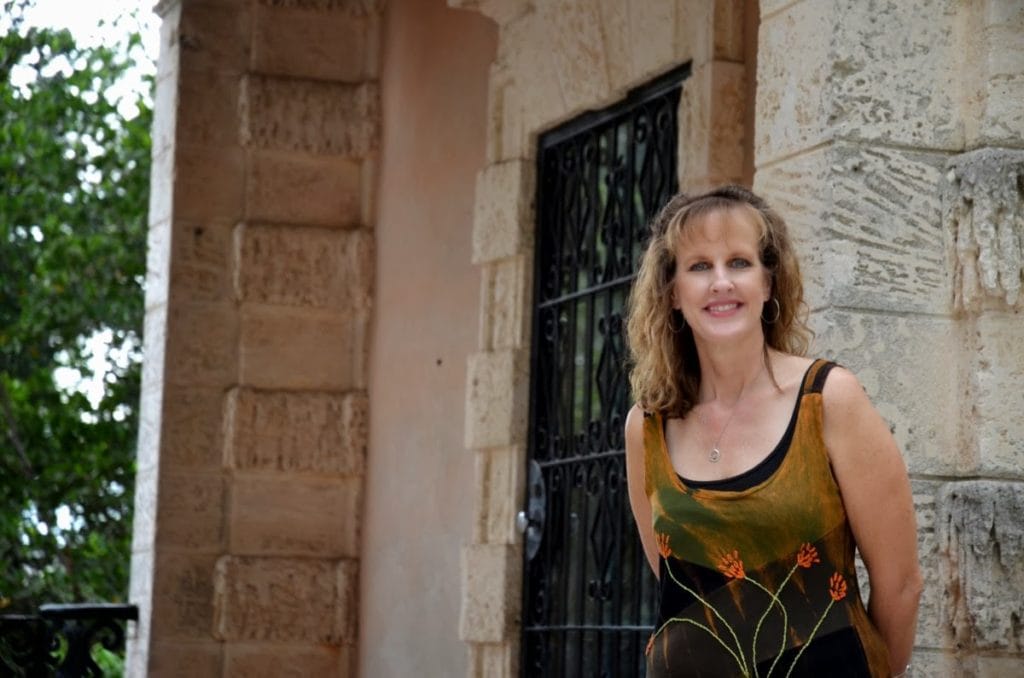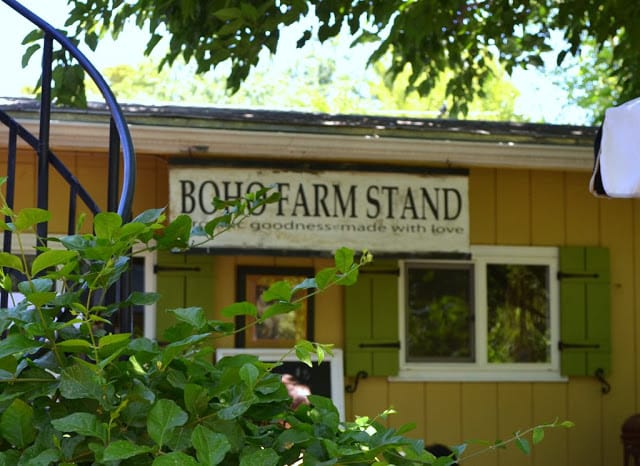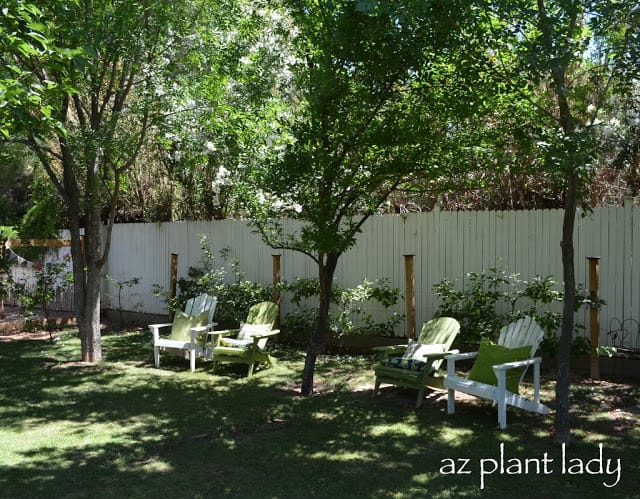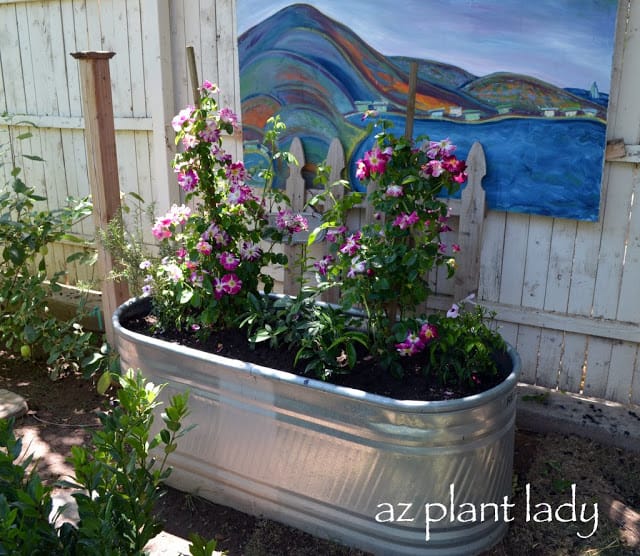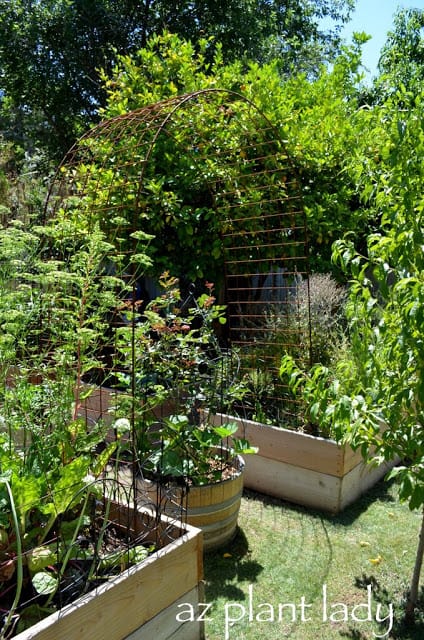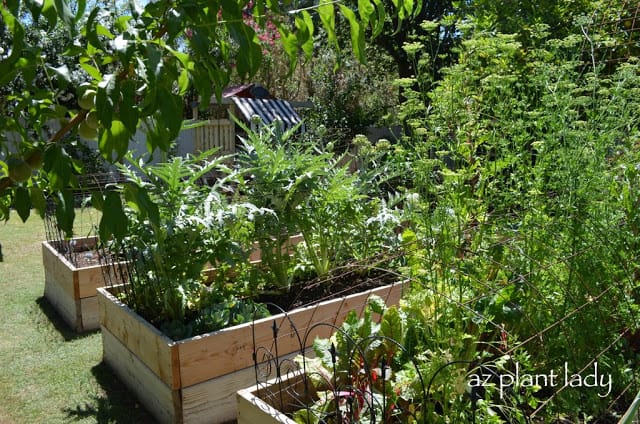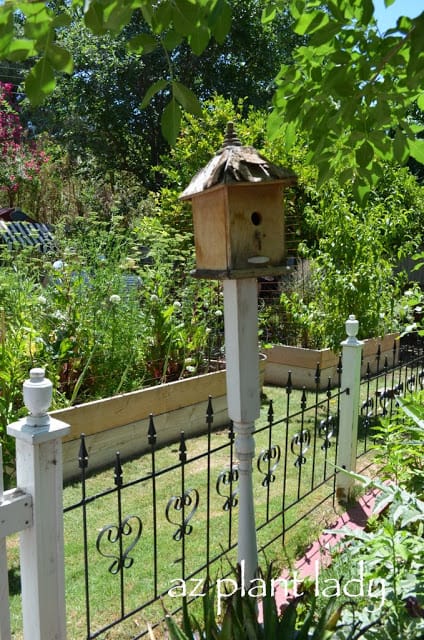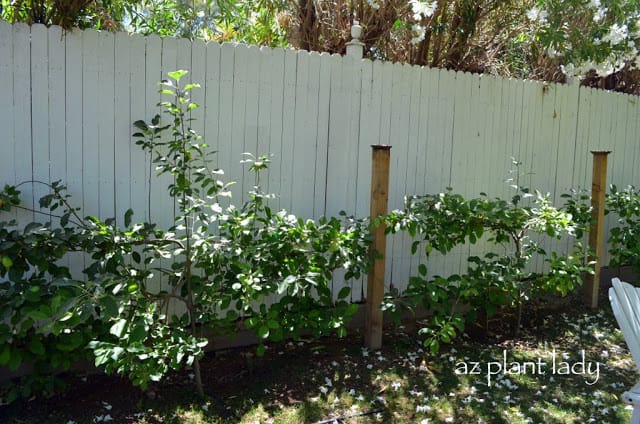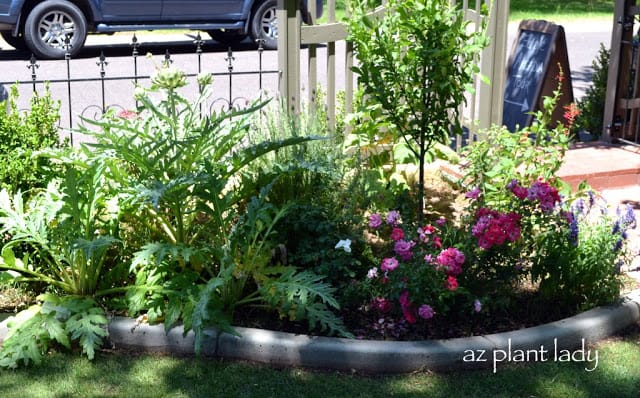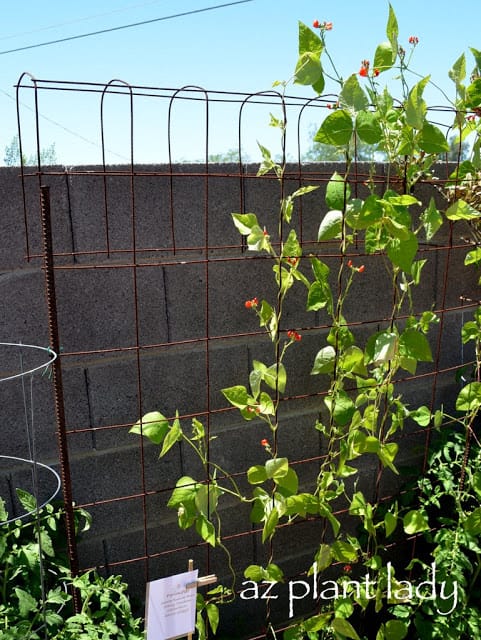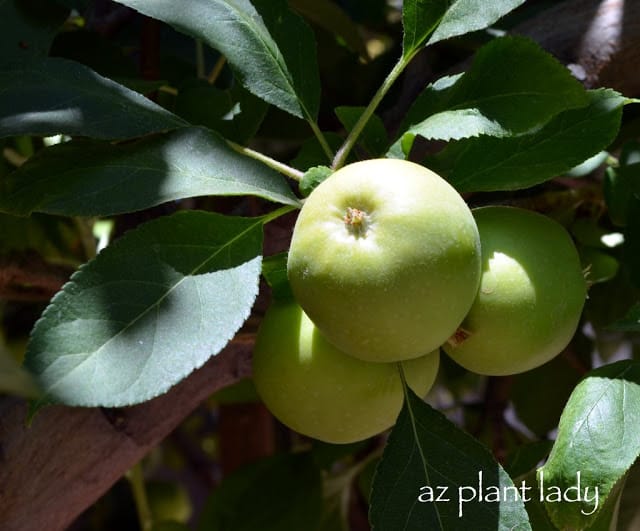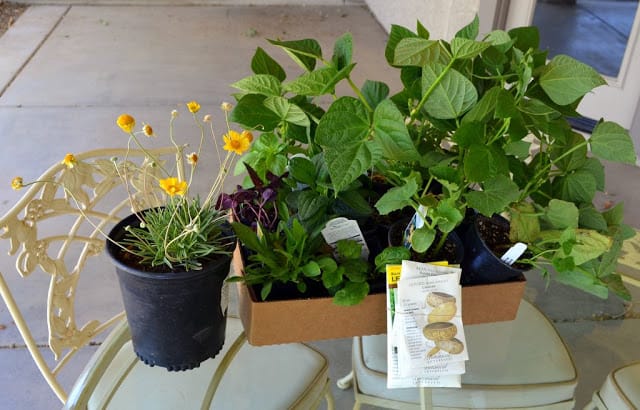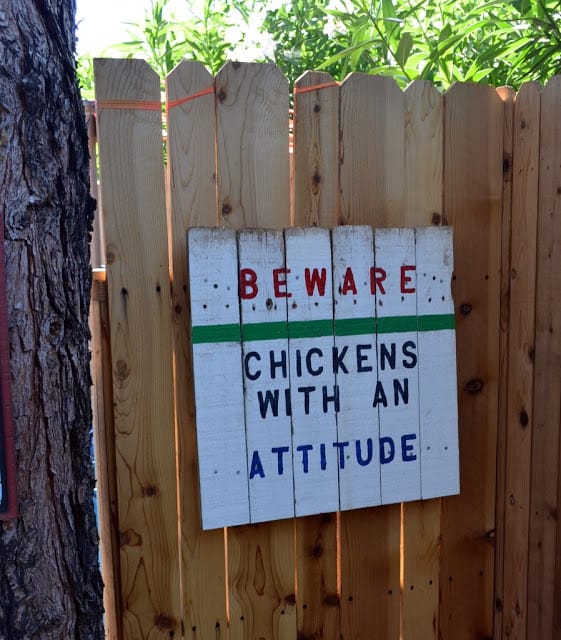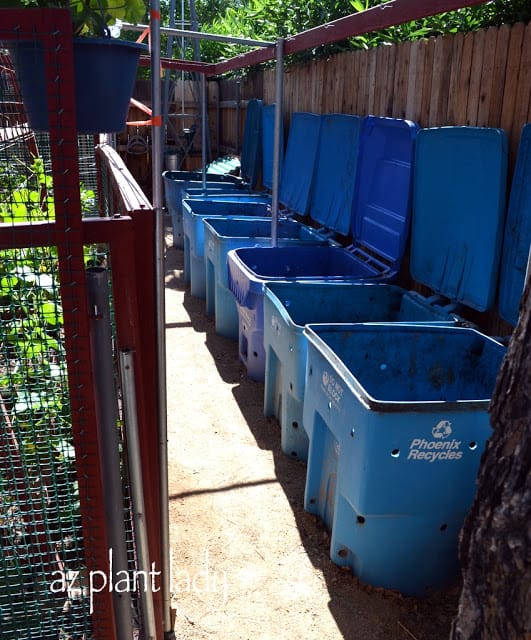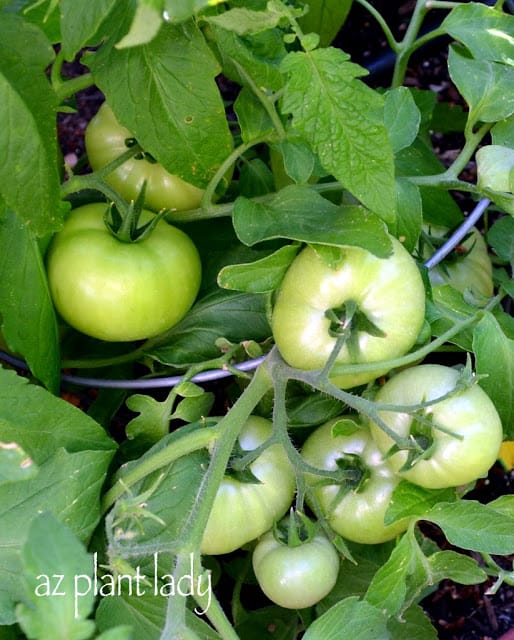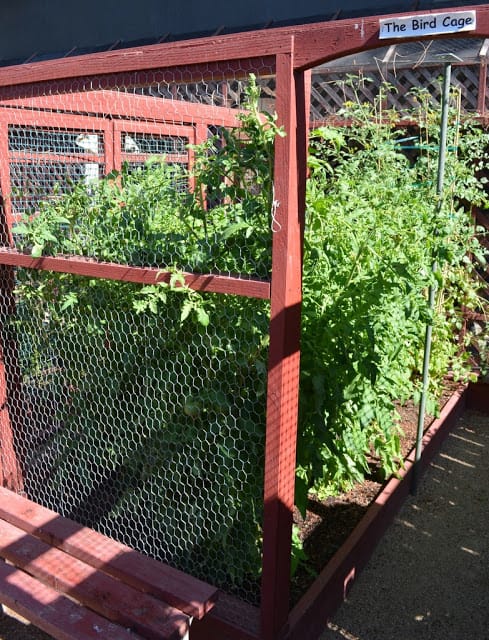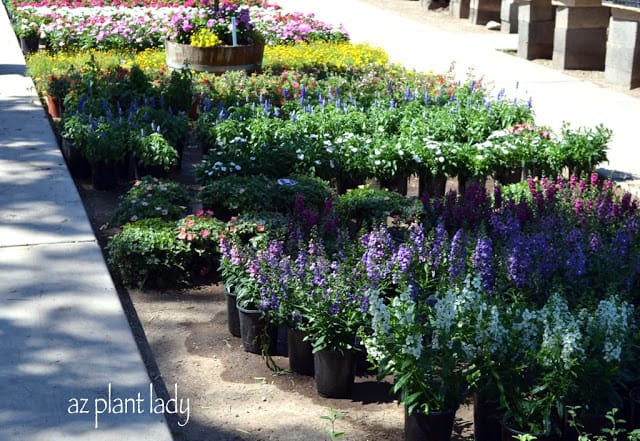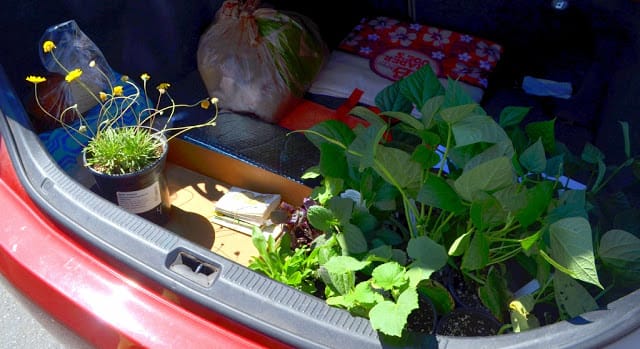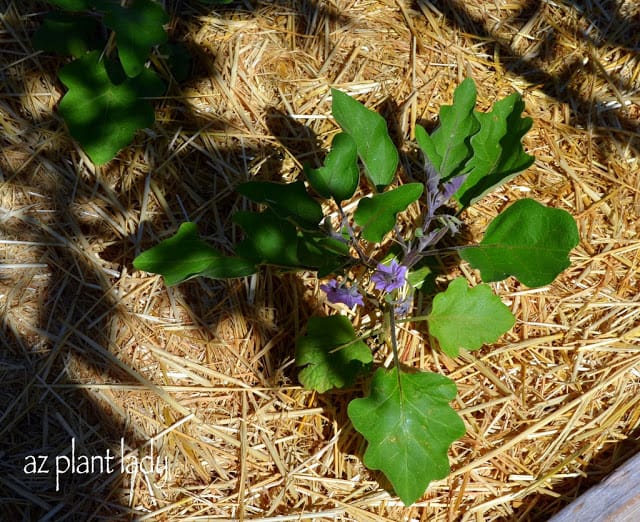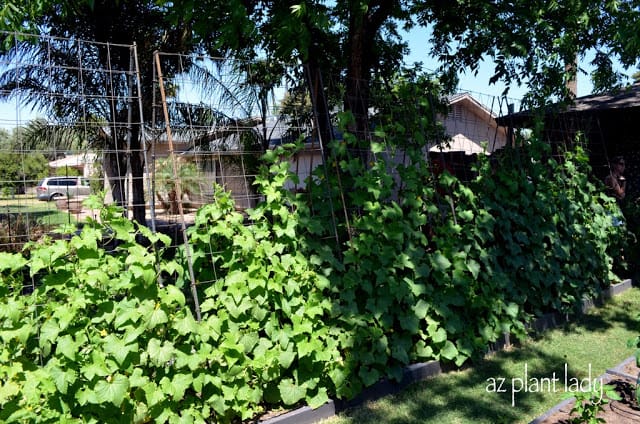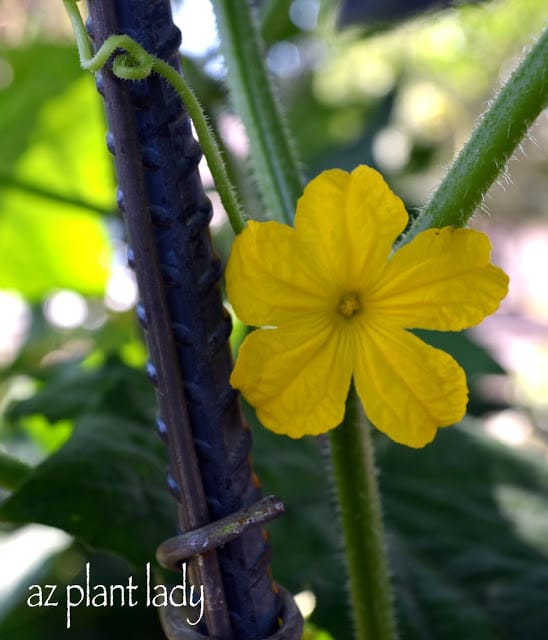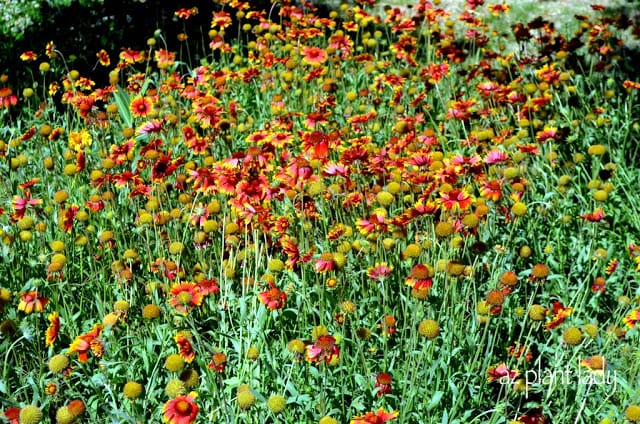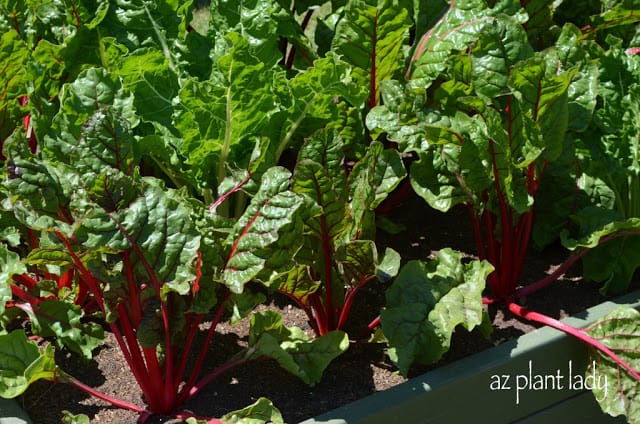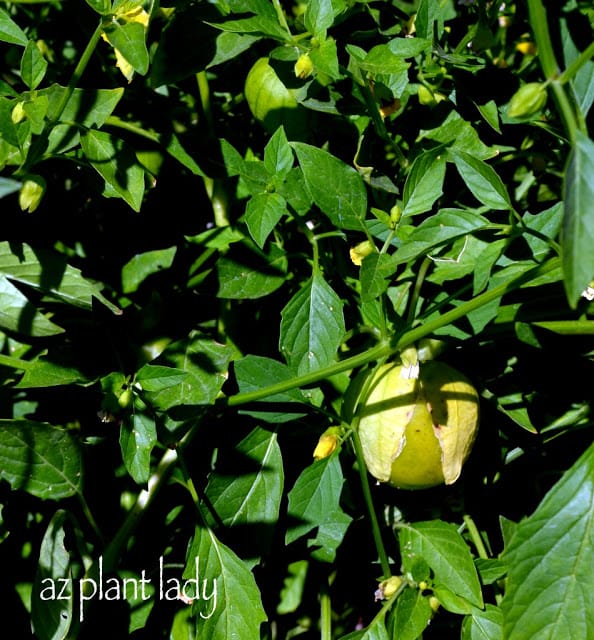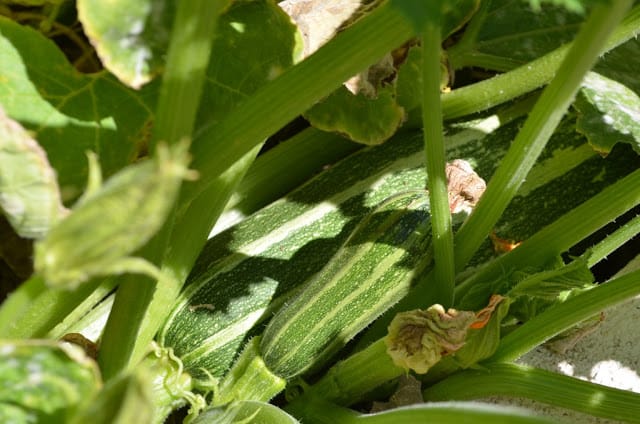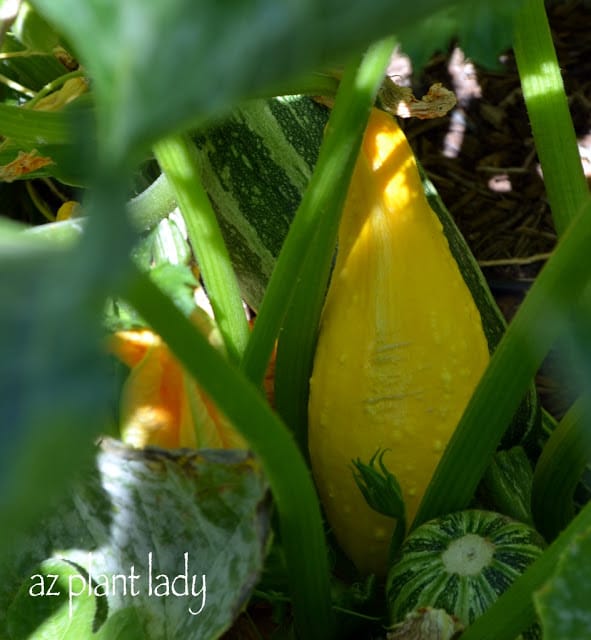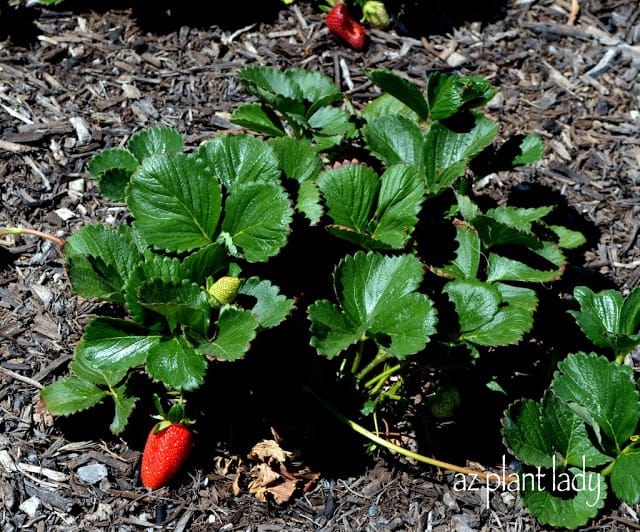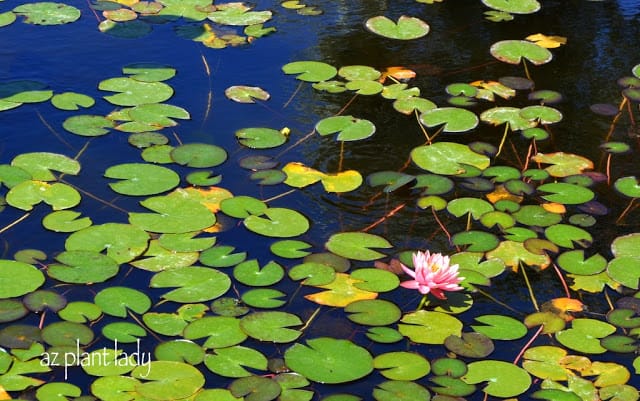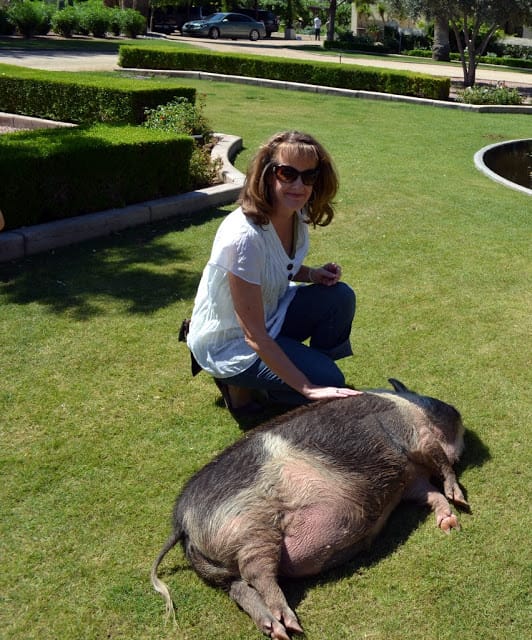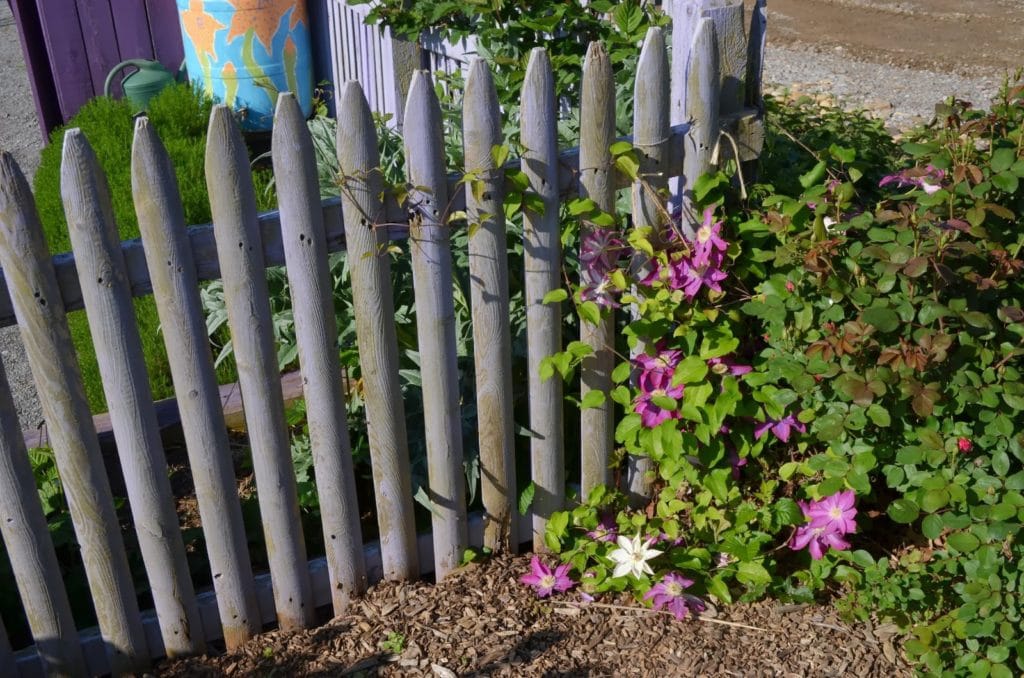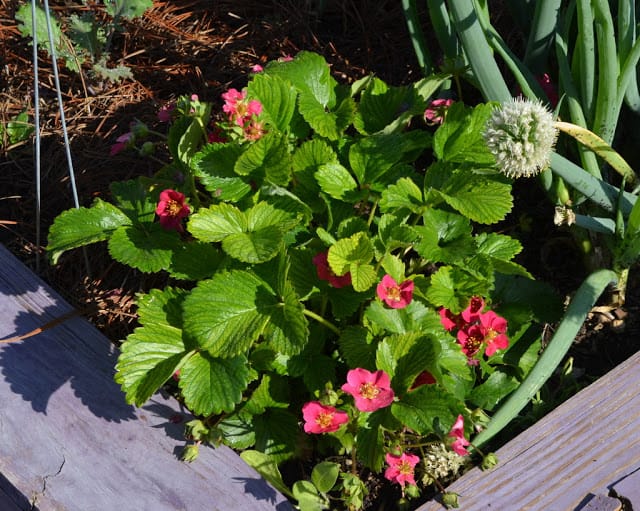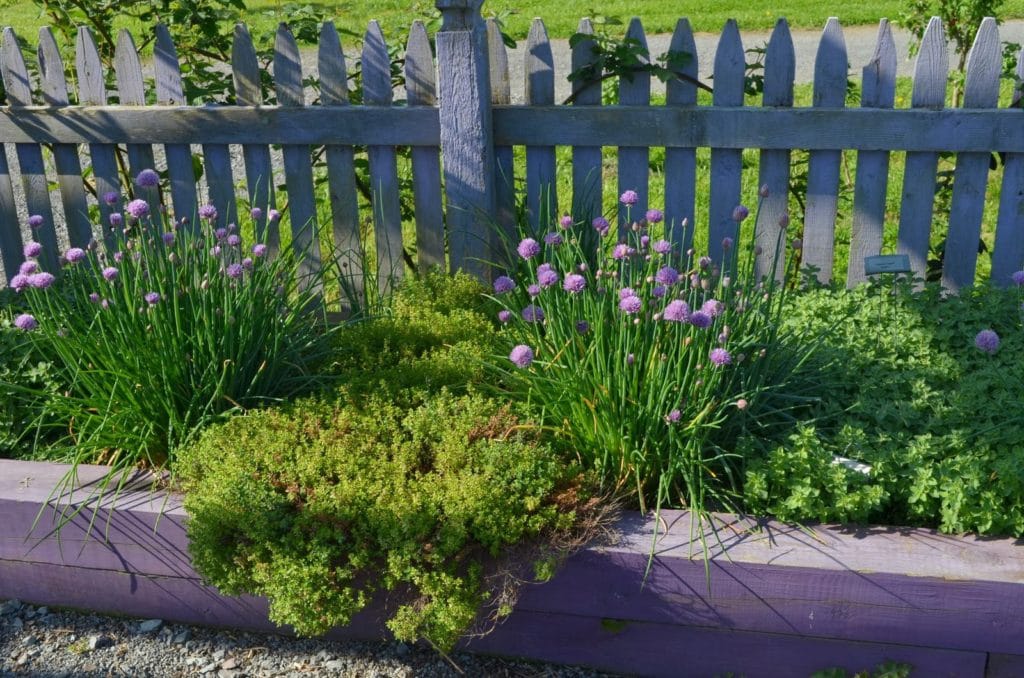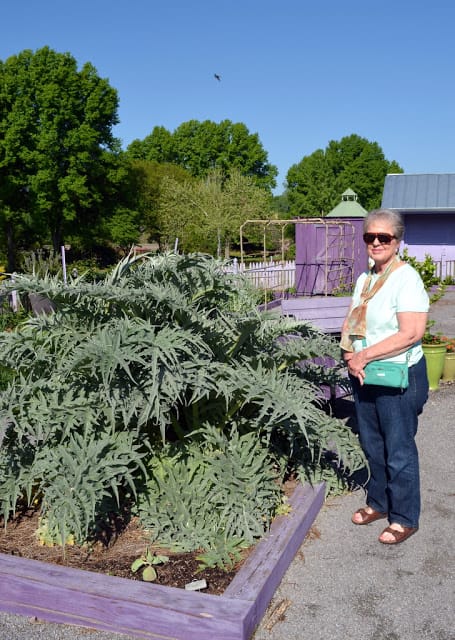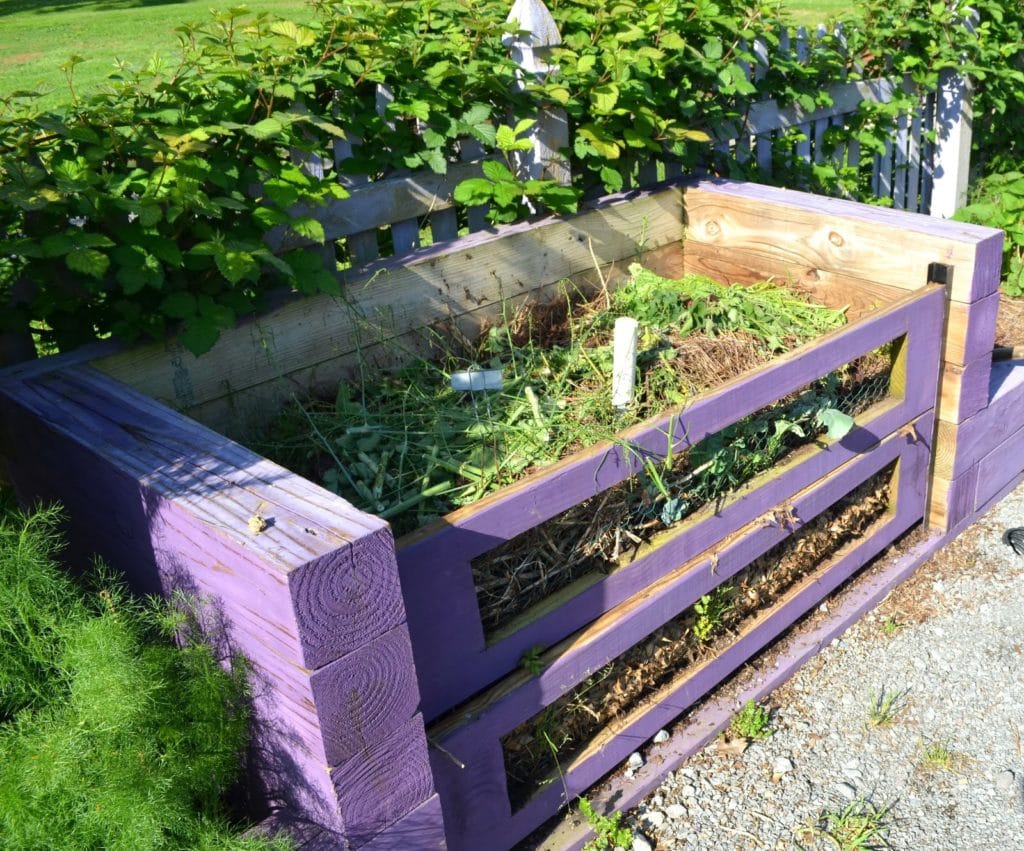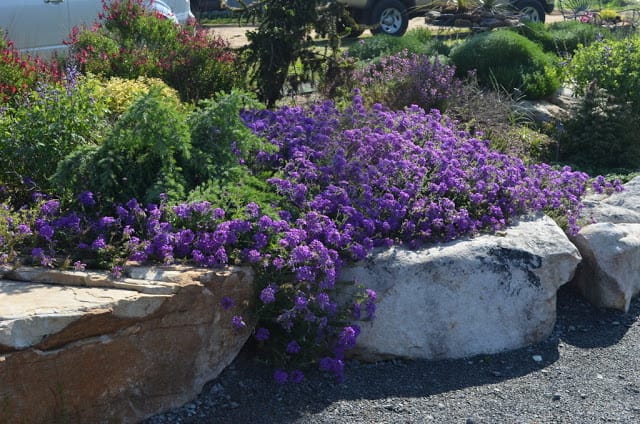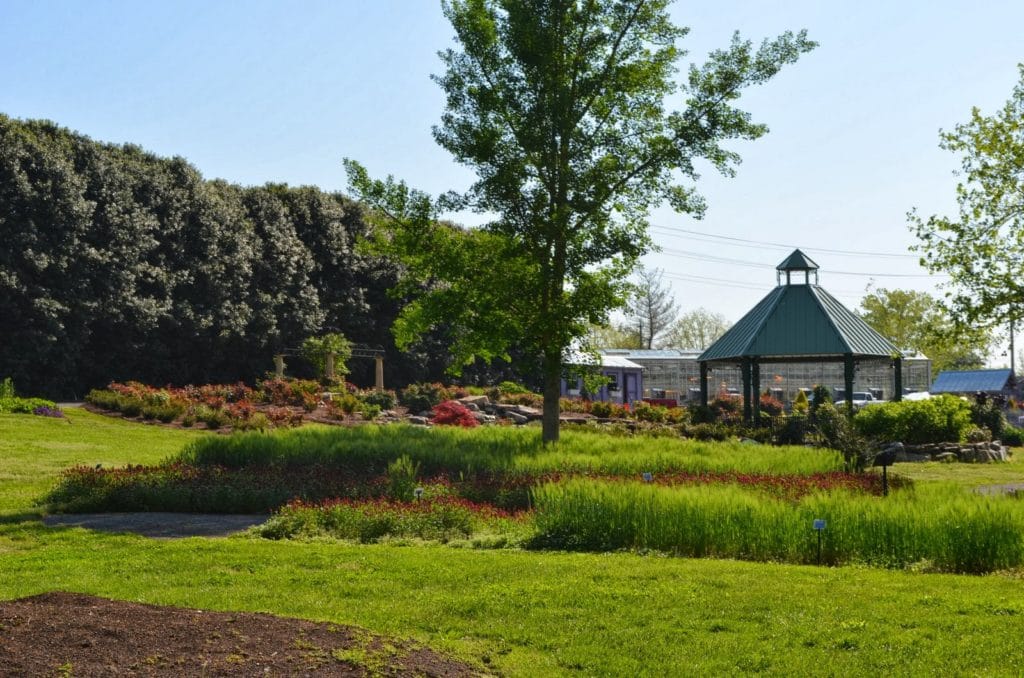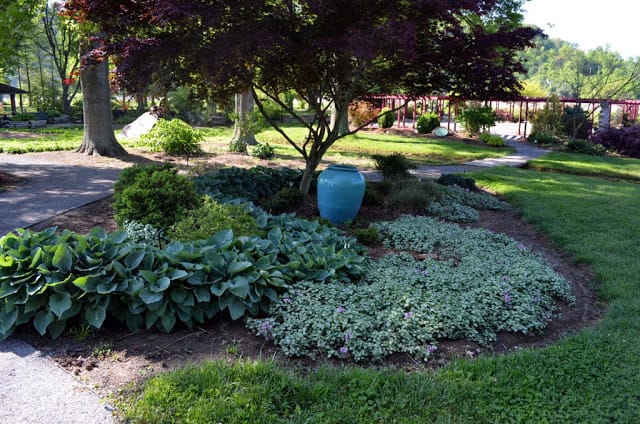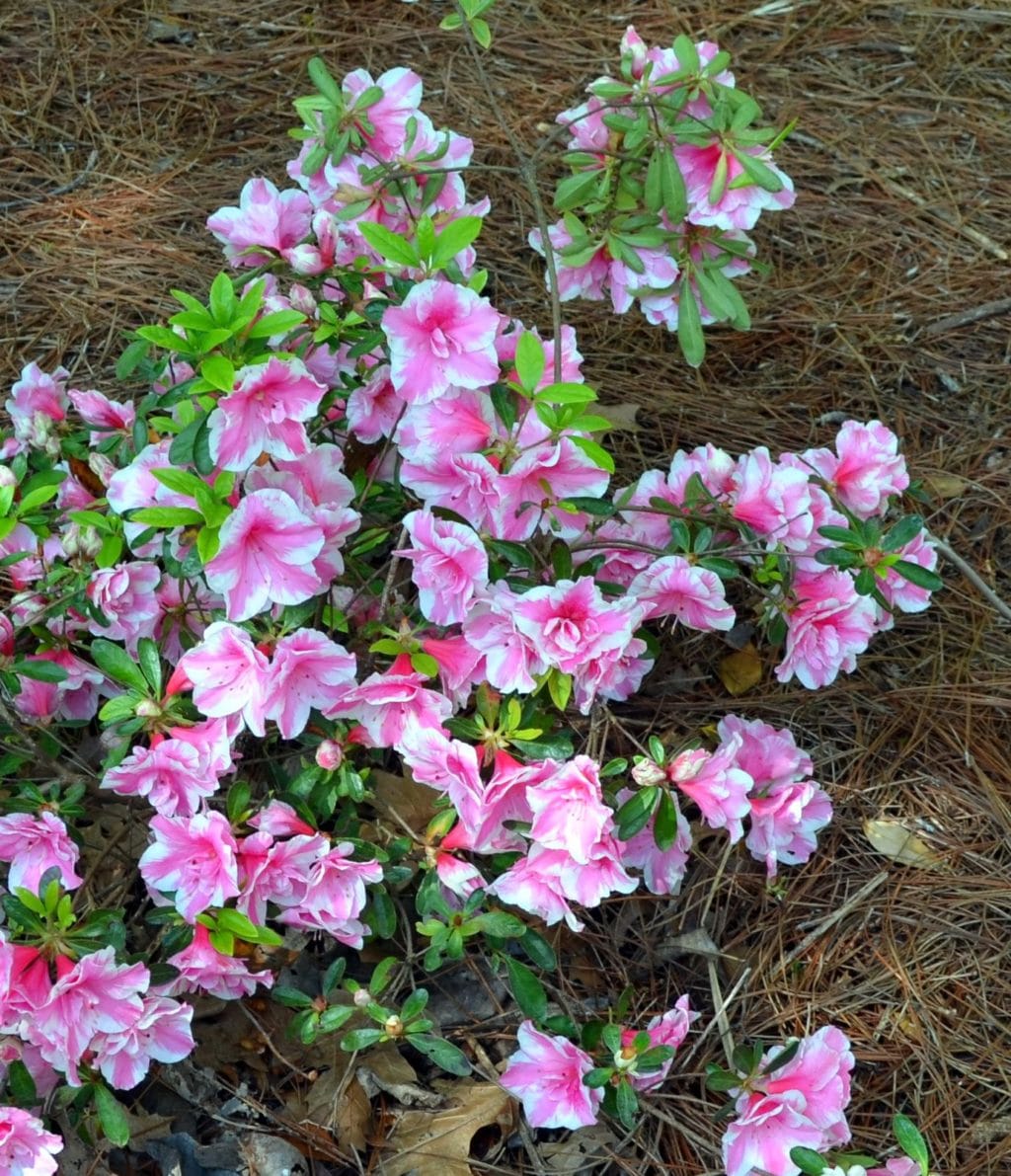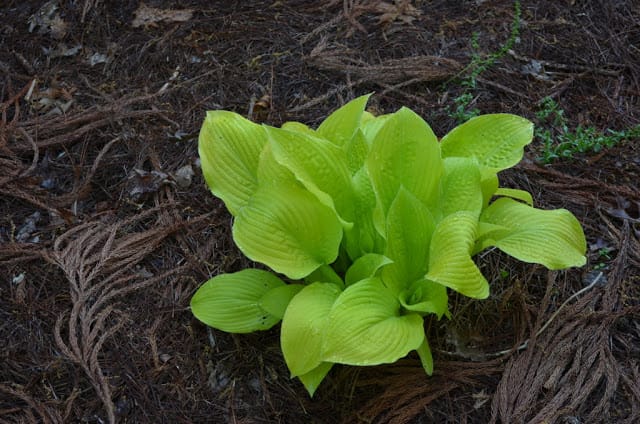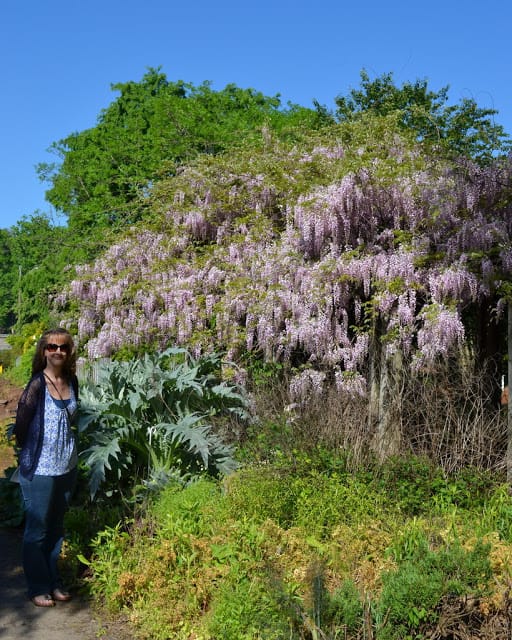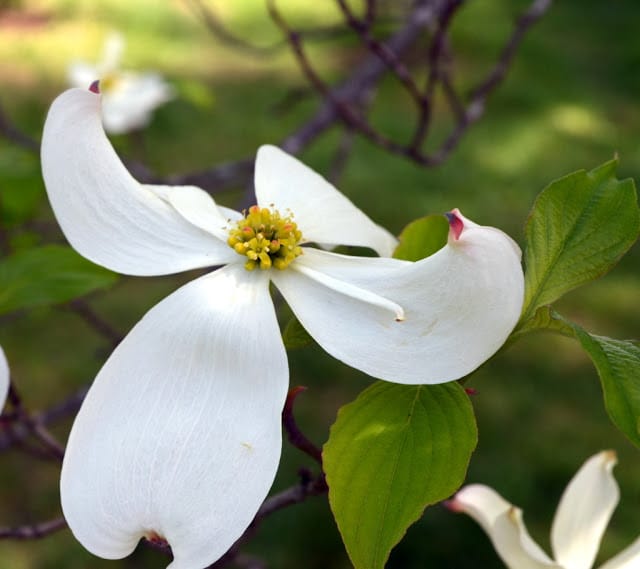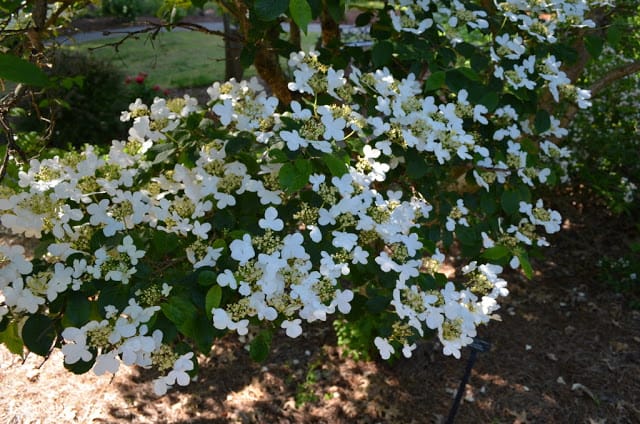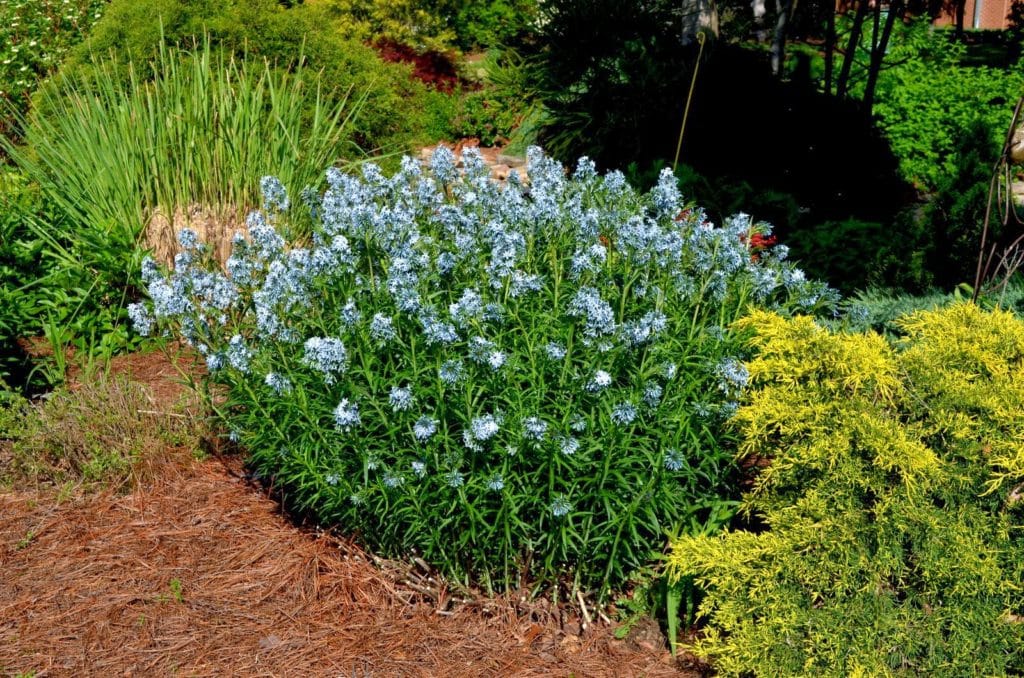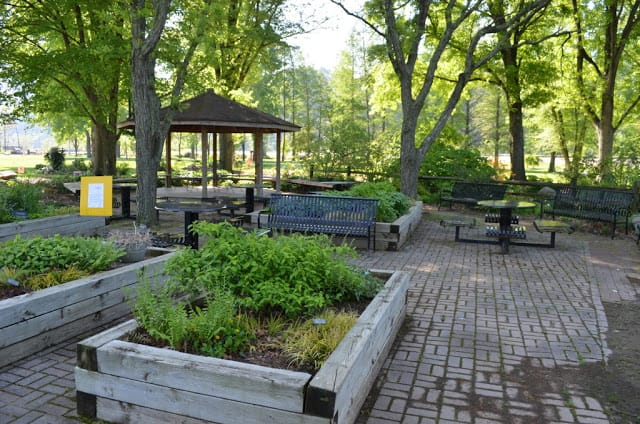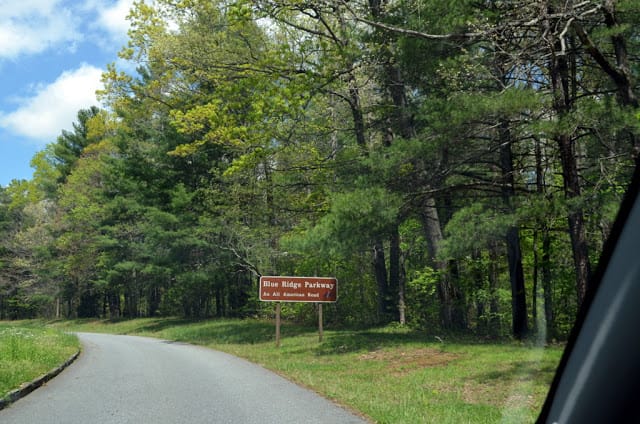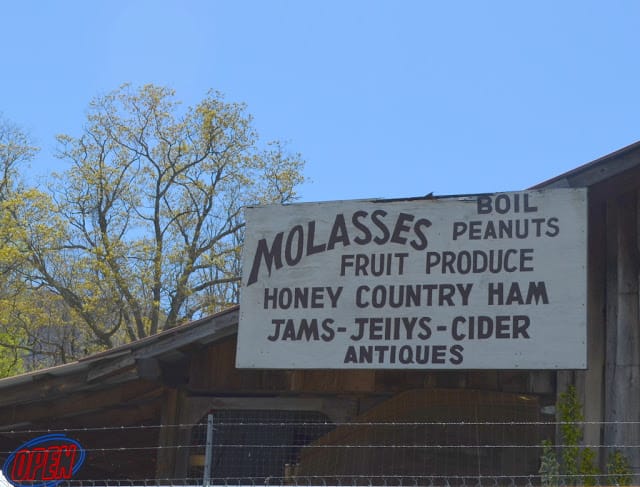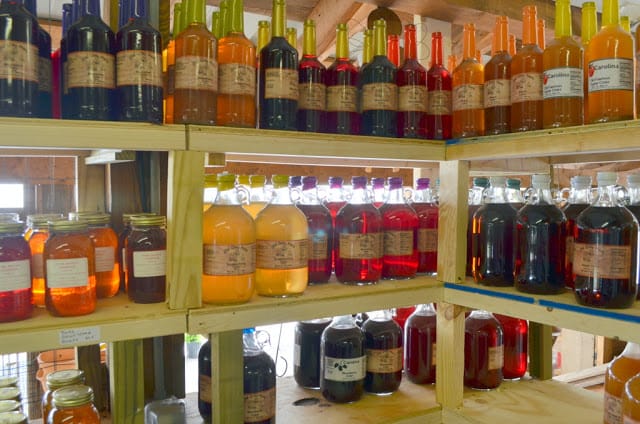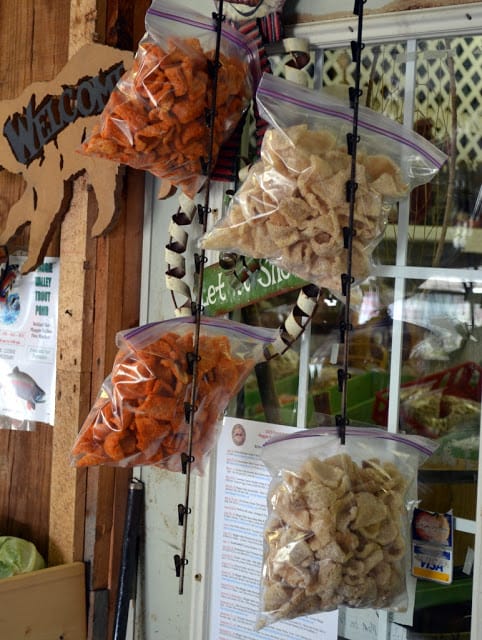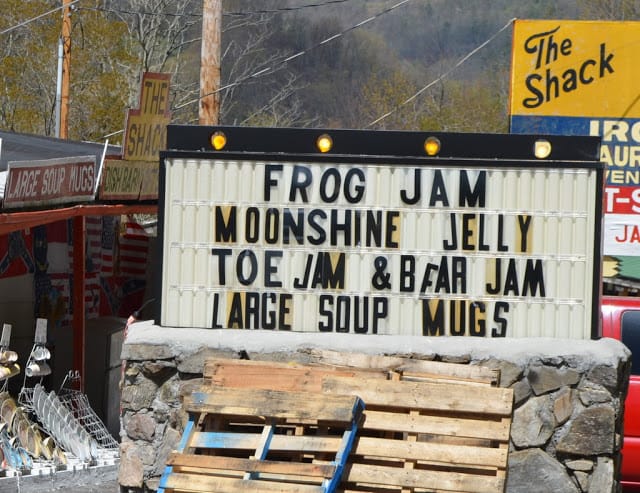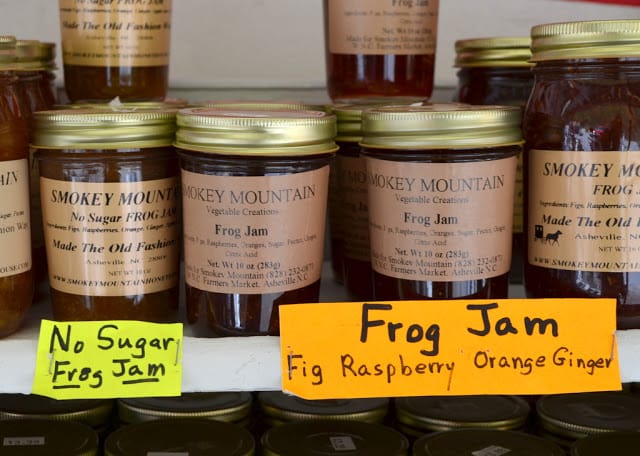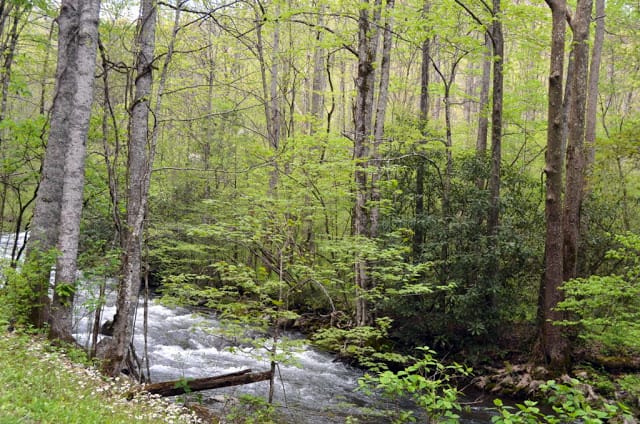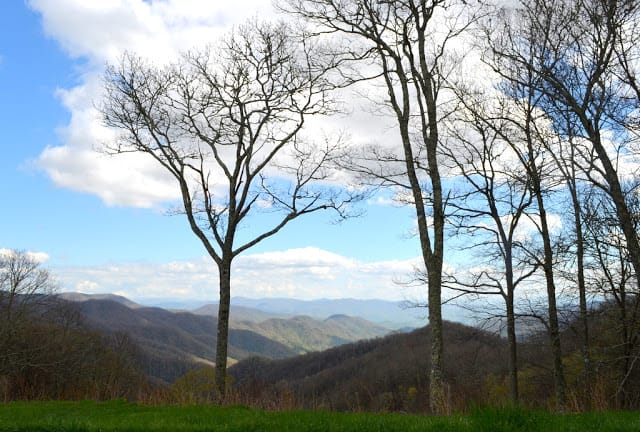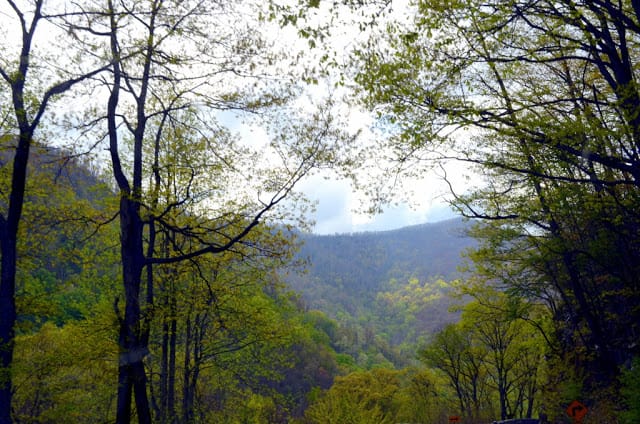Disclaimer: This garden adventure to Savannah was provided by Troy-Bilt at no cost to me, however, my thoughts and opinions are my own.
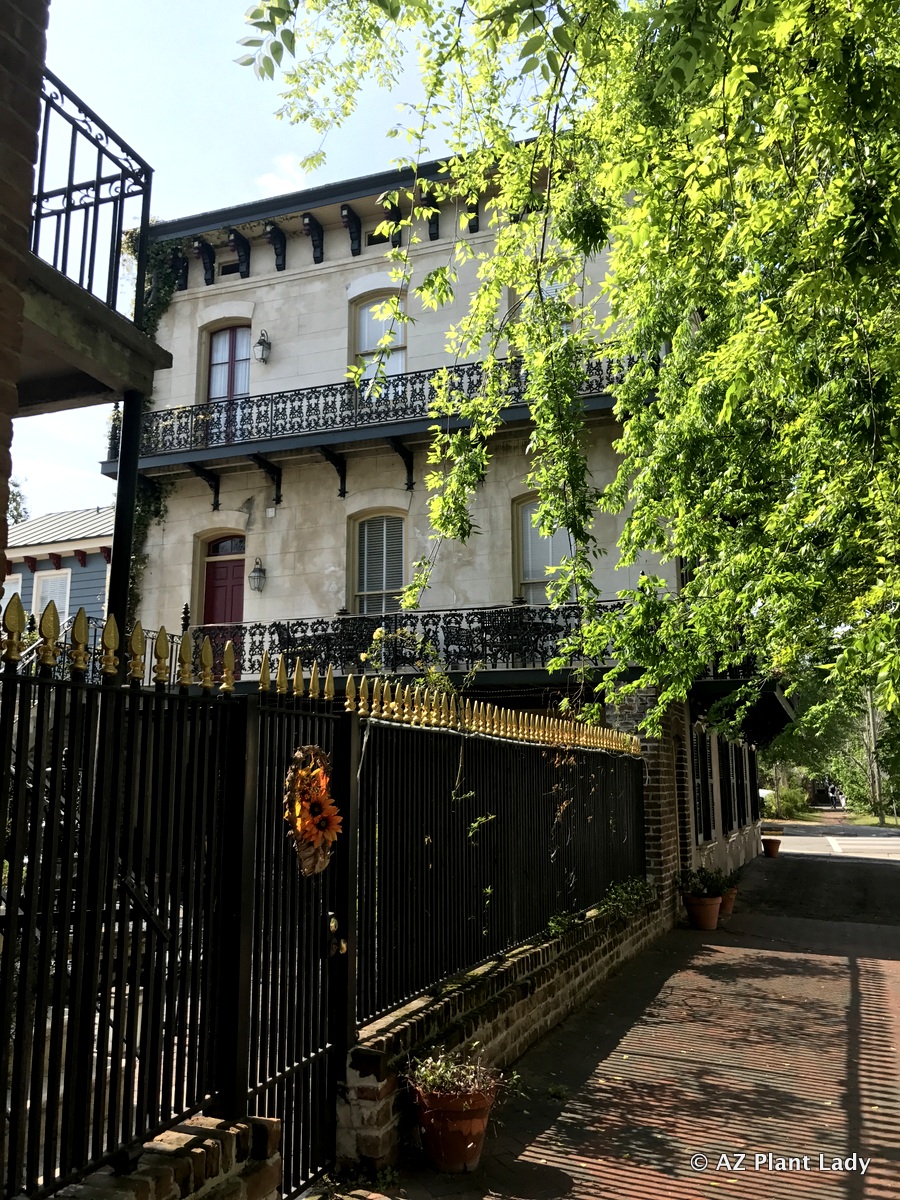
It is said that there are those who love to travel and those who love to garden. So what do you get when you pair the two together? A garden adventure!
For those of you who have followed my blog for awhile, the fact that I enjoy traveling is no secret, and I frequently share my travels with you all. This particular trip was to Savannah, Georgia along with the folks at Troy-Bilt, who I work with as a brand ambassador. Several garden bloggers from across the country are brought together to learn about the latest Troy-Bilt products, tour a garden, and participate in a service project, all of which, take place within 2-3 days.
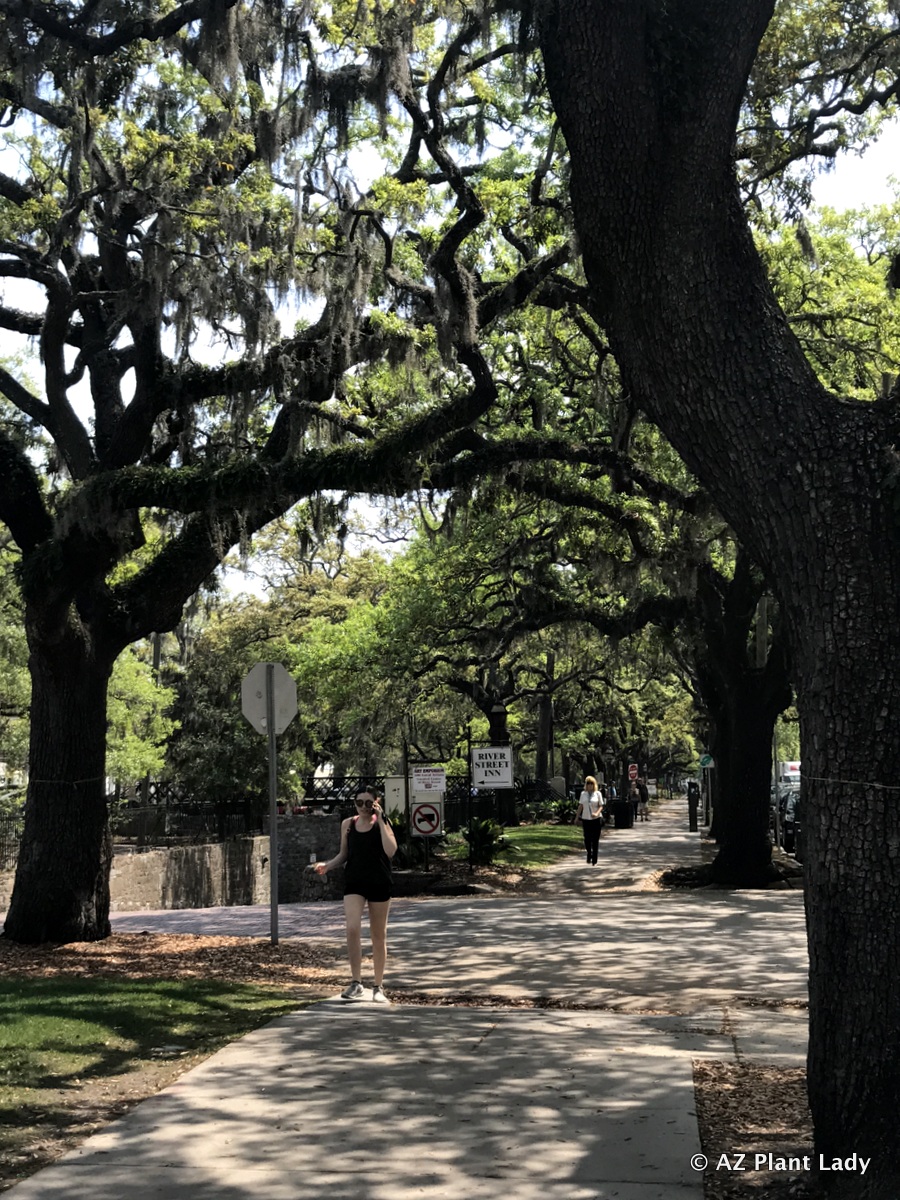
This is my third outing with Troy-Bilt, and I was thrilled to learn that this year’s event was in Savannah. I had visited once before and could hardly wait to revisit some of the same places as well as explore new ones in the little free time that I had.
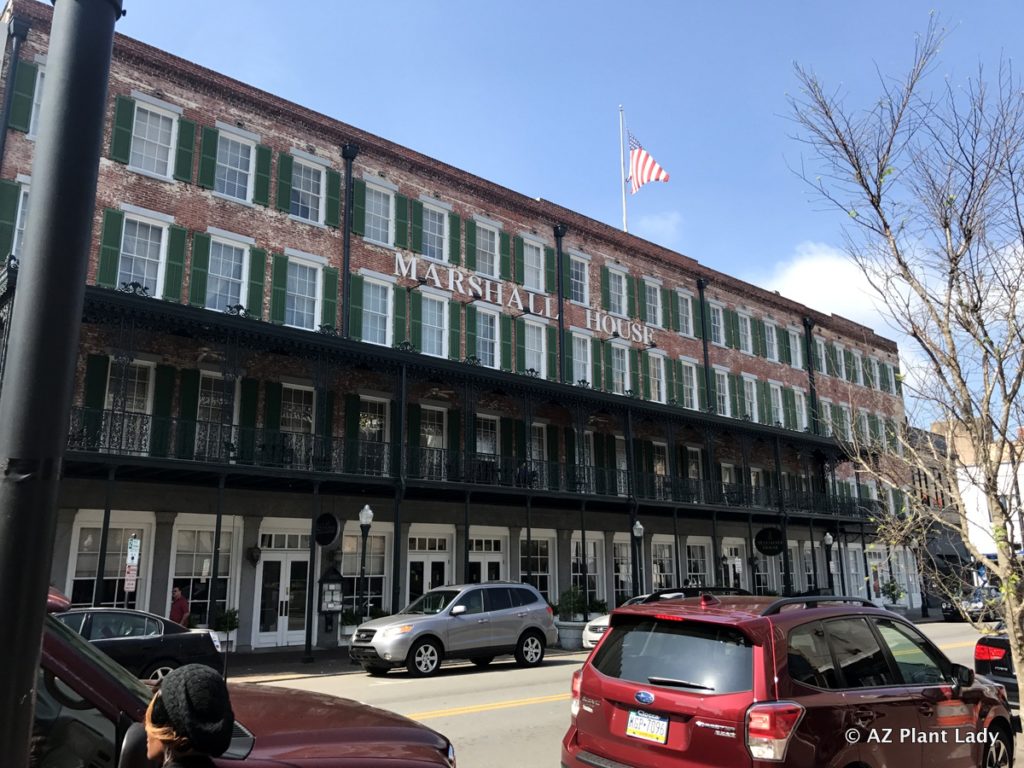
I arrived in Savannah the night before and didn’t have a meeting until later in the afternoon, so I woke up ready to walk through the historic section of the city. For those of you who haven’t had the opportunity to visit this city, it is quintessentially southern filled with period architecture and beautifully restored buildings.
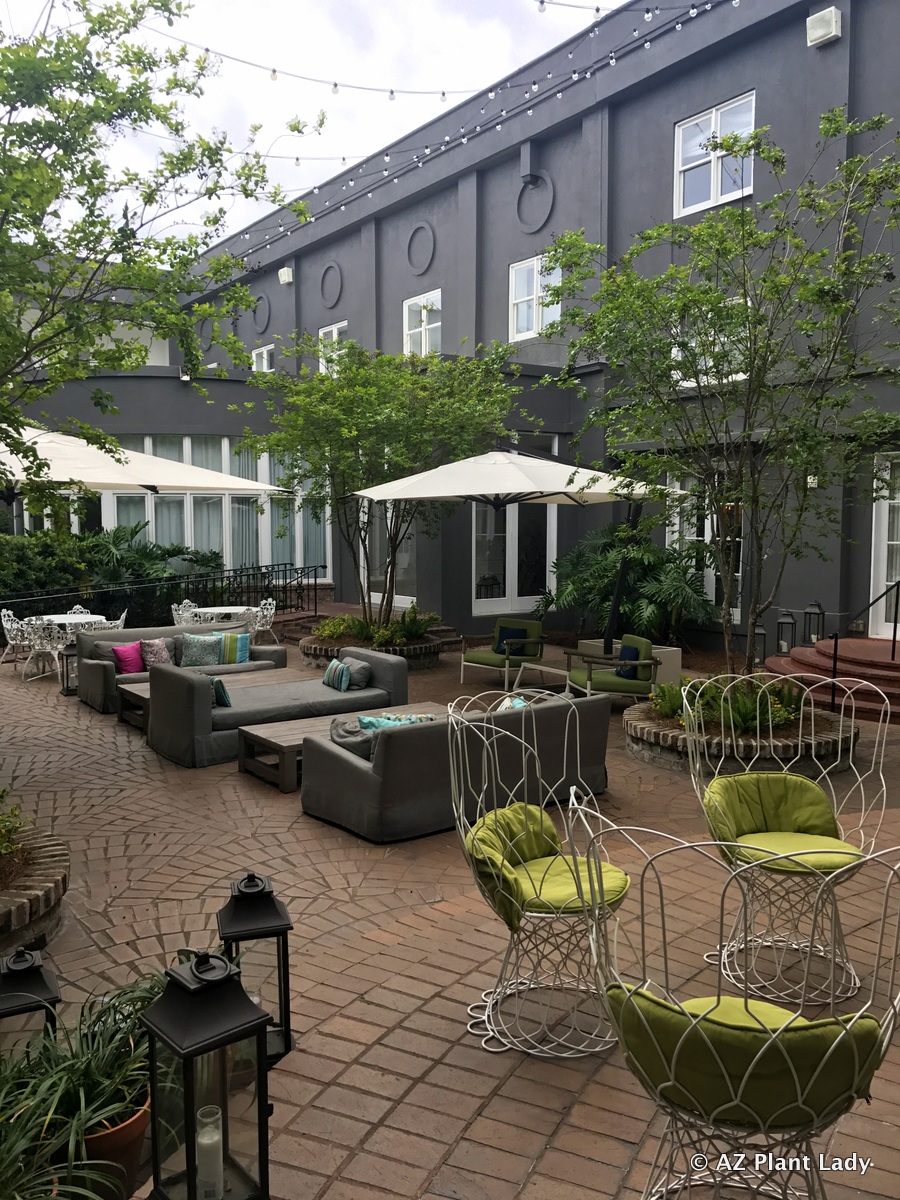
Our hotel, The Brice, is a lovely hotel in a historic building right in downtown Savannah. All you need is a comfortable pair of walking shoes, and you can walk to most of the popular destinations.
I must confess that I felt particularly liberated and free as I began my walk. There was no work that I had to attend to, no kids to take care of – just three hours of free time to do whatever I wanted, which was to explore my surroundings.
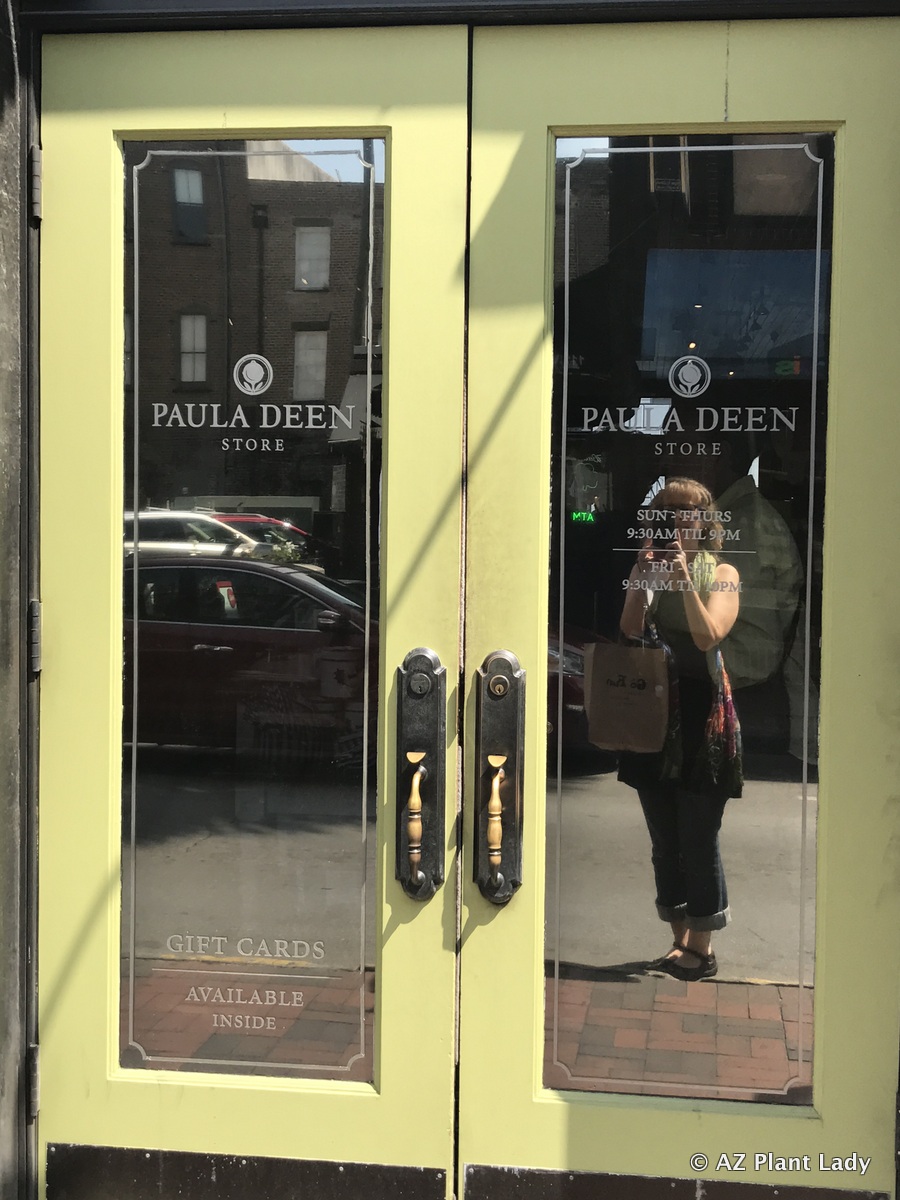
‘Window Selfie’
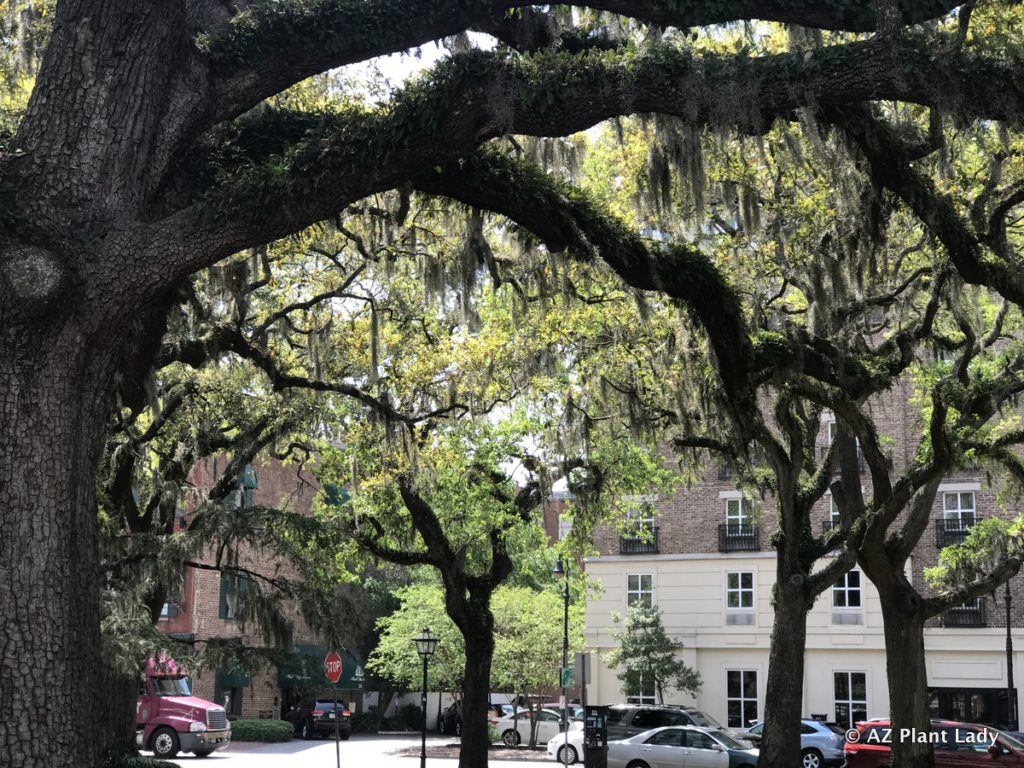
Whenever I travel, I like to observe the plants of the region. In the warm regions of the South, Spanish moss is the most iconic feature as it drapes across majestic oak trees.
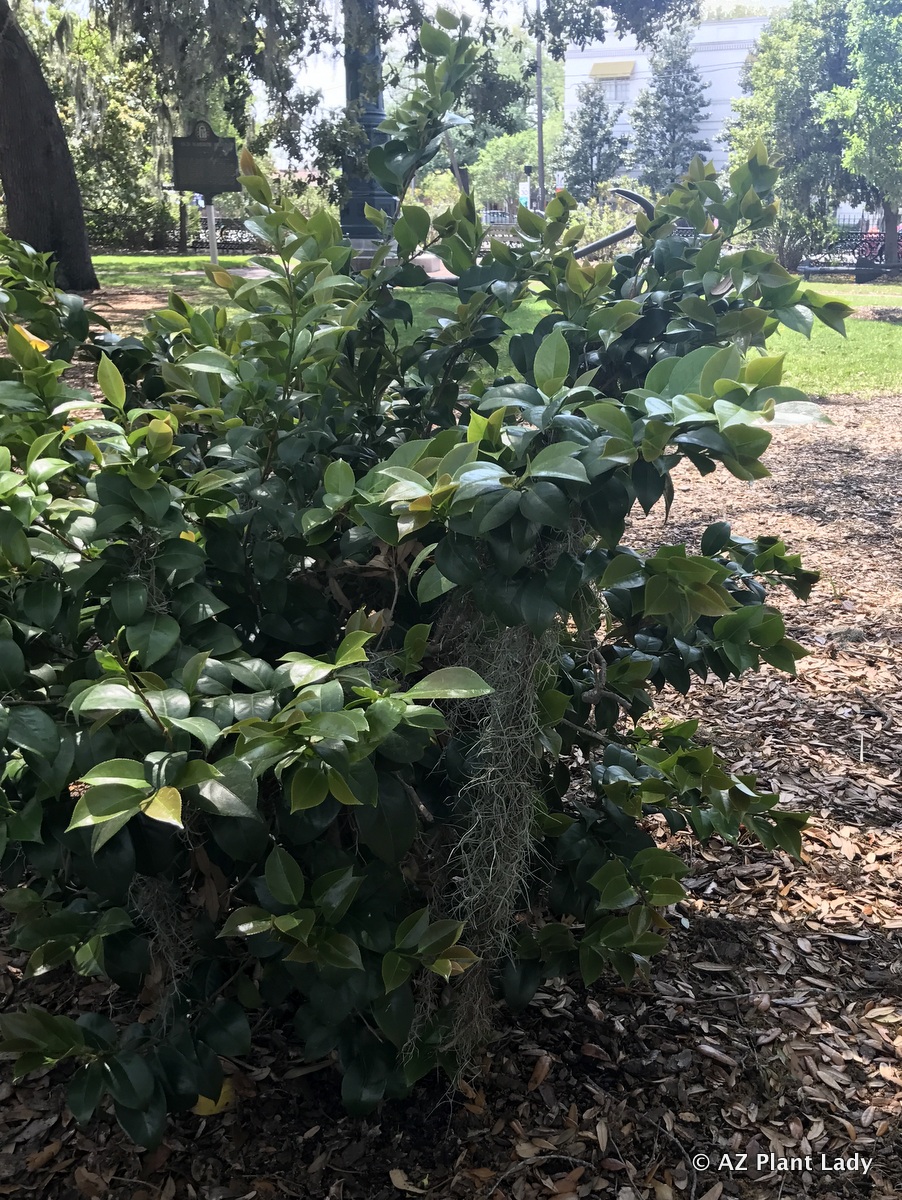
You can even find it intertwined on shrubs and other plants. Spanish moss isn’t really a moss, but rather an ‘epiphyte’ that receives the nutrients and moisture that it needs from the air. Unlike parasitic plants like mistletoe, Spanish moss doesn’t have roots and doesn’t take nutrients from other plants; they just hang from them. In fact, they are a type of air plant (Tillandsia).
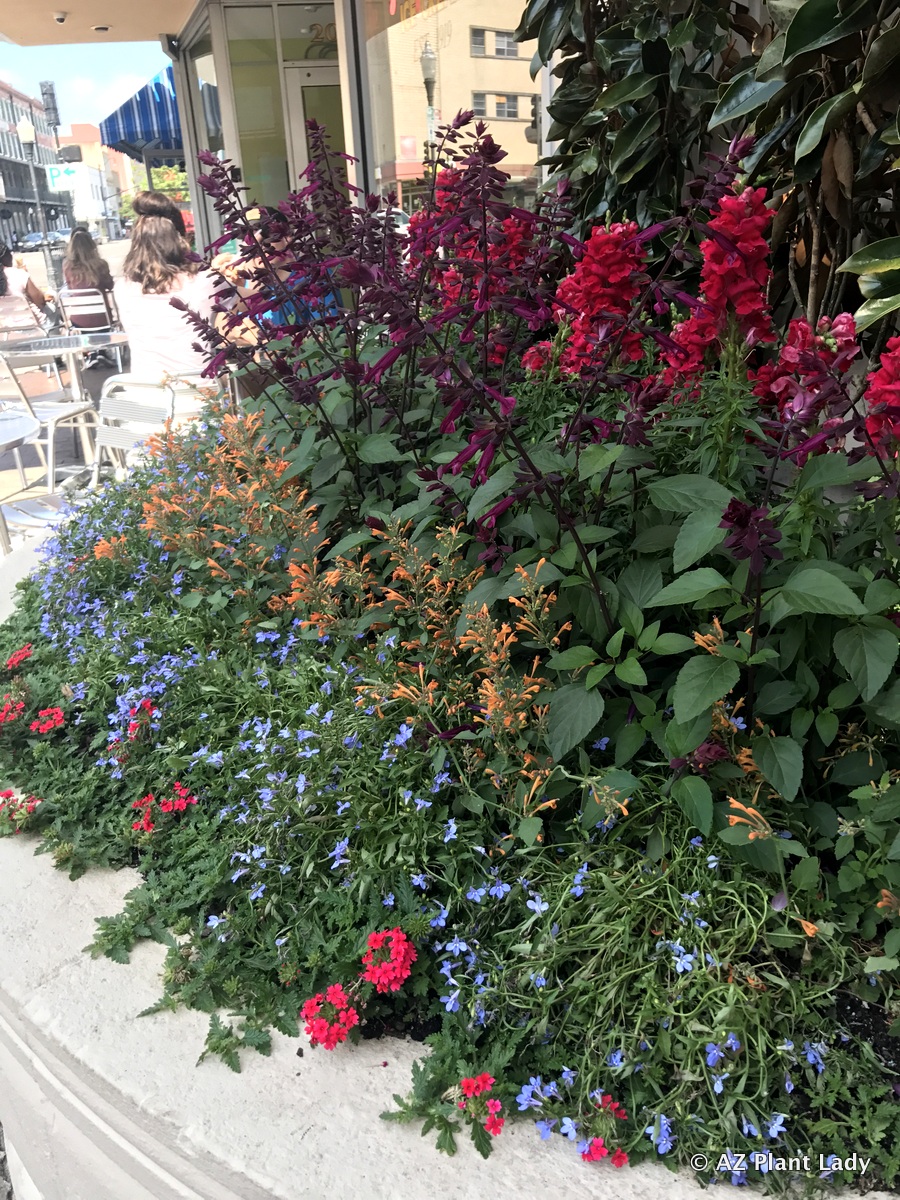
Planters were filled with luscious combinations of colorful annuals and perennials like this one planted with blue lobelia, red verbena, orange agastache, burgundy salvia, and snapdragons.
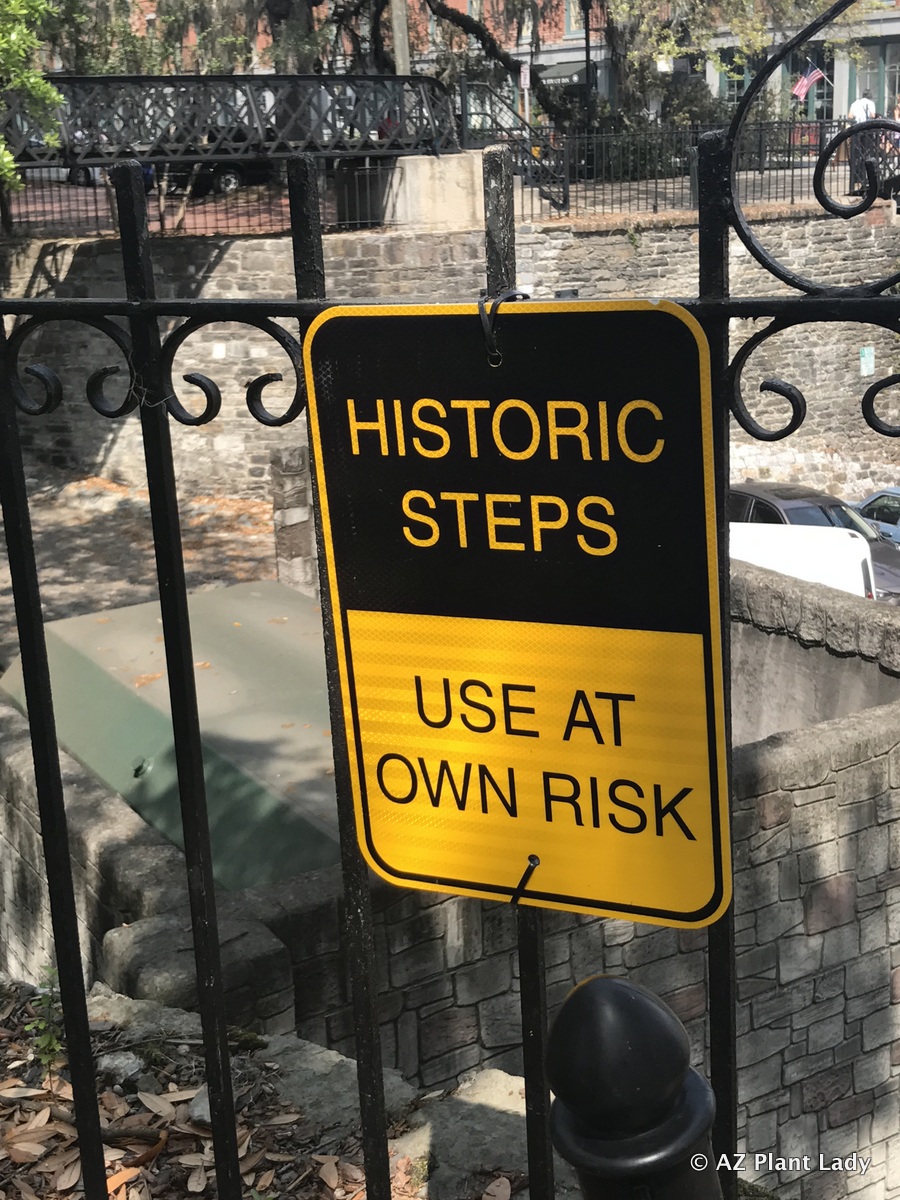
One of the many things that I like about traveling is to see historic buildings and landscapes as here in the Southwest; there are very few. For example, you probably wouldn’t see a sign like this in Arizona. I did climb the stairs by the way and didn’t fall.
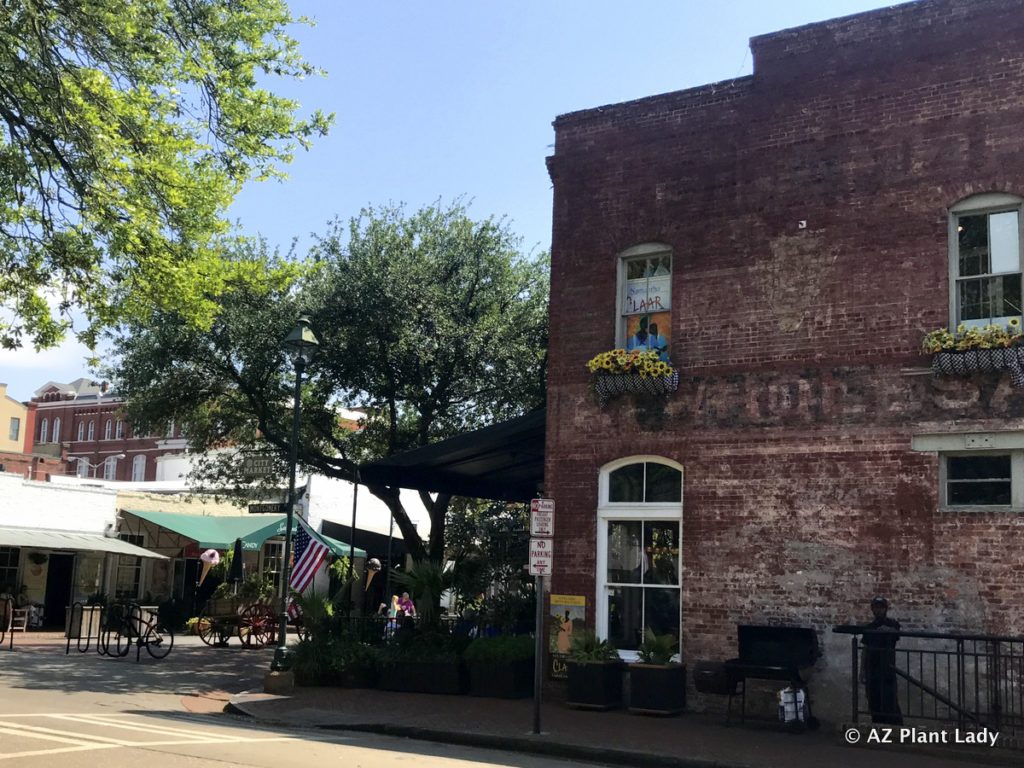
Downtown Savannah is filled with historic buildings and large oak trees that provide welcome shade. Unique shops and restaurants invite you to step inside and tempt you with their offerings.
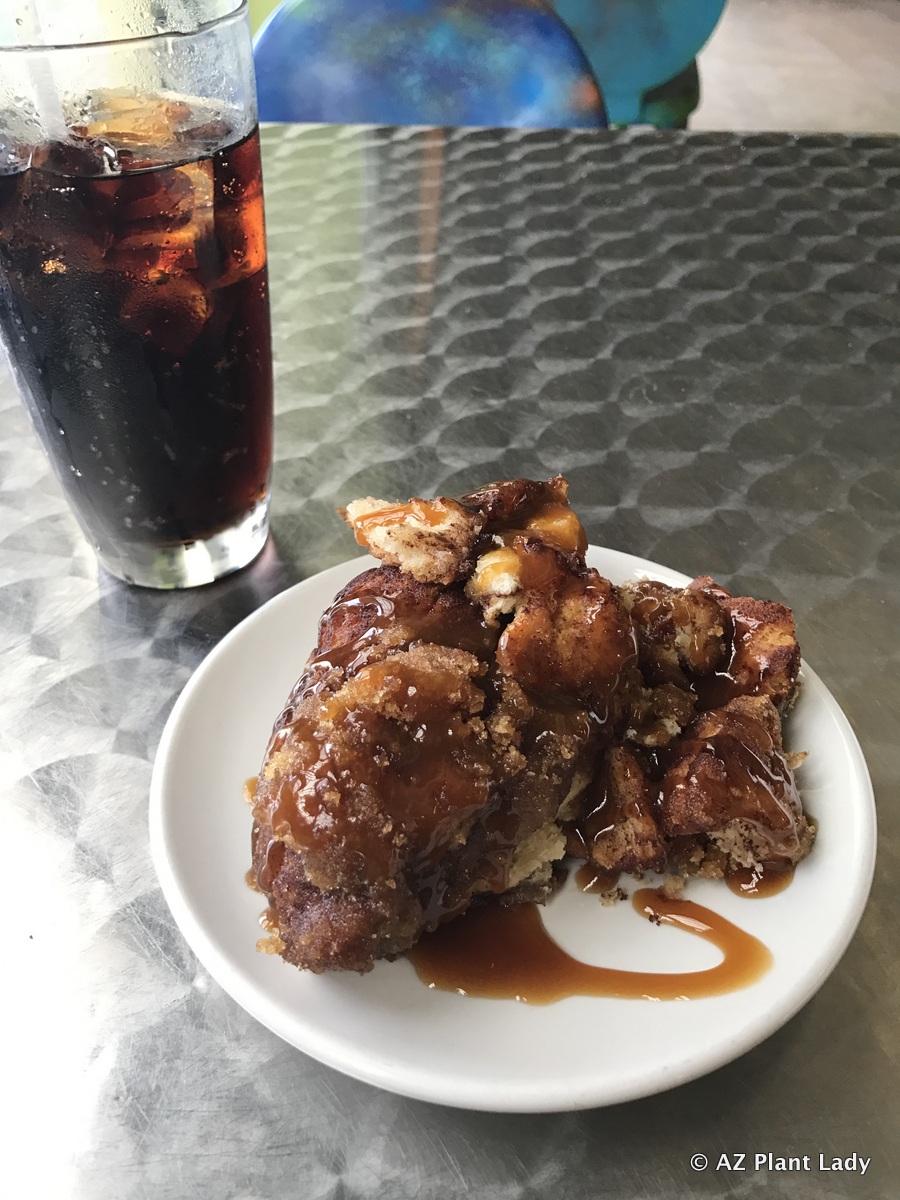
An example of the temptations that await is ‘Funky Bread,’ which is basically monkey bread – and delicious! I must say that I didn’t plan on eating something so fattening for breakfast – but I did!
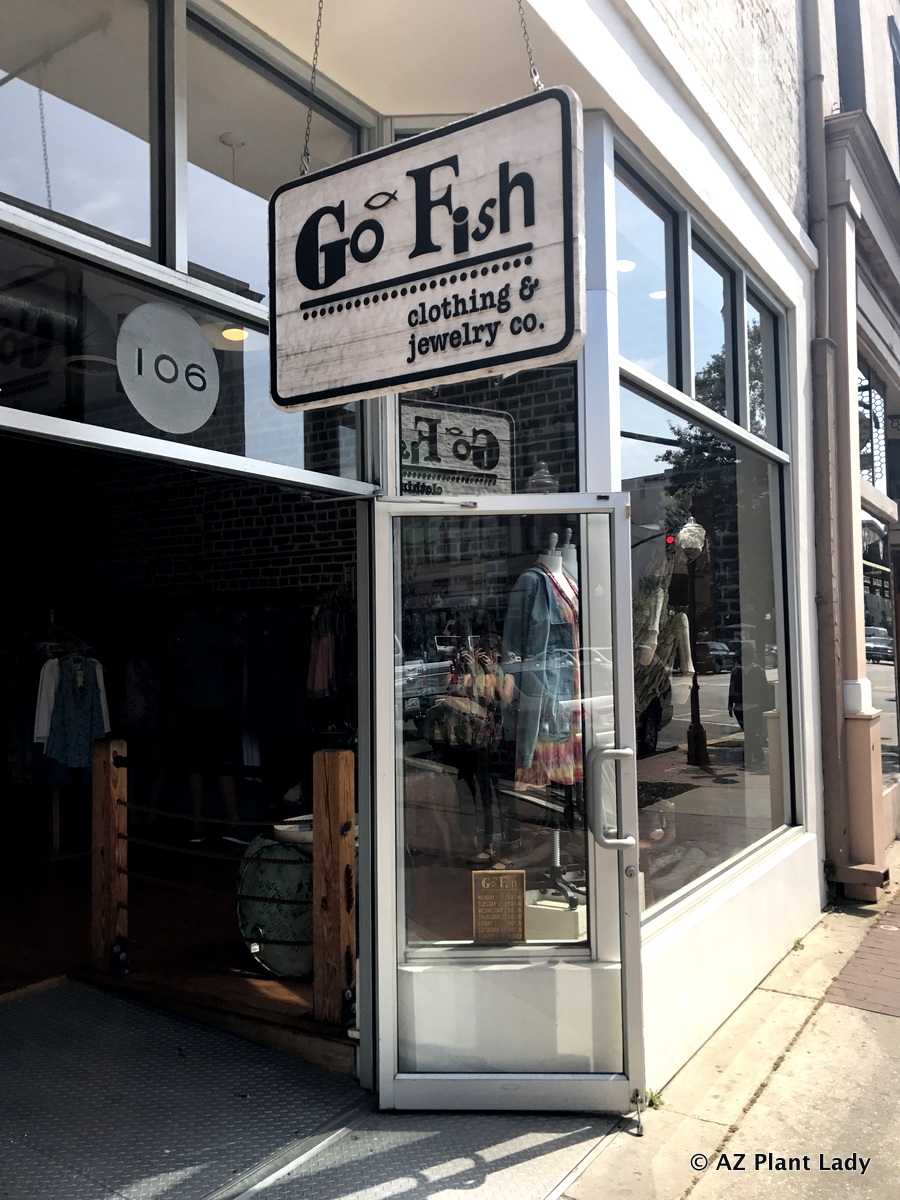
The colorful clothing displayed in the window of this downtown boutique had me making a detour from my route. I didn’t plan on buying any clothes on this trip – but I did that too! A new dress doesn’t take up much room in a suitcase, right?
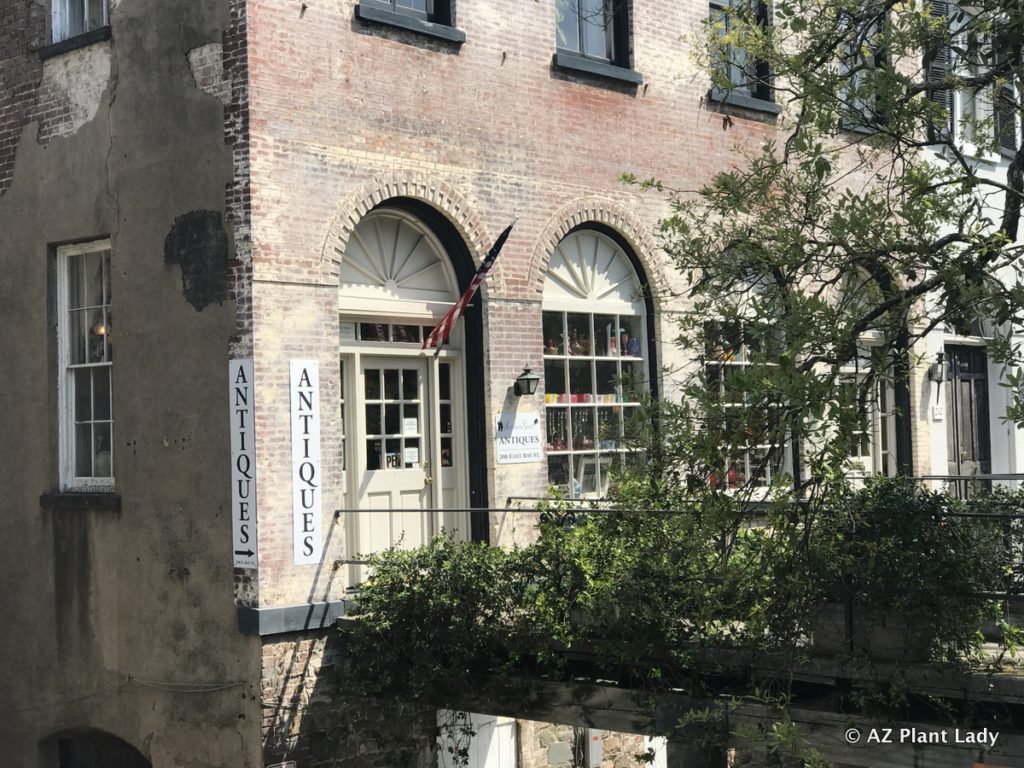
After giving into the temptation of delicious, high-calorie food as well as buying clothes, for the rest of my walking tour, I avoided going into any more stores.

All too soon, it was time to wrap up my morning walk and get ready for my first meeting.
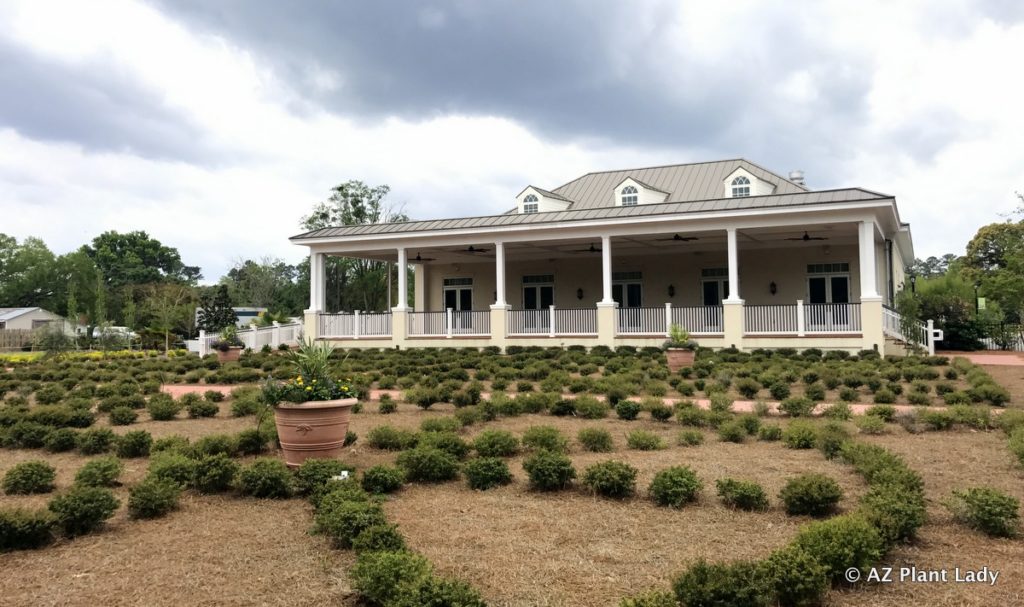
Shortly after our meeting at the hotel, we all headed out for a personal tour of the Coastal Georgia Botanic Gardens. This garden is known for the bamboo planted around it, which was planted by the original owner of the land.
*Note the gathering storm clouds – they will play a part in our adventures later in the day.
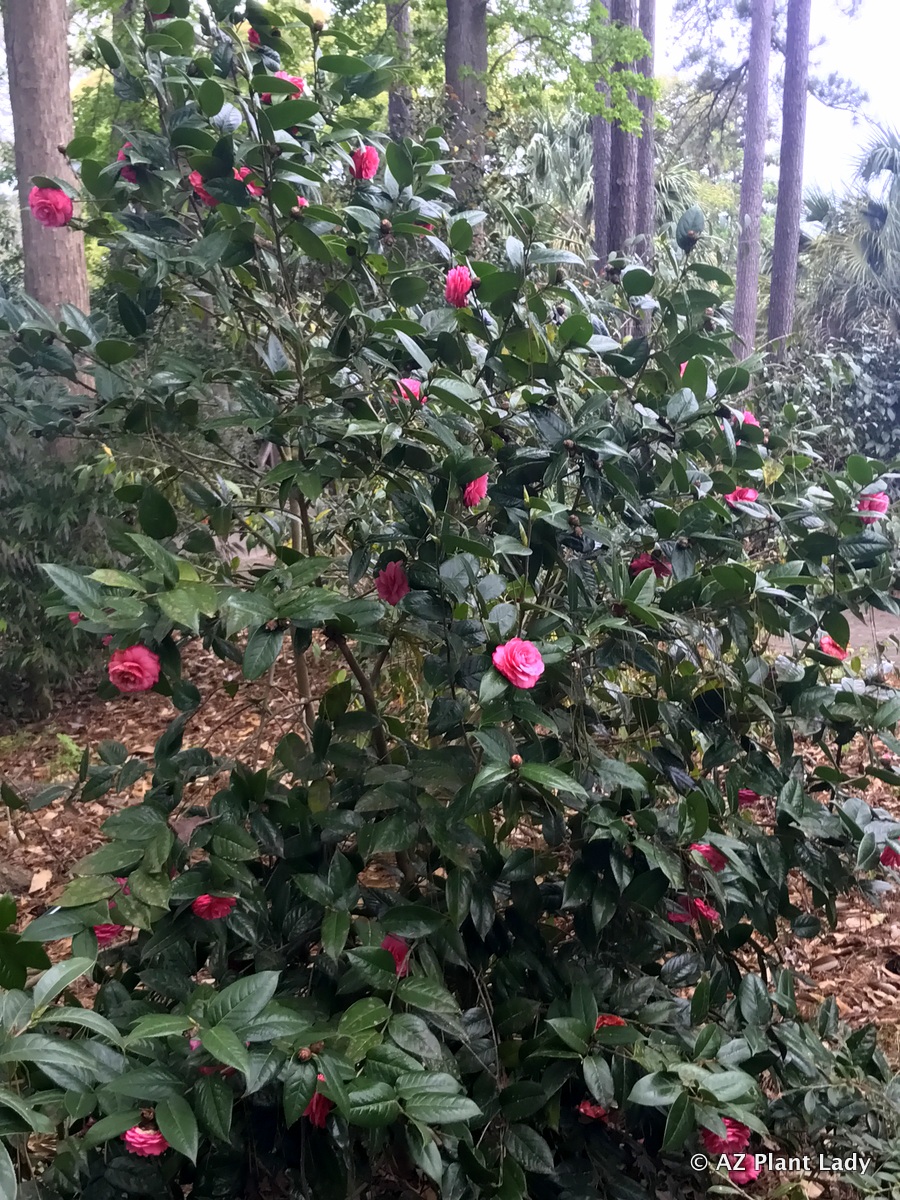
Our tour was led by the director of the gardens and we visited several sections. Perhaps the most famous section is one filled with many different species of camelliasmany of which, are relatively rare. I don’t grow camellias as they are somewhat hard to grow in Arizona and I stay away from plants that are hard to grow, but that doesn’t mean that I can’t enjoy them in other areas.
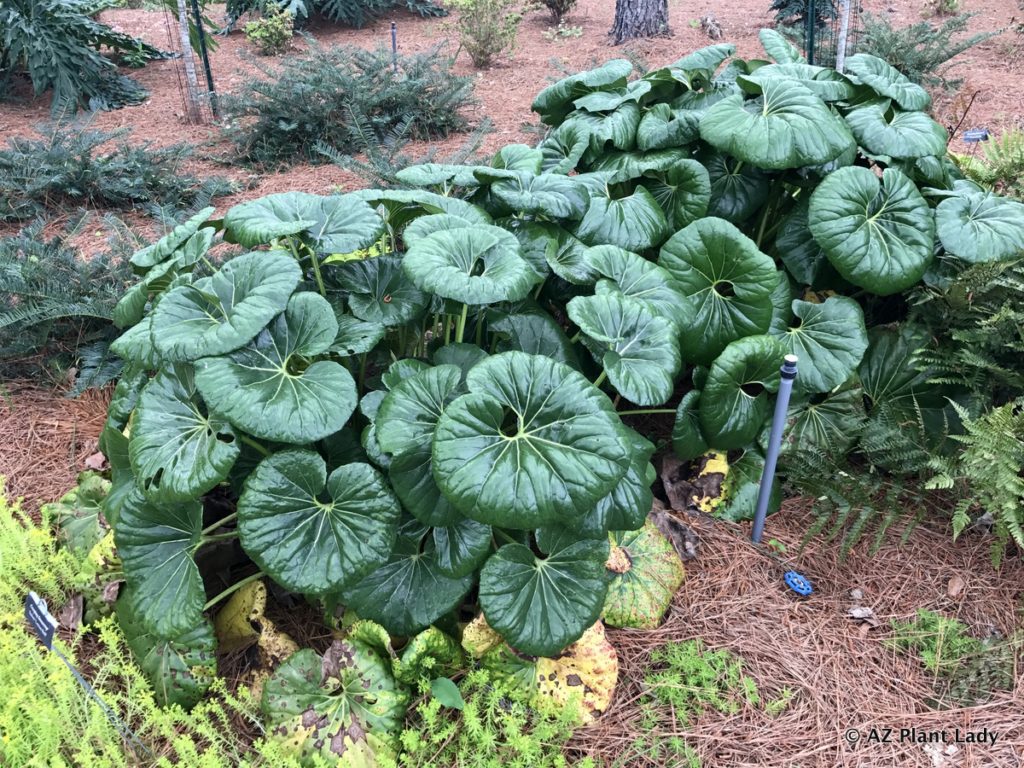
Savannah and Phoenix have similar minimum winter temperatures, which means that we can grow many of the same plants such as citrus, lantana, salvia, etc. However, this is a plant that doesn’t grow here, but I liked it just the same. This is called ‘tractor seat’ plant (Farfugium japonicum ‘Gigantea’). I don’t think I’ll ever forget the name of this one as its leaves do resemble the seat of a tractor.
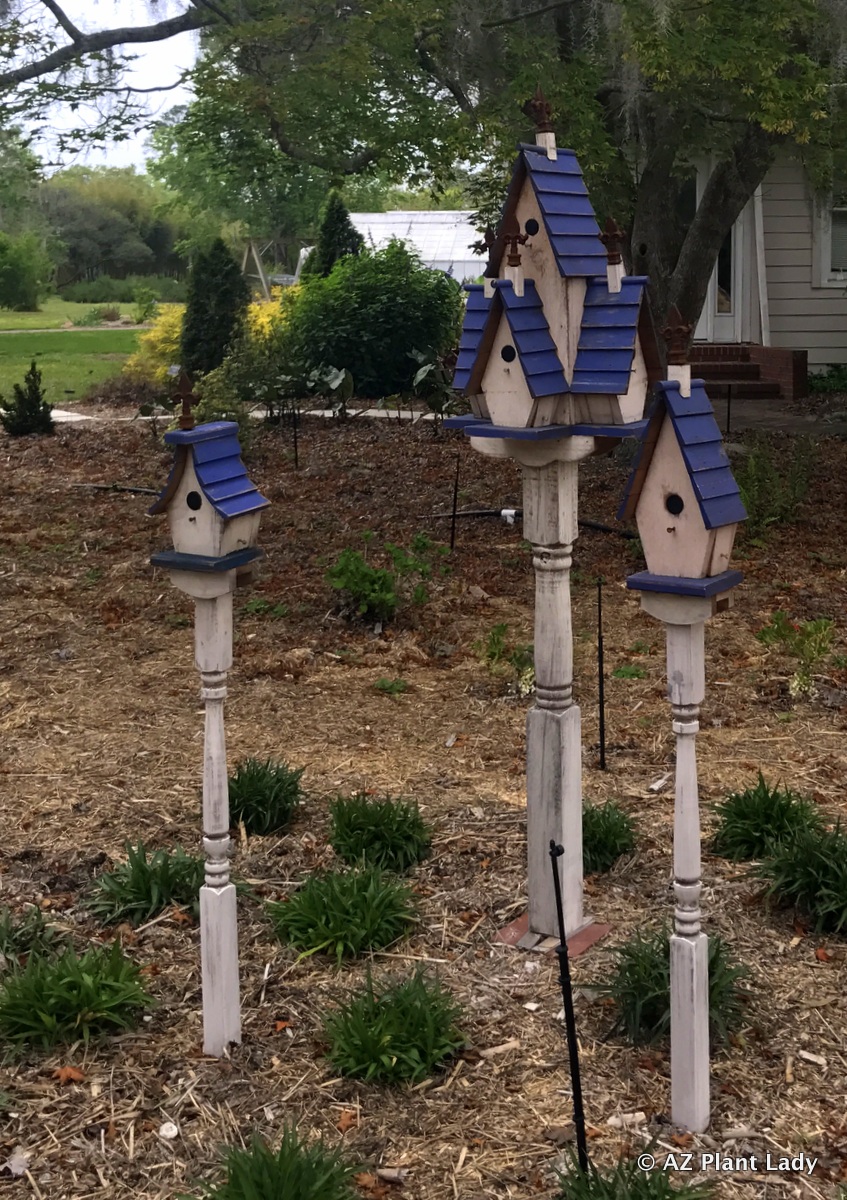
Last fall, on a visit to Atlanta, I noted that many gardens had bird houses mounted on poles. This garden had them too, and I like how it looks. How about you?
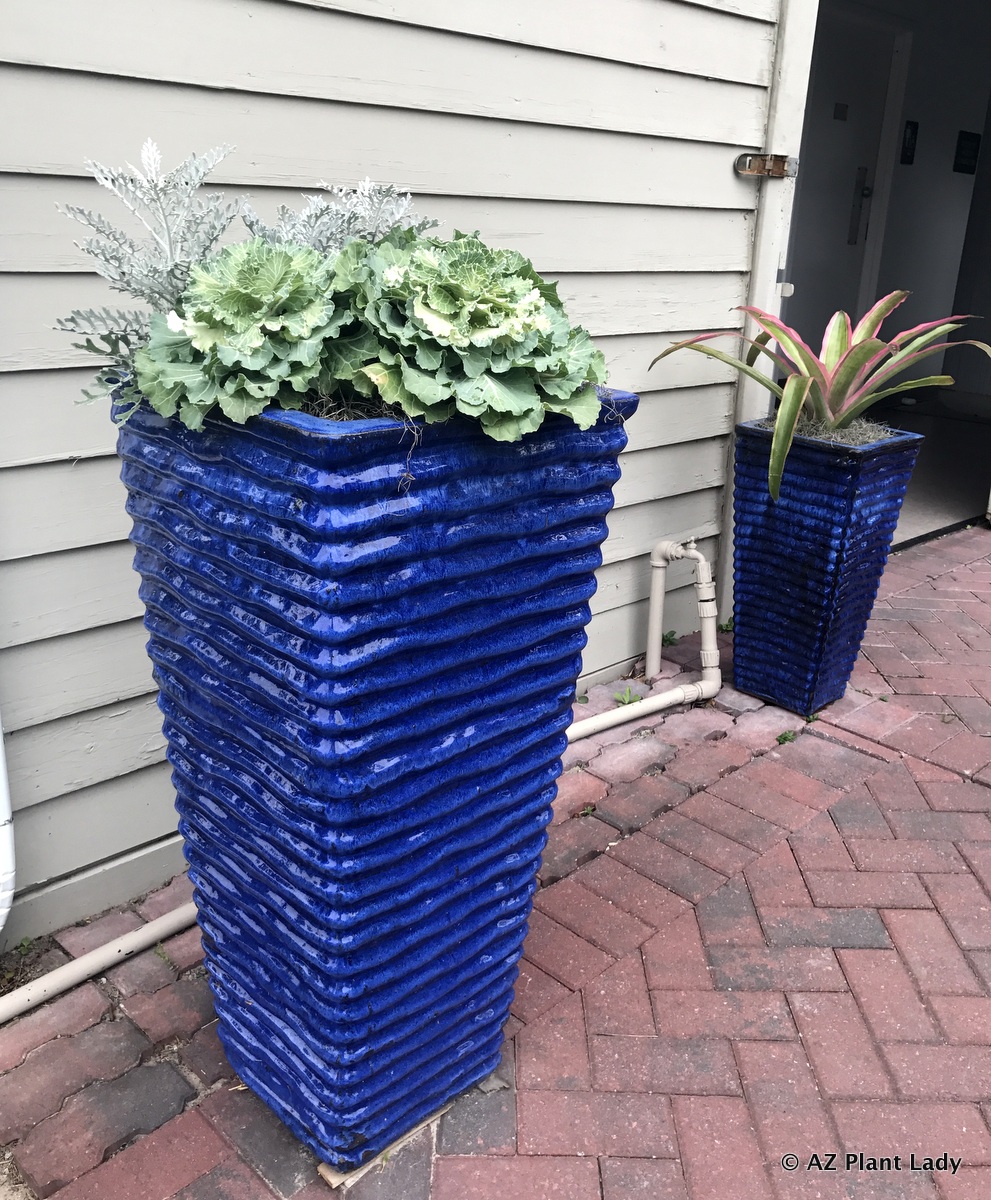
Containers in my favorite shade of blue decorated the garden, filled with an assortment of plants noted for their foliage. Colorful containers are one of my favorite ways to add color to shady areas where flowering plants won’t grow.
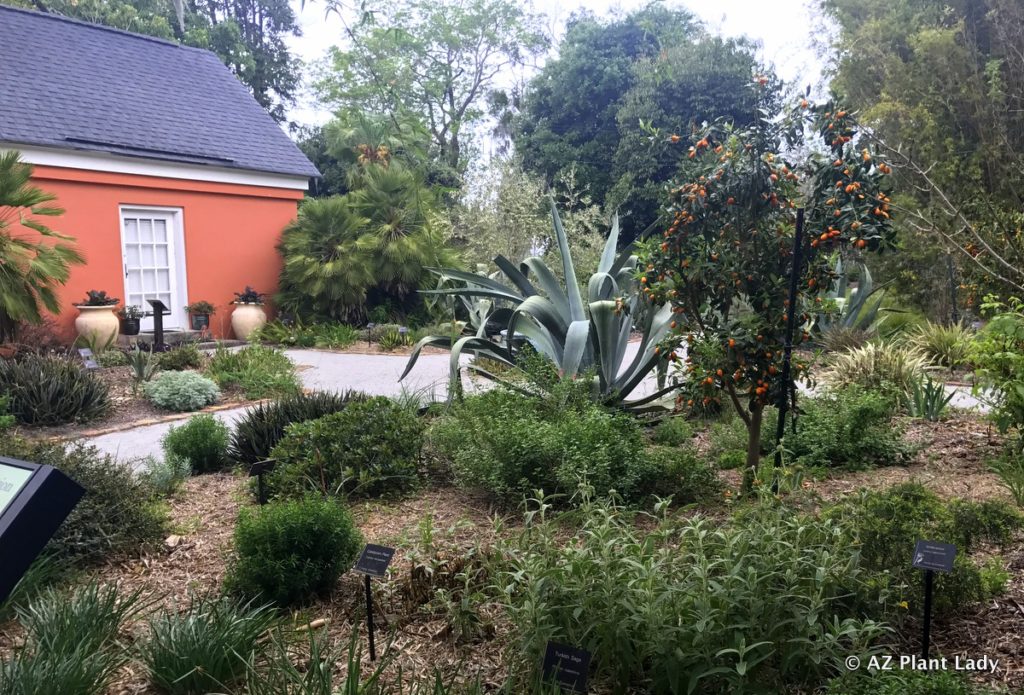
They had a xeriscape garden filled with familiar plants such as agave, bulbine, and salvias. In a more humid climate, the leaves of these plants were larger than those that grow in drier regions of the country, like the Southwest.
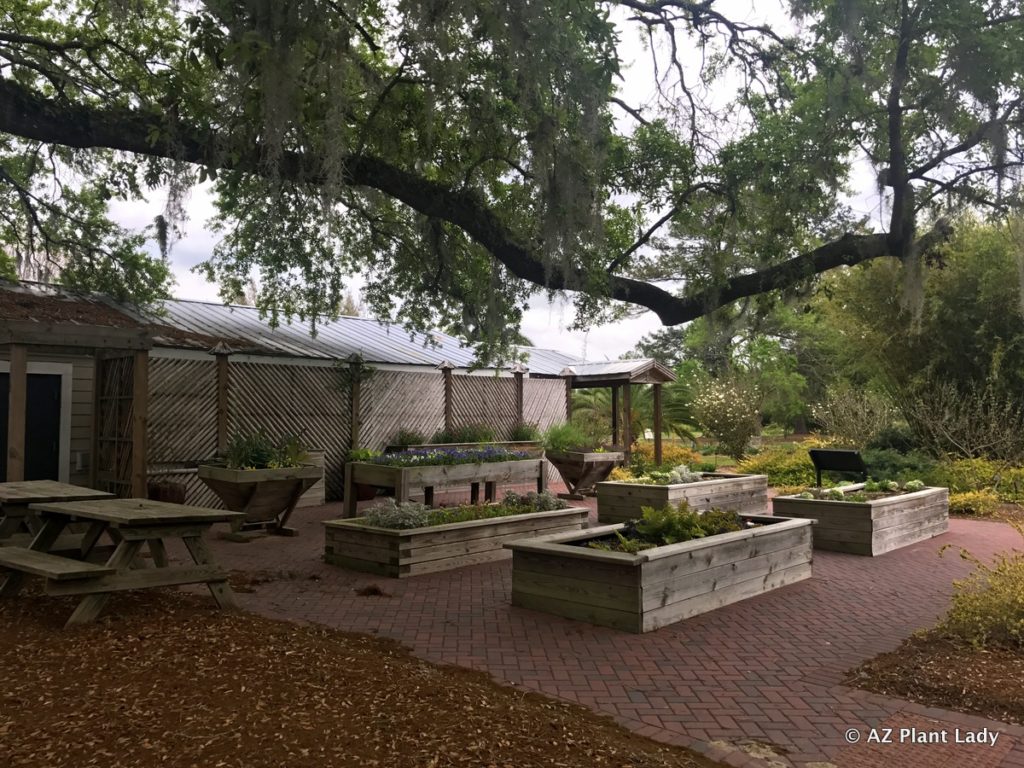
A garden filled with raised beds was created especially for those with disabilities. I found it quite beautiful with beds filled with flowers and vegetables.
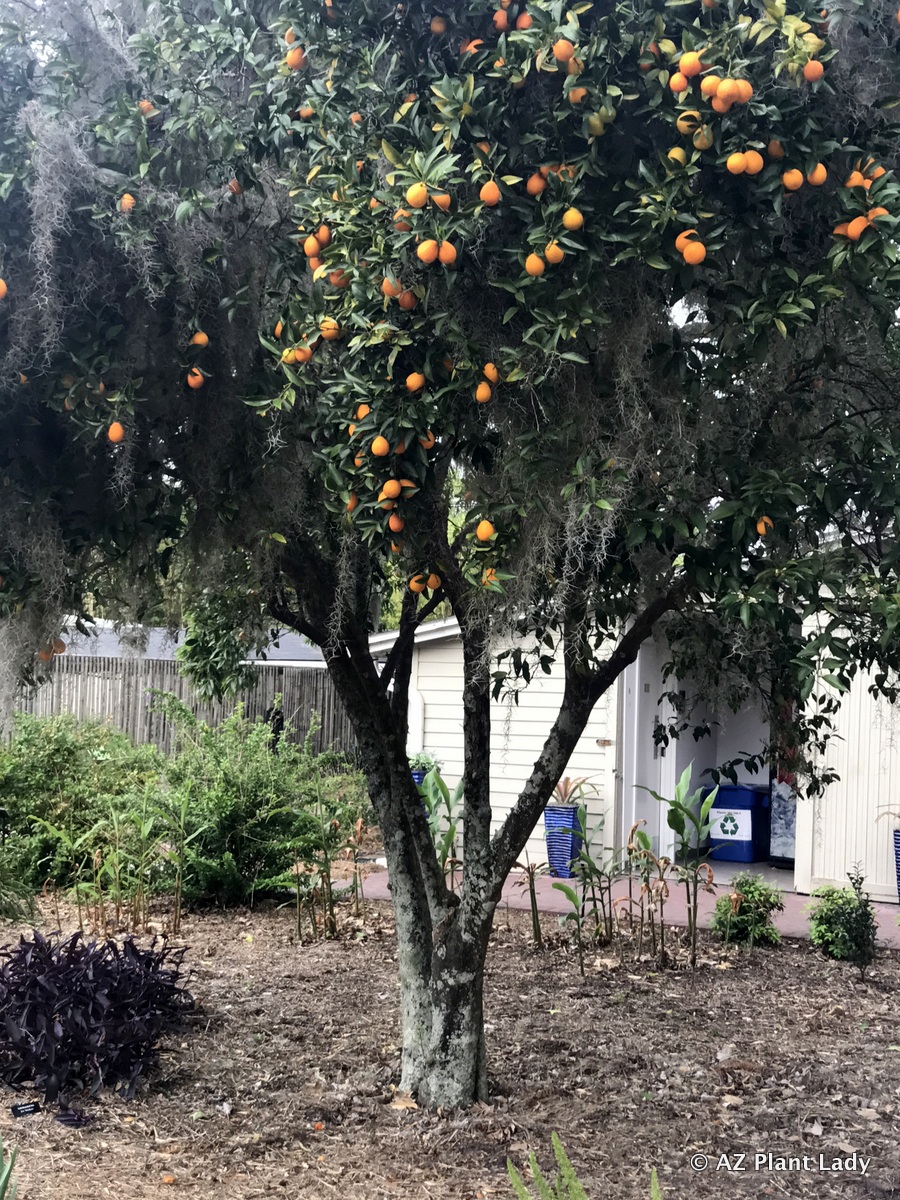
This citrus tree certainly looks a bit different from those grown in drier regions. Note the lichen growing on the trunk and the Spanish moss hanging from the branches.
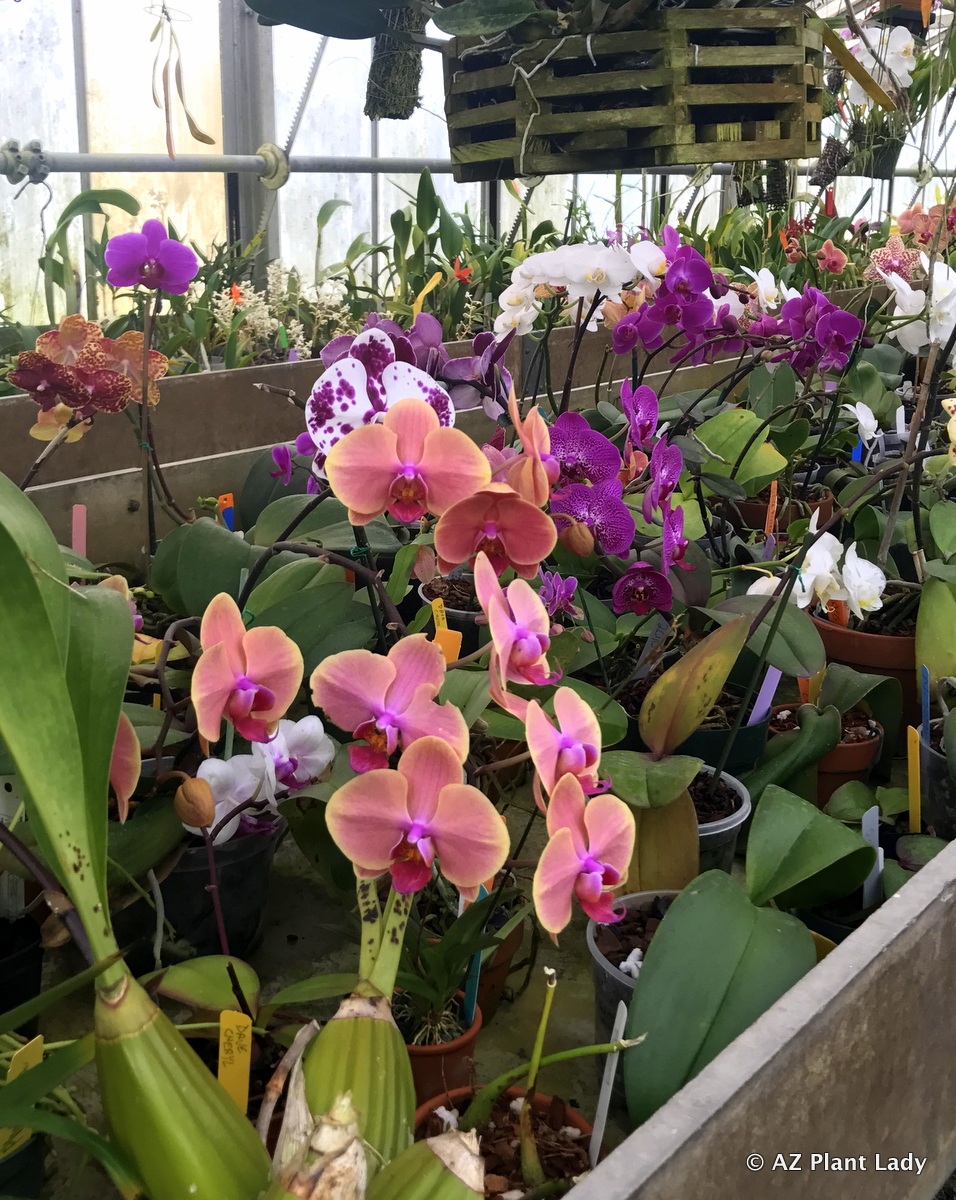
The orchid house is filled with colorful varieties that had many of us taking close-up photographs. Have you ever grown an orchid indoors? I’ve grown two and got them to flower, but then got lazy and didn’t take care of them, which leads me to confess that I am not very good at raising houseplants.
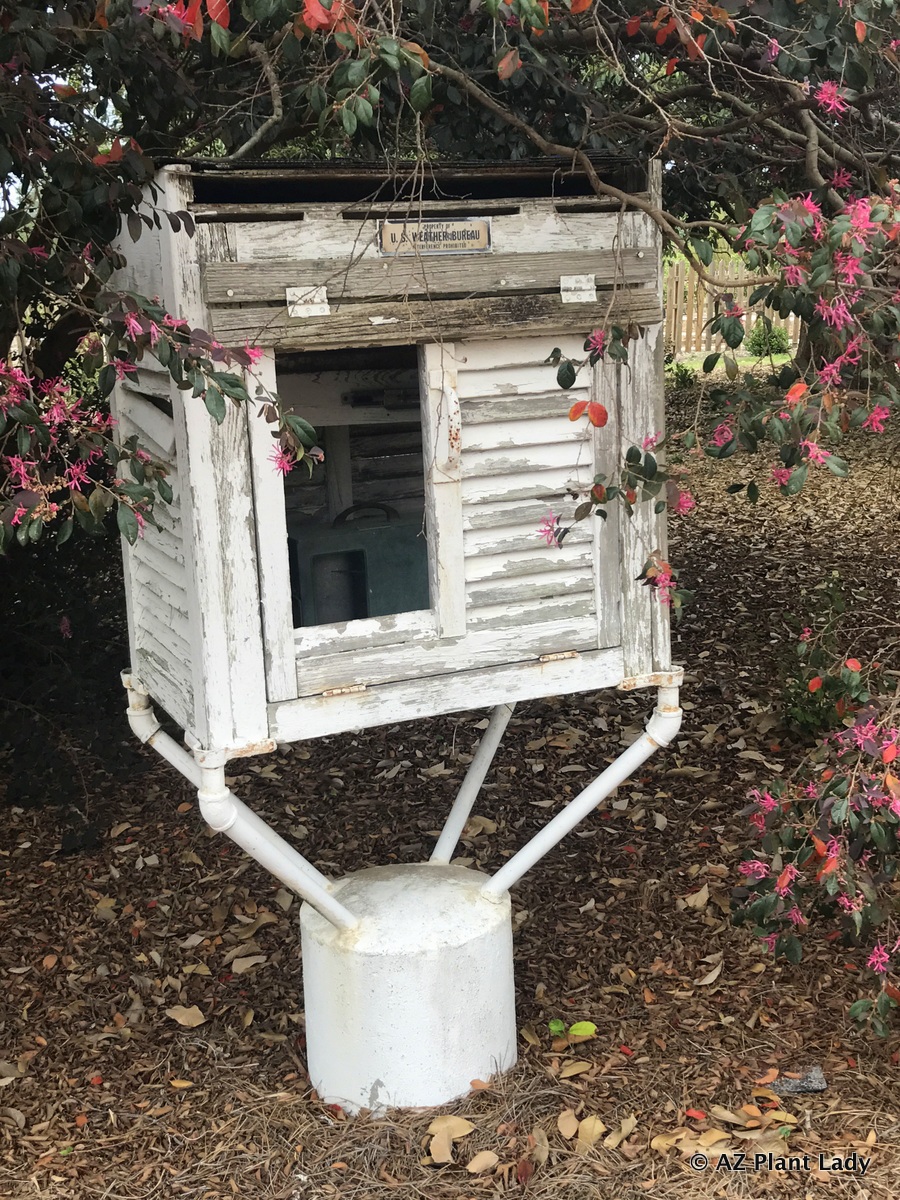
As we got ready to leave, storm clouds were gathering on the horizon, and the wind was picking up. Although the garden had a new weather station, they kept this old one, sheltered underneath a colorful loropetalum.
Severe thunderstorms were in the forecast for most of Georgia, including Savannah. Back at the hotel as I was getting ready for dinner, I turned on the local news where the entire broadcast was dedicated to the tornado warnings for Atlanta AND Savannah! In fact, they had their camera focused on the clouds with my hotel directly underneath. But, did that keep us from going out to dinner?
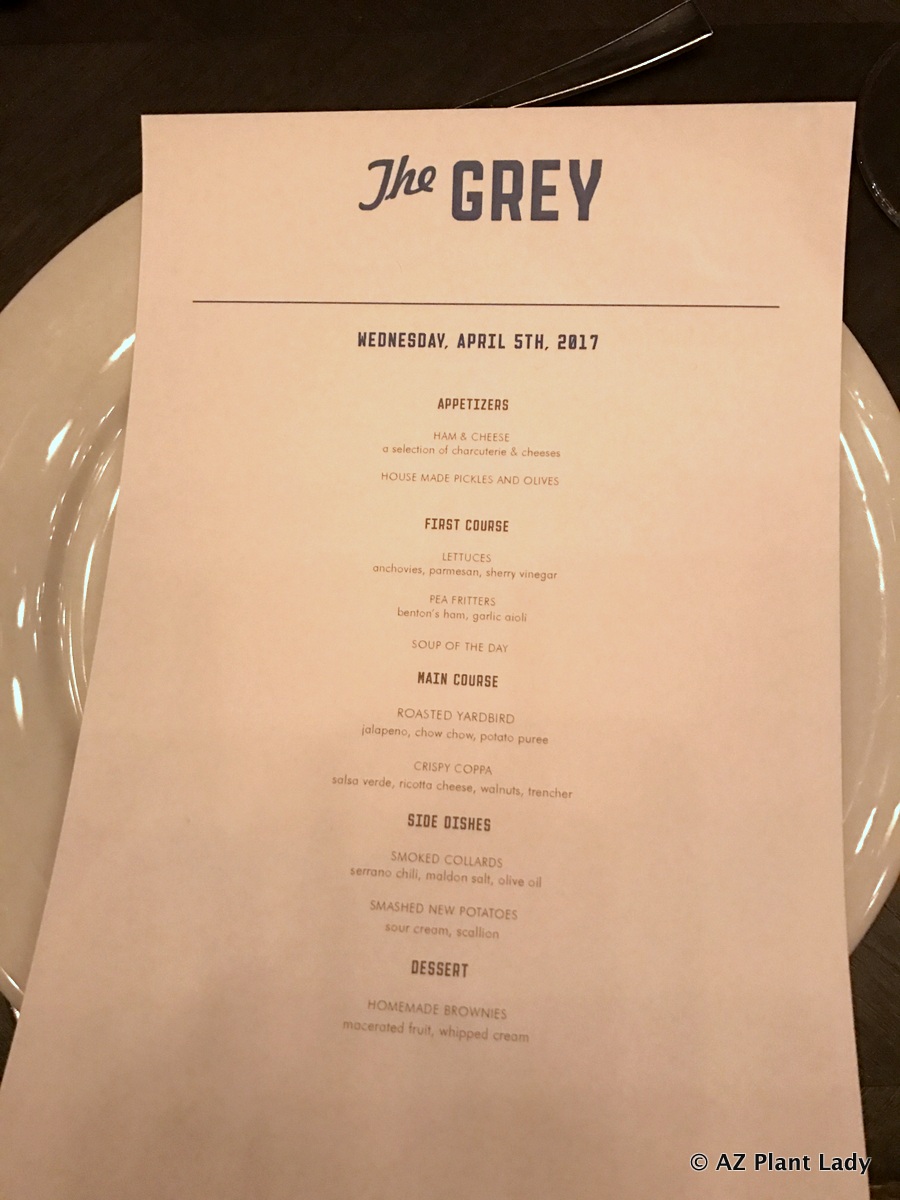
Nope. The weather held off until we entered the restaurant and thankfully, no tornadoes.
We did enjoy fabulous food, and I decided that an important part of traveling is enjoying the cuisine of where you are visiting. By the way, I learned that ‘yardbird’ means chicken and that brownies covered in strawberries and whipped cream are heavenly!
In invite you to join me for ‘Part 2’ where we gather together to work on the children’s garden at the Savannah Botanical Gardens.
*Have you ever visited Savannah? What was your favorite thing to visit and eat?
Behind the Scenes at Botanical Interests Seed Company


